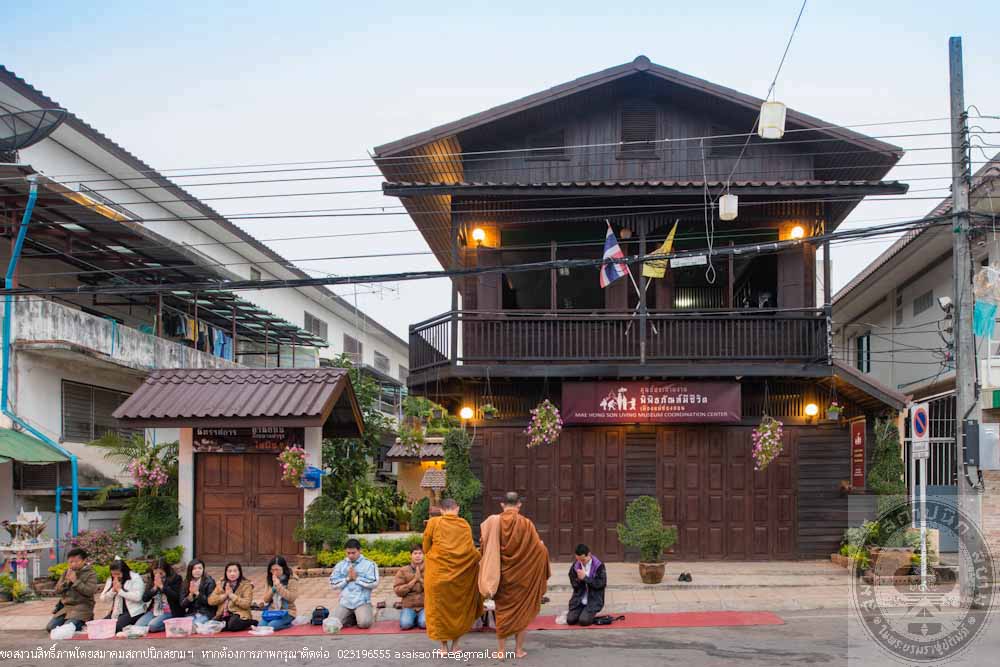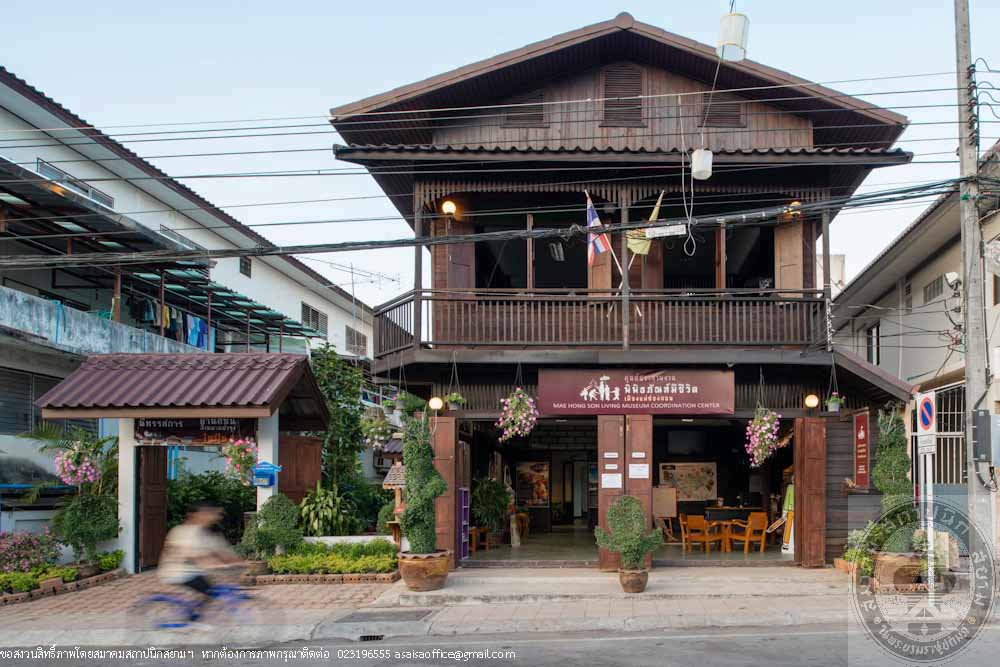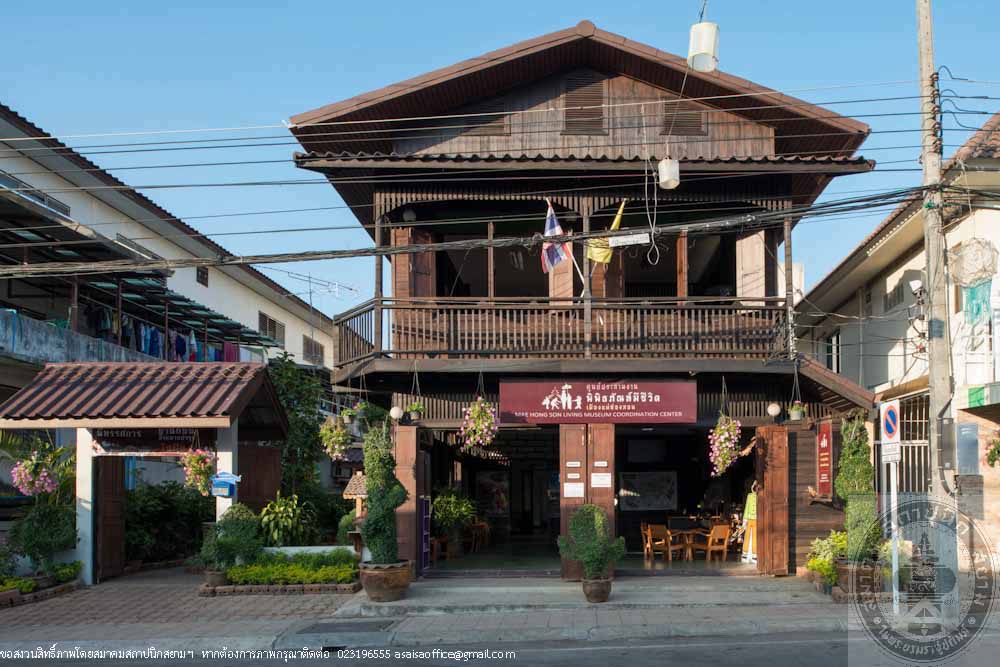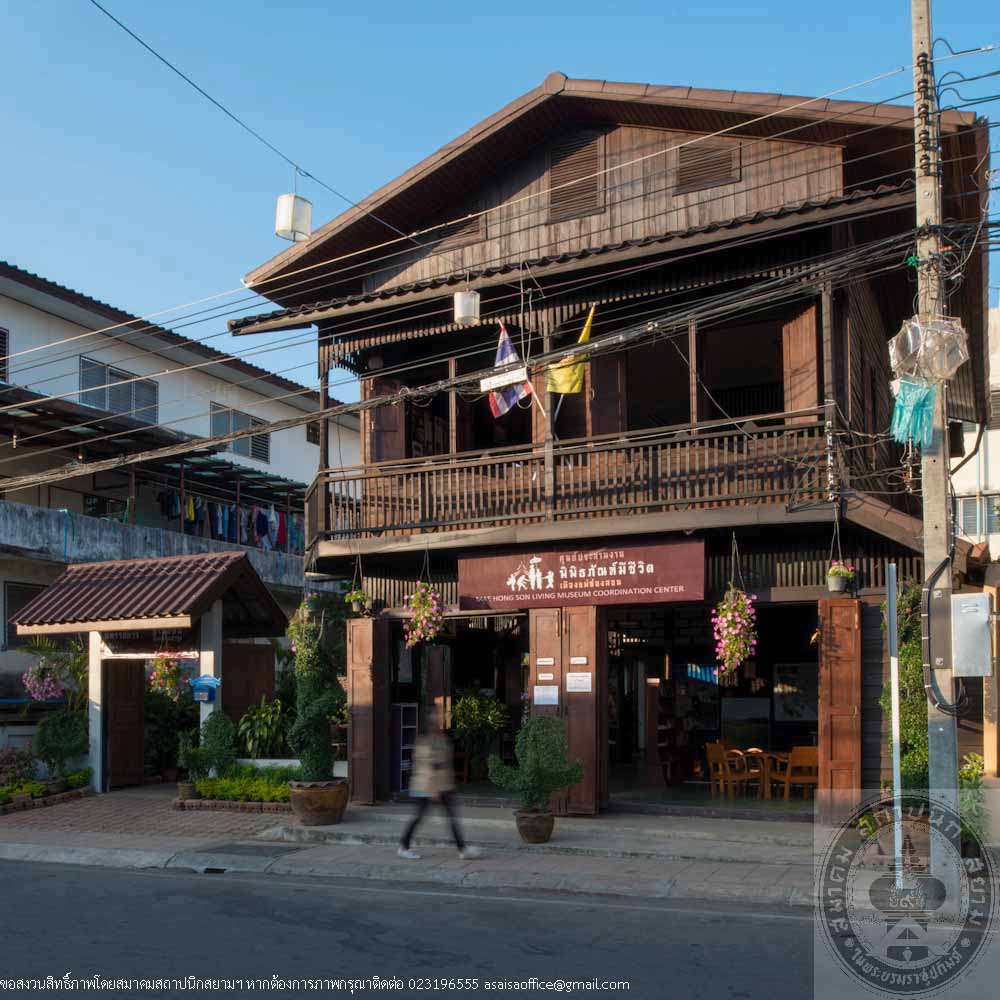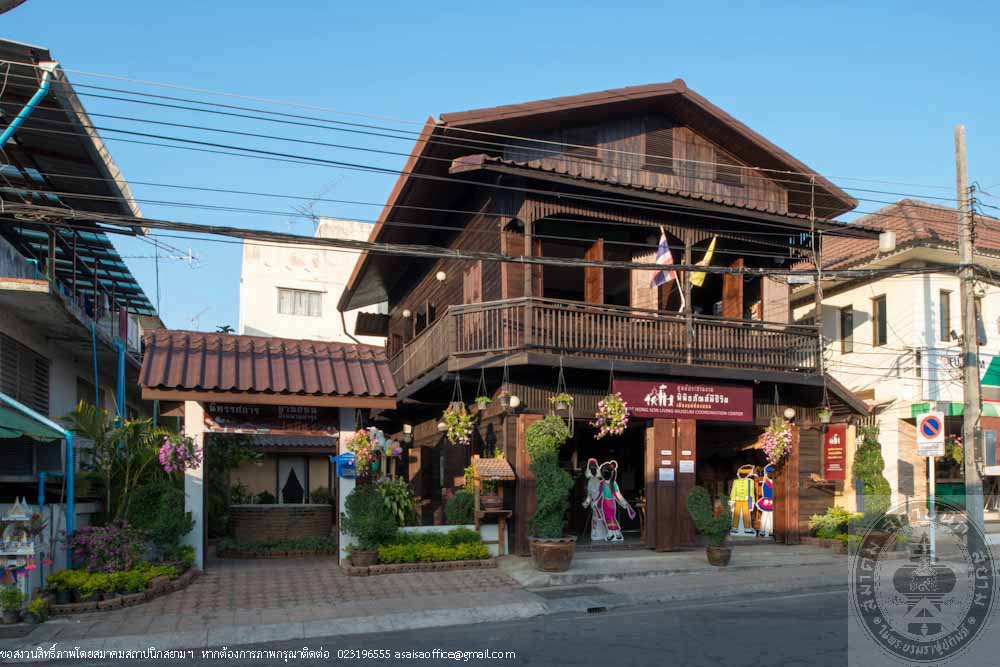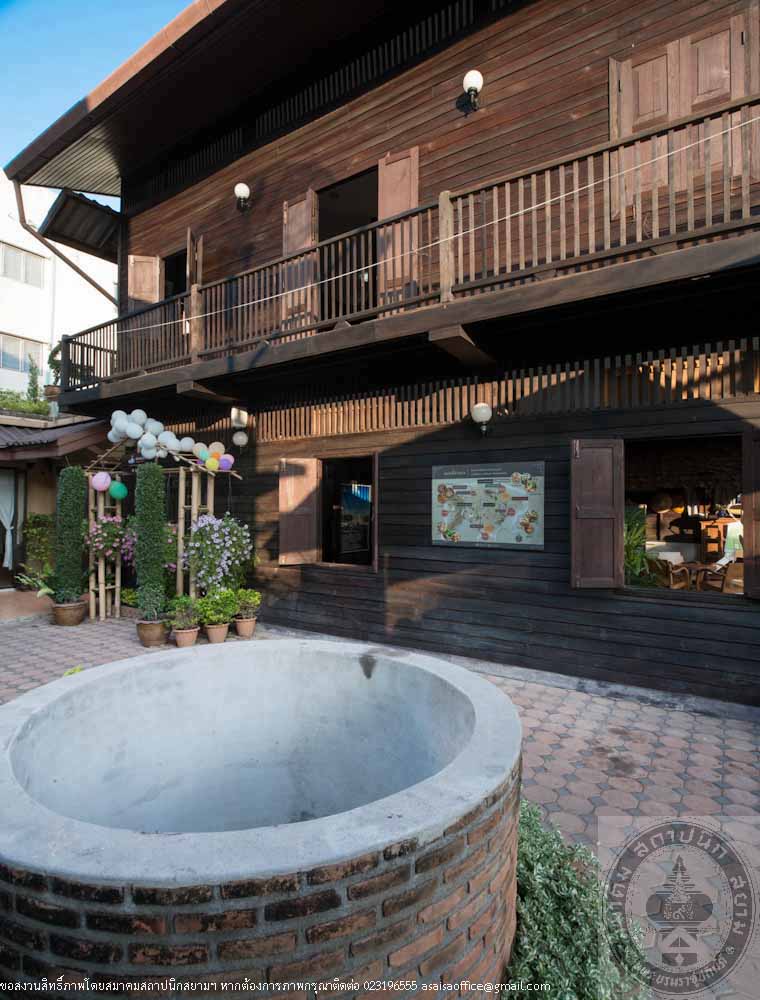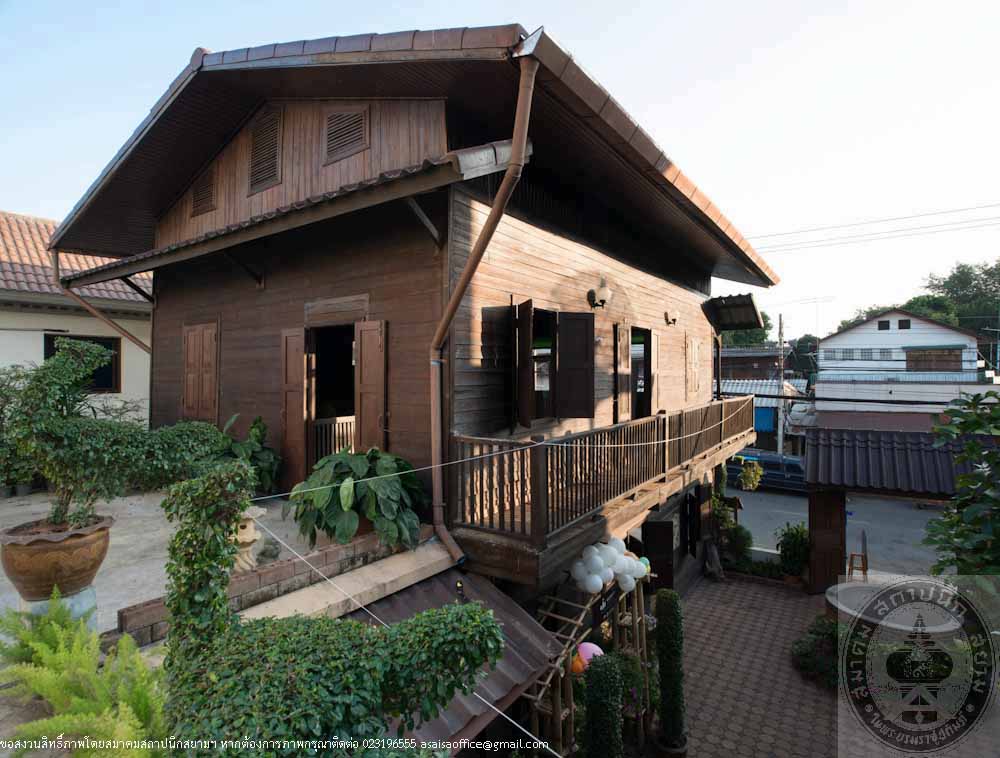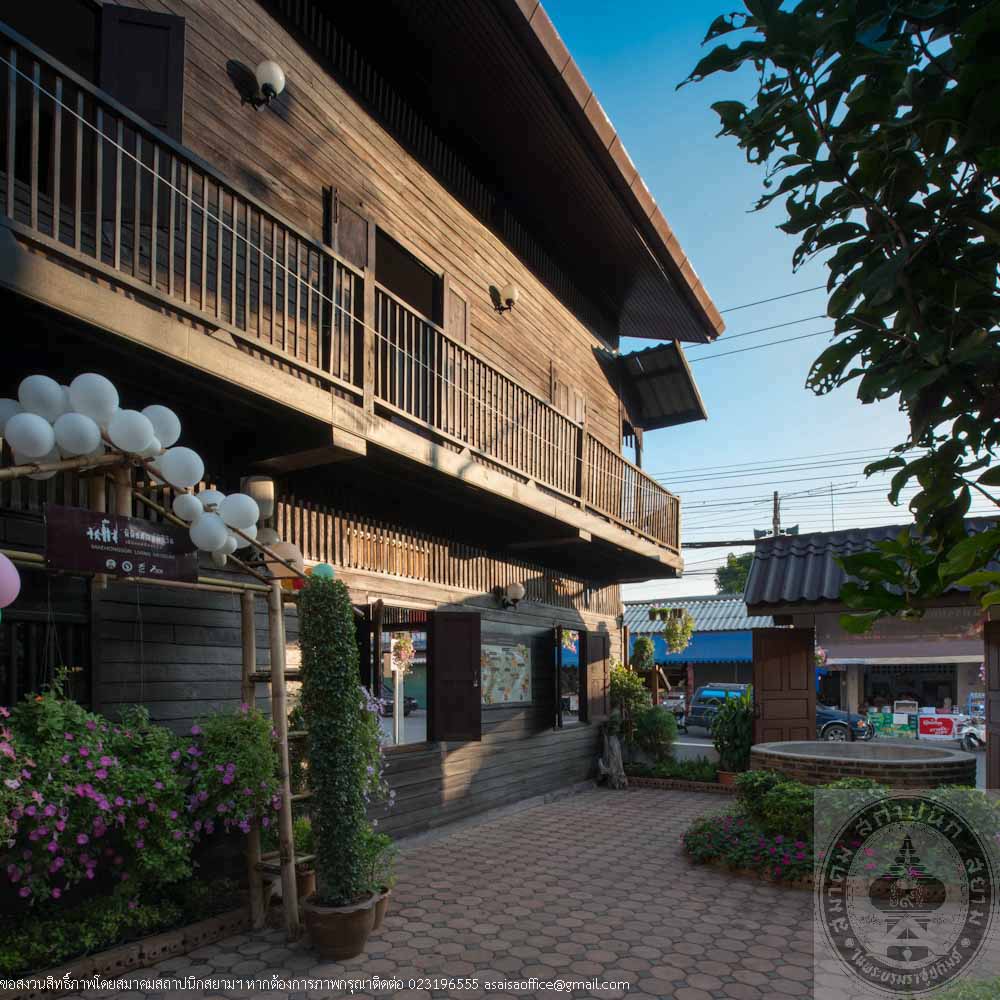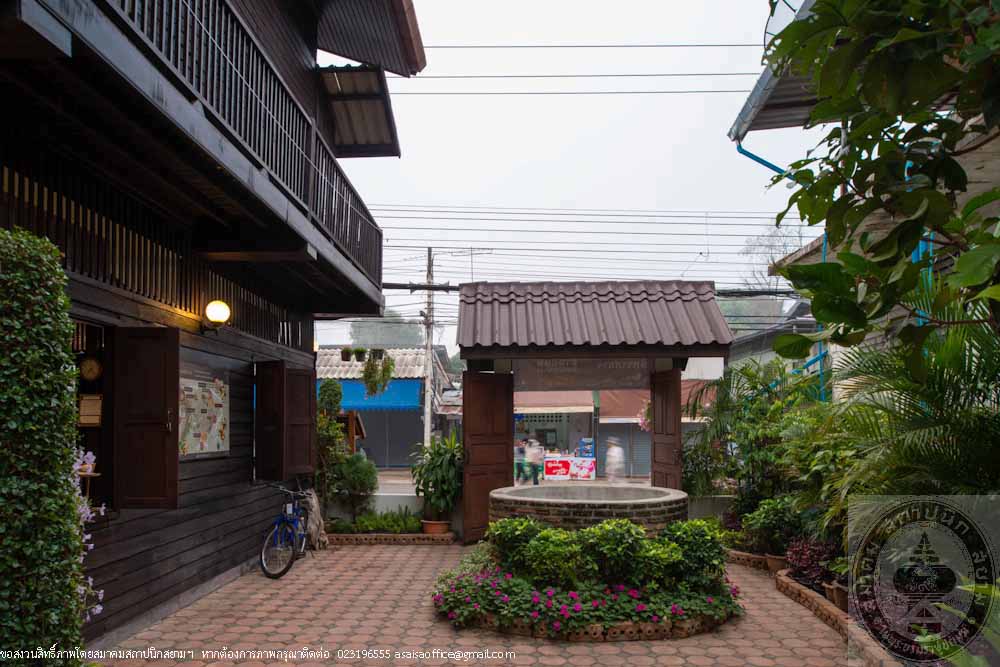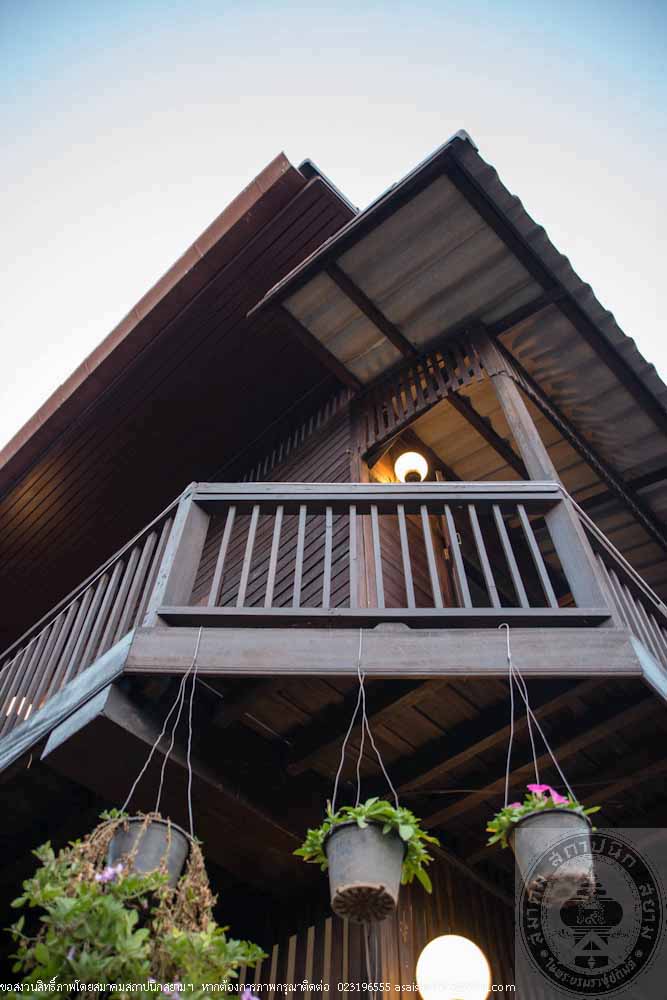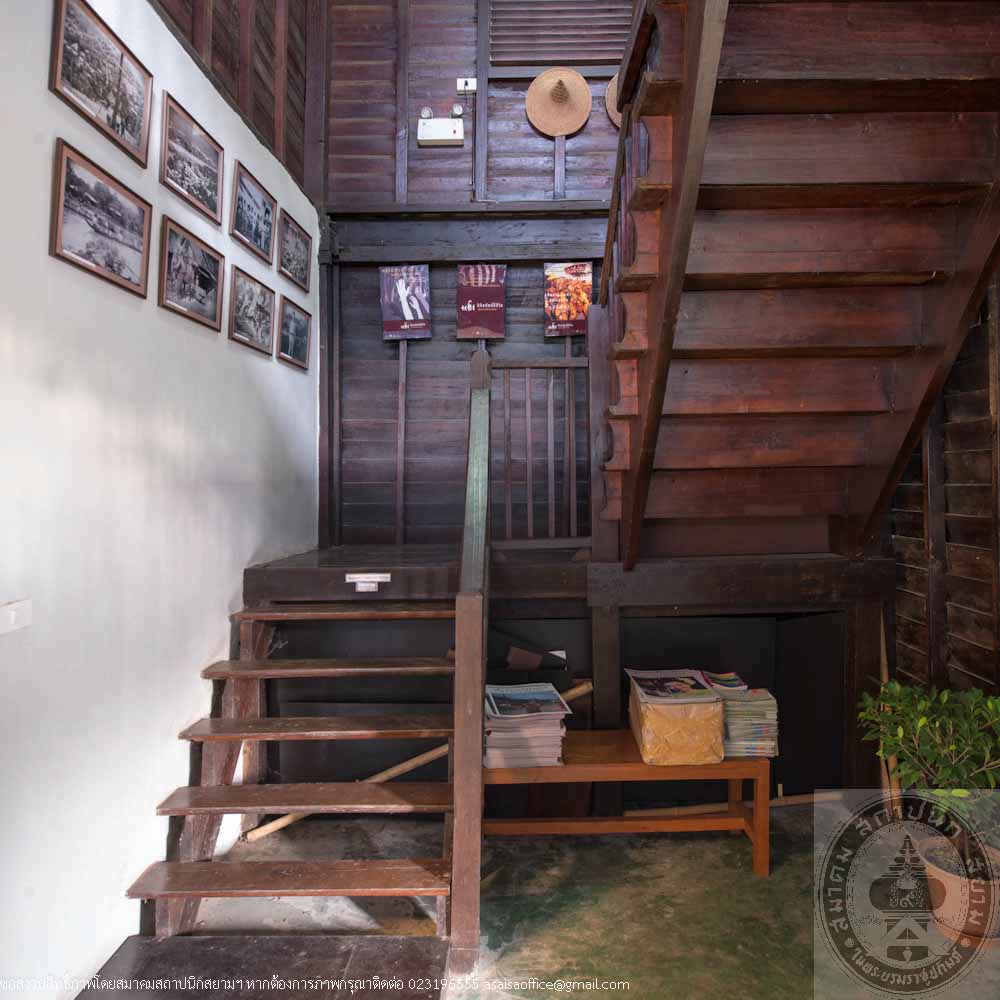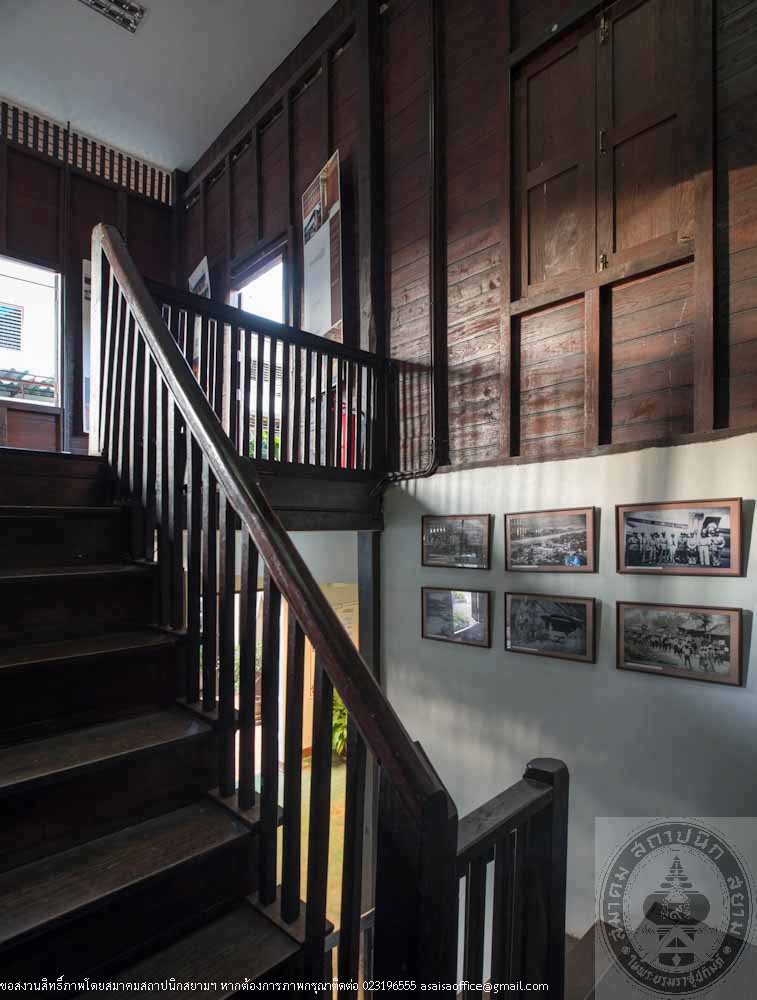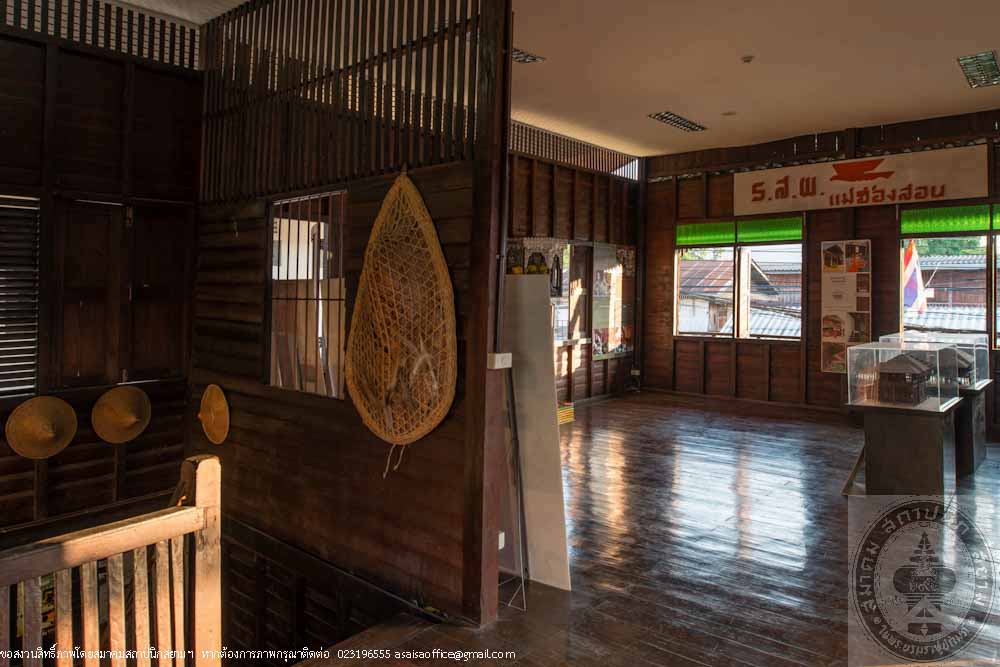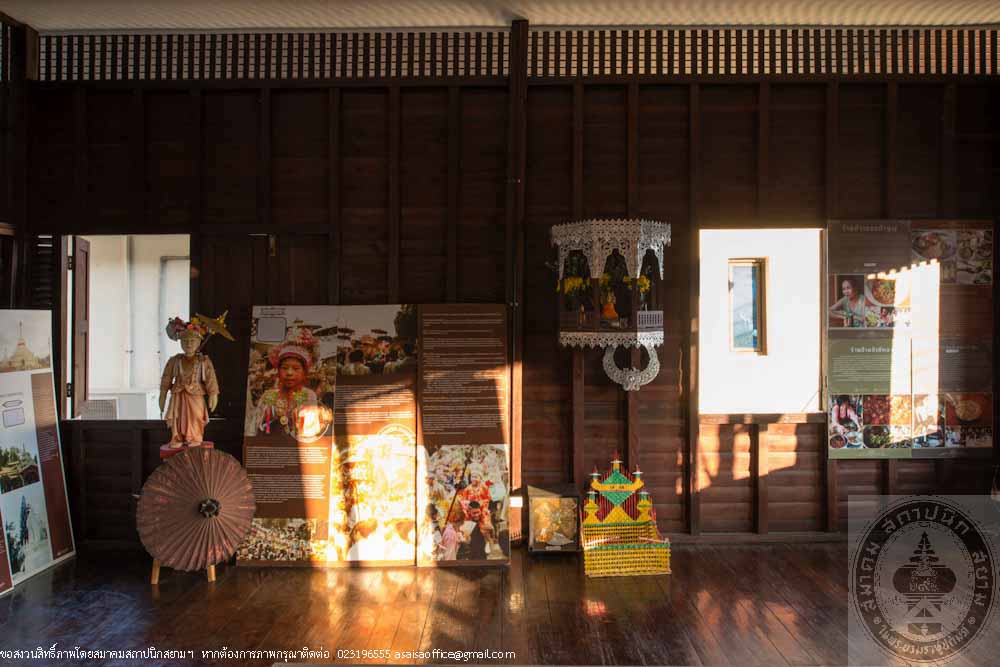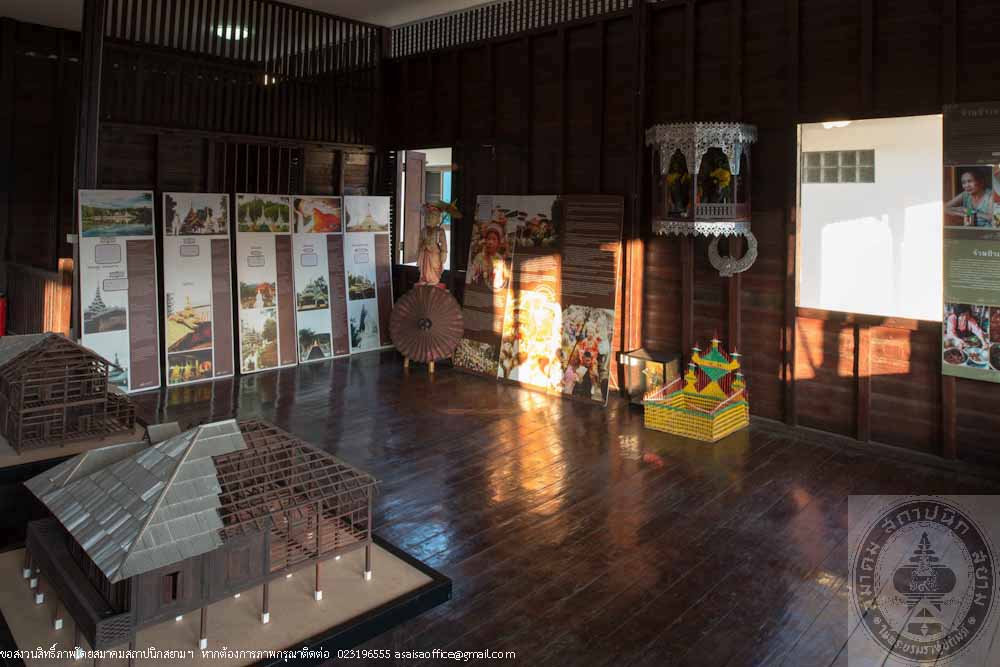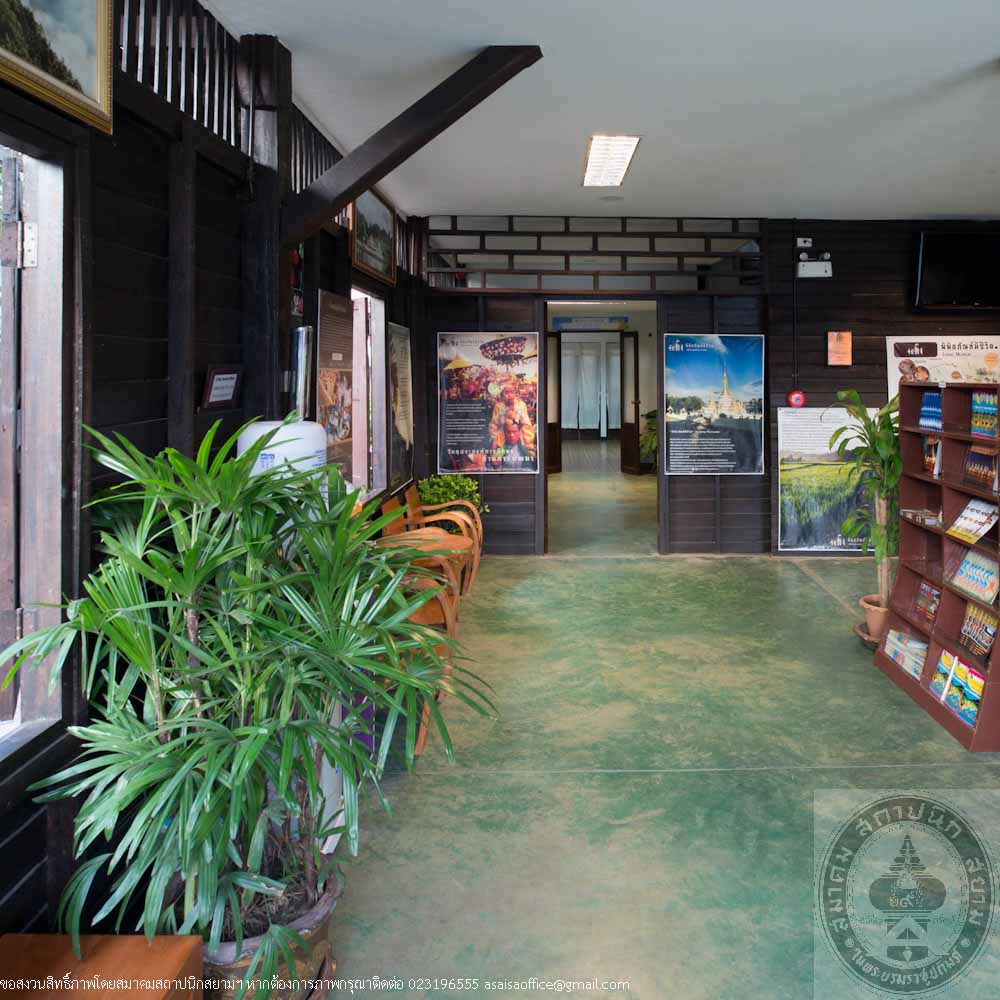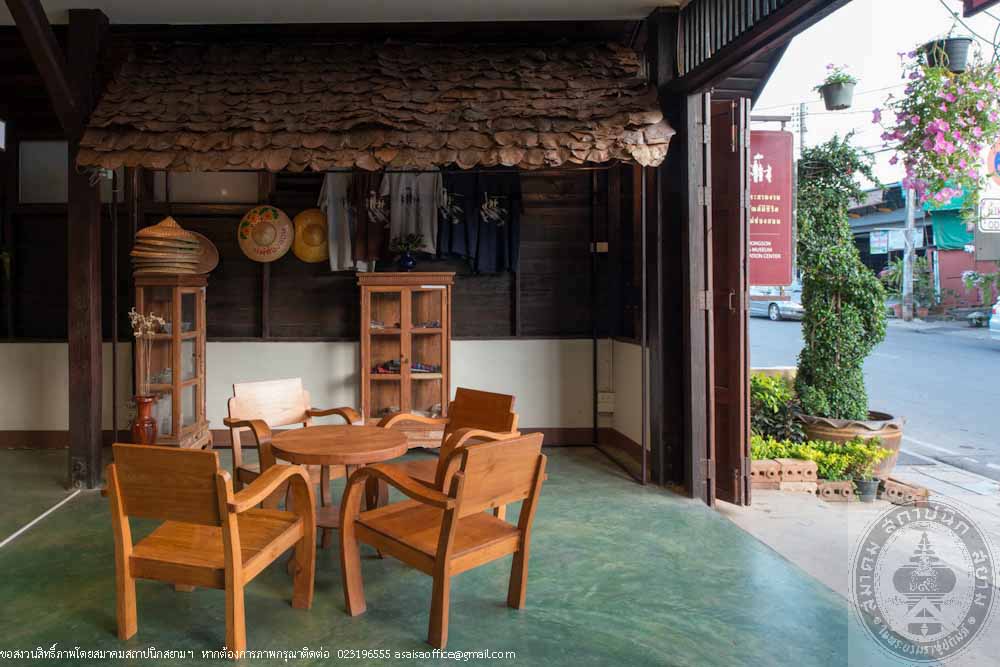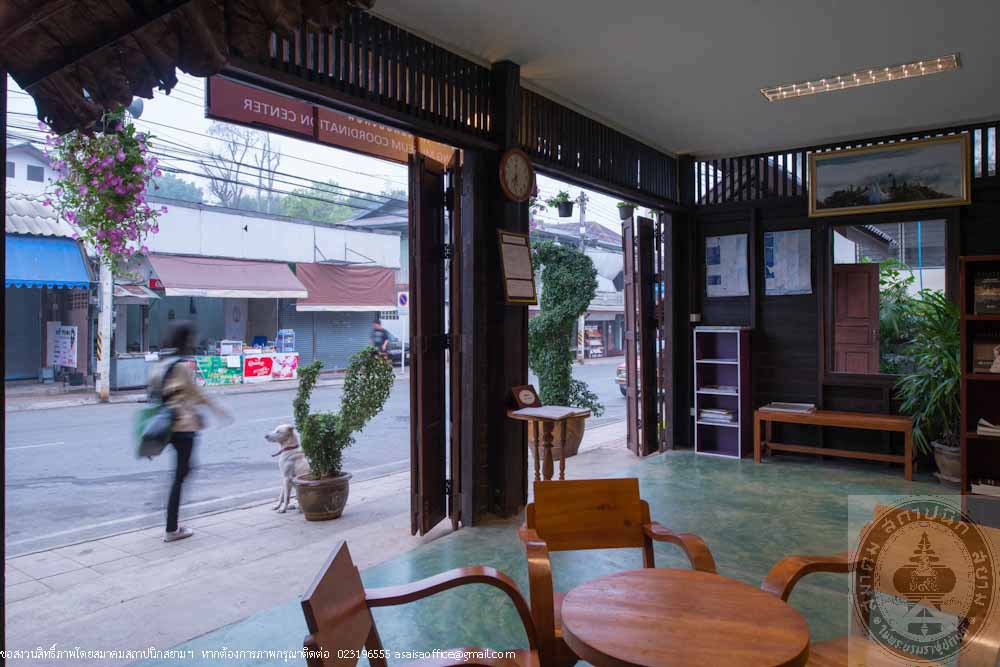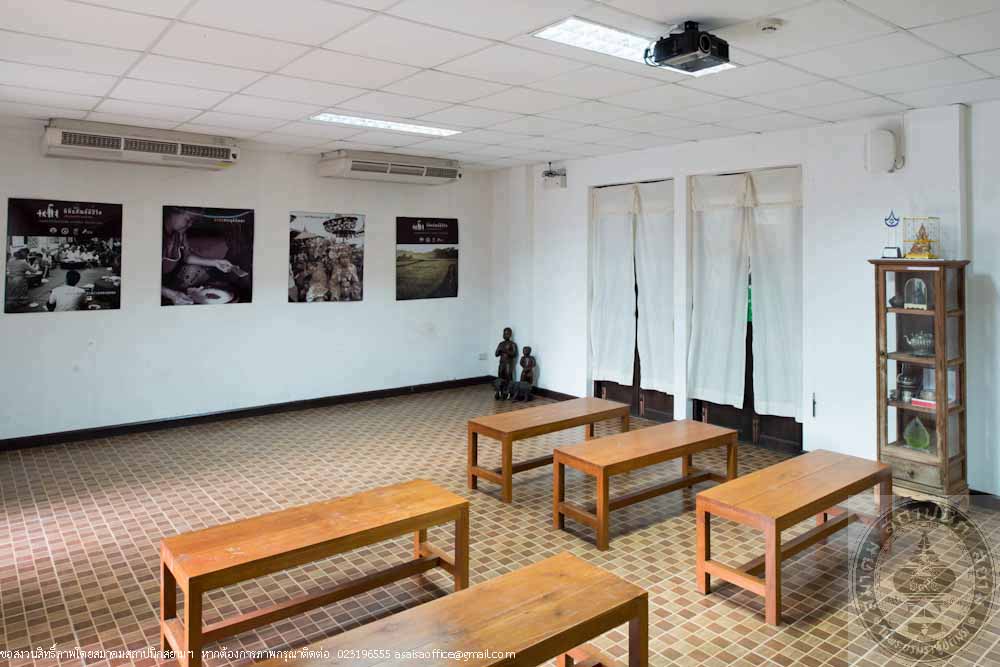อาคาร 9 โรงเรียนบุรีรัมย์พิทยาคม
อ่านเพิ่มเติม
อาคาร 9 โรงเรียนบุรีรัมย์พิทยาคม
- ที่ตั้ง เลขที่ 15 ถนนนิวาศ ตำบลในเมือง อำเภอเมือง จังหวัดบุรีรัมย์
- สถาปนิก/ผู้ออกแบบ –
- ผู้ครอบครอง โรงเรียนบุรีรัมย์พิทยาคม
- ปีที่สร้าง พ.ศ. 2483
ประวัติ
โรงเรียนบุรีรัมย์พิทยาคม เดิมชื่อ “โรงเรียนประจำจังหวัดบุรีรัมย์” จัดตั้งเป็นโรงเรียนรัฐบาล สังกัดกระทรวงศึกษาธิการ เมื่อวันที่ 1 พฤษภาคม พ.ศ. 2447 เปิดสอนถึงชั้นประถมศึกษาปีที่ 4 ตั้งอยู่บริเวณวัดกลาง อำเภอเมืองจังหวัดบุรีรัมย์ ต่อมาทางราชการแผนกมหาดไทยได้ยกศาลากลางจังหวัด (หลังเก่า) ซึ่งตั้งอยู่ทางทิศตะวันออกของวัดกลางเป็นโรงเรียนประจำจังหวัด เมื่อวันที่ 11 กรกฎาคม 2456 ภายหลังโรงเรียนได้รับพิจารณาให้ย้ายสถานที่ใหม่มาตั้งบริเวณสวนหม่อน (ปัจจุบันเป็นโรงเรียนเทศบาล 2) และได้เลิกระบบการเรียนในชั้นประถมศึกษา และได้เปิดสอนชั้นมัธยมศึกษาตอนต้นแทน เมื่อวันที่ 17 พฤษภาคม พ.ศ. 2460 ต่อมาในปี พ.ศ. 2477 ได้เปิดสอนถึงชั้นมัธยมศึกษาตอนปลาย และทางราชการได้จัดตั้งเป็นโรงเรียนสตรีประจำจังหวัดบุรีรัมย์ “ศรีบุรีรัมย์” ในปี พ.ศ. 2481 จนถึงปี พ.ศ. 2483 กระทรวงศึกษาธิการได้อนุมัติงบประมาณ 20,000 บาท สร้างโรงเรียนขึ้นใหม่บริเวณพื้นที่ป่าด้านทิศใต้ของสถานีรถไฟจังหวัดบุรีรัมย์ โดยสร้างอาคารเรียนเป็นอาคารไม้ 2 ชั้น ตามแบบของกระทรวงศึกษาธิการ หลังจากสร้างอาคารเสร็จ ในวันที่ 24 มิถุนายน พ.ศ. 2485 โรงเรียนจึงได้ย้ายจากพื้นที่เดิม (ปัจจุบันเป็นโรงเรียนเทศบาล 2) มาอยู่ในพื้นที่โรงเรียนใหม่แห่งนี้ (สถานที่ตั้งโรงเรียนในปัจจุบัน) ต่อมาในปี พ.ศ. 2491 ได้เปลี่ยนชื่อโรงเรียนเป็น “โรงเรียนบุรีรัมย์วิทยาลัย” หลังจากนั้น ในปี พ.ศ. 2515 ได้เปลี่ยนเป็นโรงเรียนแบบสหศึกษาและเปลี่ยนชื่อเป็น “โรงเรียนบุรีรัมย์พิทยาคม” ตั้งแต่นั้นเป็นต้นมา
อาคารเรียนไม้ 2 ชั้น ซึ่งเป็นอาคารหลังแรกของโรงเรียน มีชื่อเรียกอีกอย่างหนึ่งว่า อาคาร 9 ตั้งอยู่ทางทิศเหนือ ด้านหน้าทางเข้าโรงเรียน ลักษณะของอาคารเป็นอาคารไม้สองชั้น หันหน้าไปทางทิศเหนือ ตั้งบนฐานรากก่อด้วยซีเมนต์ ด้านหน้าตามแบบของกระทรวงศึกษาธิการ ยาว 54 เมตร กว้าง 8 เมตร ด้านหน้าตรงกลางมีมุขยื่นออกมาจากอาคารยาว 5 เมตร กว้าง 11 เมตร มีห้องเรียน 12 ห้องเรียน หน้าต่างอาคารเป็นแบบบานเปิดคู่มีลักษณะพิเศษคือลูกฟักหน้าต่างสามารถเปิดออกได้ หลังจากที่อาคารหลังนี้ผ่านการใช้งานมานานก็ได้ทรุดโทรมตามสภาพจึงไม่ได้ใช้ในการเรียนการสอน ทางโรงเรียนจึงทำเรื่องไปยังกรมสามัญศึกษาเพื่อขออนุมัติรื้อถอน เมื่อศิษย์เก่าทราบข่าวเรื่องการรื้อถอนจึงมาปรารภกับทางโรงเรียนเพื่อไม่ให้รื้อถอน และทางศิษย์เก่าจึงได้ประสานงานกับทางองค์การบริหารส่วนจังหวัดบุรีรัมย์ จนได้งบประมาณจำนวน 1,000,000 บาท เพื่อซ่อมแซมและปรับปรุงอาคารหลังนี้ จากหน้ามุขที่งุ้มลงได้ซ่อมแซมโดยเอาสลิงดึงให้อาคารตั้งตรงเหมือนเดิม และเสาทุกคู่ก็จะเอาเหล็กดามไว้เพื่อให้อาคารตั้งตรง จากนั้นได้ซ่อมฐานราก เปลี่ยนหลังคาใหม่ ติดฝ้าเพดาน และลงสีย้อมไม้ จนกลายมาเป็นสภาพอาคารในปัจจุบัน
ปัจจุบันอาคารหลังนี้ใช้เป็นอาคารเรียน ชั้นล่างเป็นห้องพักครูกลุ่มสาระสุขศึกษาและพลศึกษา มีห้องเกียรติยศ เพื่อเก็บผลงาน รวบรวมประวัติต่างๆ และความเป็นบุรีรัมย์พิทยาคมไว้ที่อาคารหลังนี้ อาคารหลังนี้เคยได้รับรางวัลชนะเลิศการประกวด “ประดับธงชาติ อาคารเรียน” จากนายกรัฐมนตรี ทักษิณ ชินวัตร ในปี พ.ศ. 2547
Building 9 Burriram Pittayakom School
- Location 15 Niwas Road, Muang, Burriram
- Architect/ Designer
- Owner Burriram Pittayakom School
- Year built 1940
History
Burriram Pittayakom, formerly known as “Burriram Provincial School,” was established as a public school under the Ministry of Education on May 1, 1904. The school offered elementary level classes up to Pratom 4 and was originally located within the same compound as Wat Klang in Burriram. The Ministry of the Interior later transferred the old city hall which located on the east side of Wat Klang to be the school on July 11, 1913. The school then moved again to Suan Mon area (currently a Municipal School 2.) and was transformed into junior high school level on May 17, 1917 and expanded to high school education in 1934. The school was elevated into Burriram Main Provincial, all girl school named “ Sri Burriram” in 1938. Until the year 1940, Ministry of Education approved the Budget of about 20,000 Baht to build a new school in the forest area on the south side of Burriram Train station. The two story wood building designed by the Ministry of Education. The construction was completed on June 24, 1942 and the school then moved once again to its new location (current school location.) In 1948, the school was renamed “Burriram Wittayalai” and when the school switched to a co-educational program in 1972, the name was changed once again into “Burriram Pittayakom” since.
The two story wood building which is the first building of the School is also referred to as Building 9, located in the north, at the school front entrance. The two story wood building facing north was built on concrete foundation, 54 meter long and 8 meter wide, the traditional Ministry of Education design has an extending porch in the center. The porch measure 5 meter wide and 11 meter long. There are 12 classrooms. Double panel windows with special wood patterns that can be opened. As the building has been used for a very long time, it started to deteriorated and can no longer be used for teaching. The school therefore filed a request to the Department of General Education to have the building demolished. The school alumni who found out about the plan had to negotiate with the school officials to stop the demolition. The alumni coordinated with Buriram Administration Office and were granted with a restoration fund of 1,000,000 Baht. The leaning porch was restored back up with a sling. All of the pillars were reinforced with steel. The foundation was repaired. New roofing and ceiling and wood dye, the building was finally renovated into the current condition.
Today the building is now a school building. The ground floor consists of teachers’ room for teachers of the public health and physical education departments. Hall of fame that collect the work of the students as well as the history of the school. The building won a “Decorate the school building with flags” contest from the Prime Minister Thaksin Shinawatra in the year 2004.
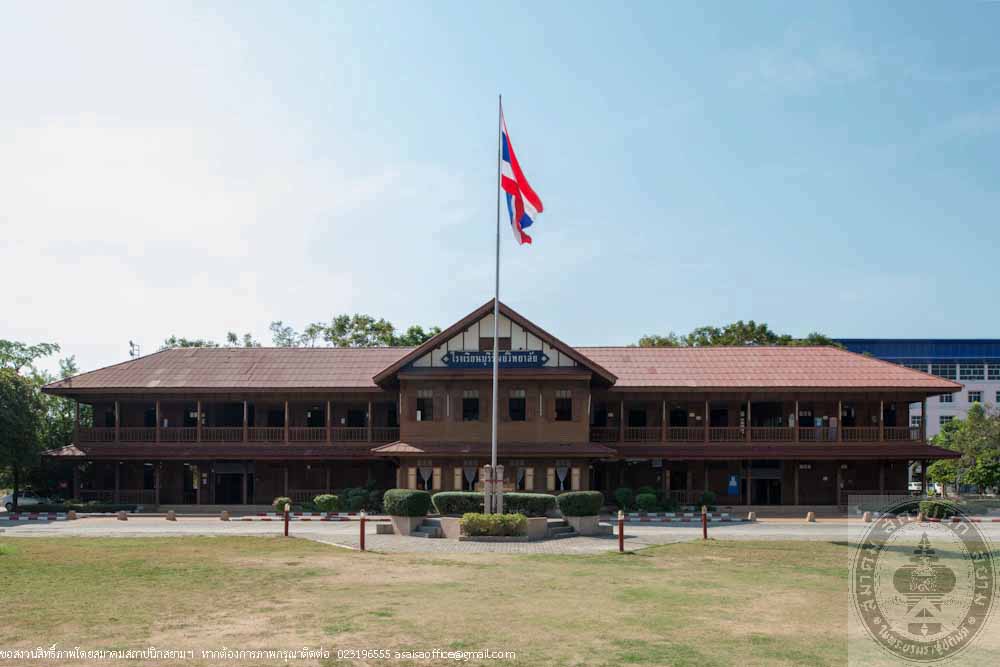
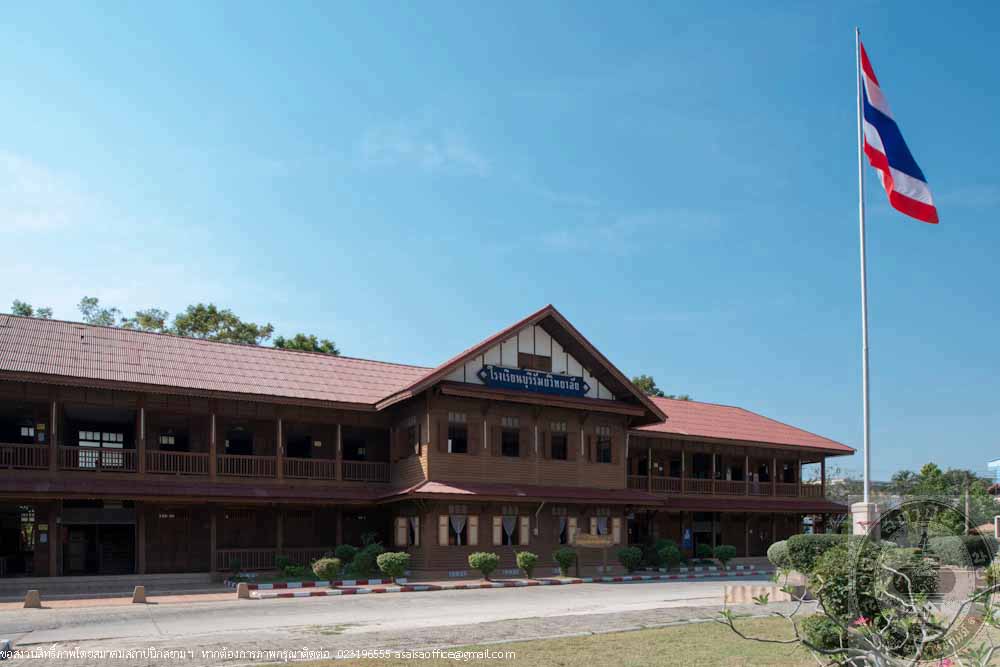
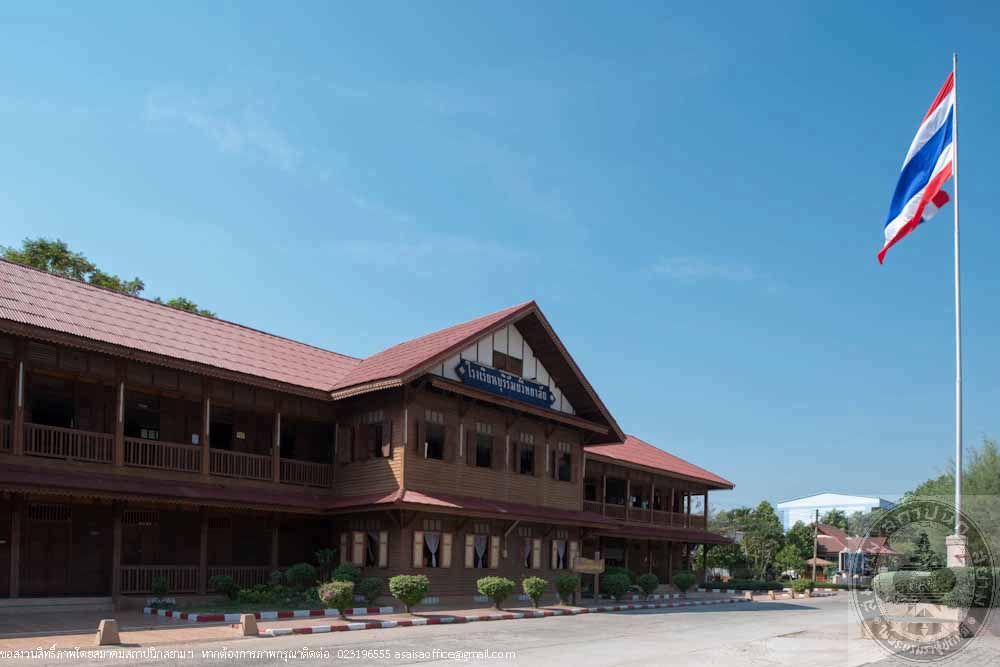
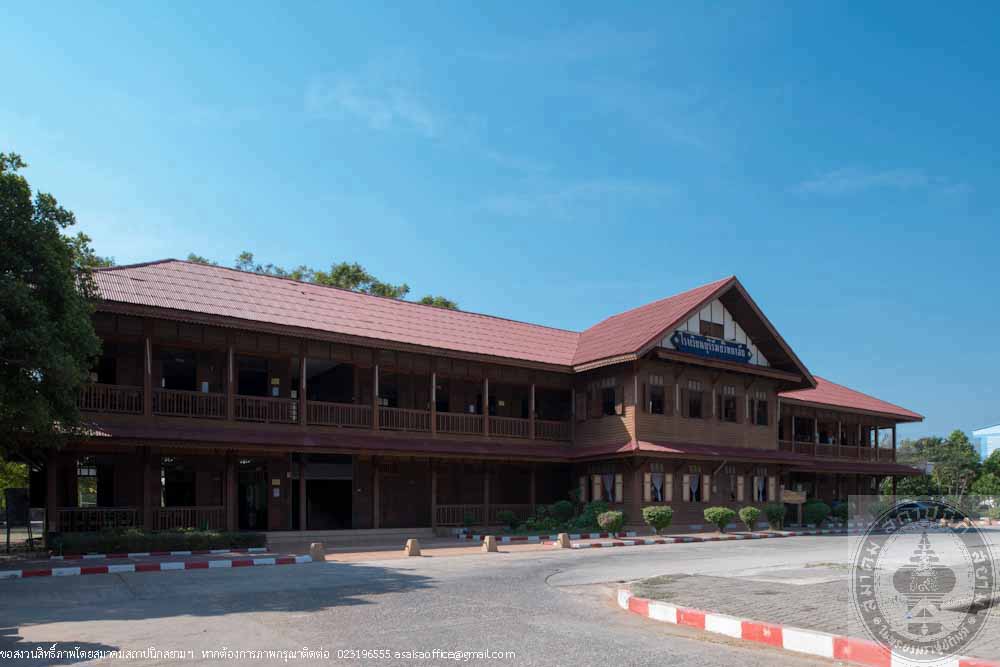
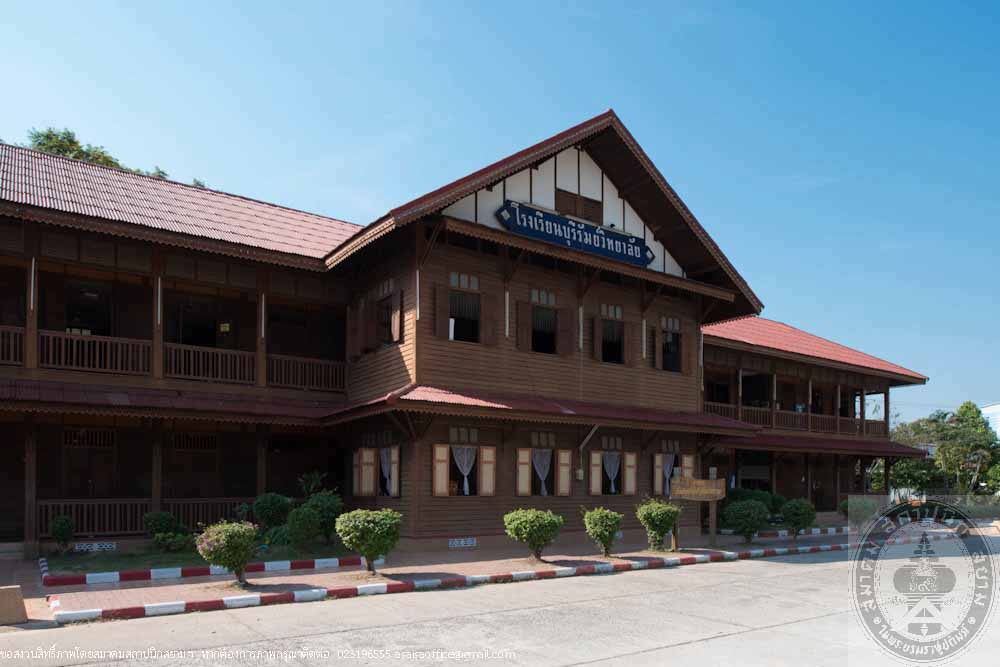
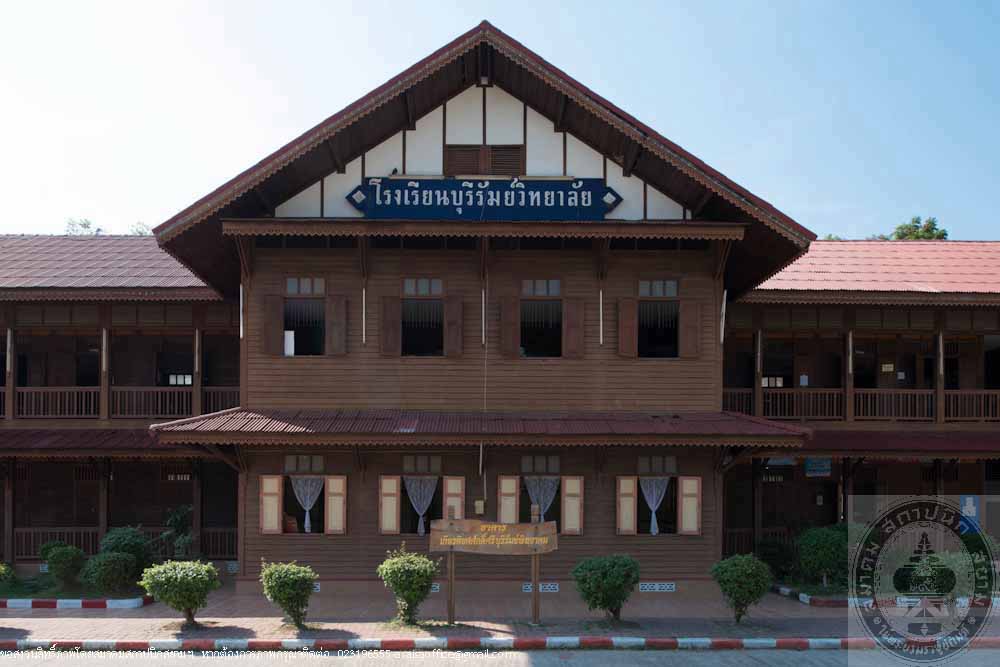
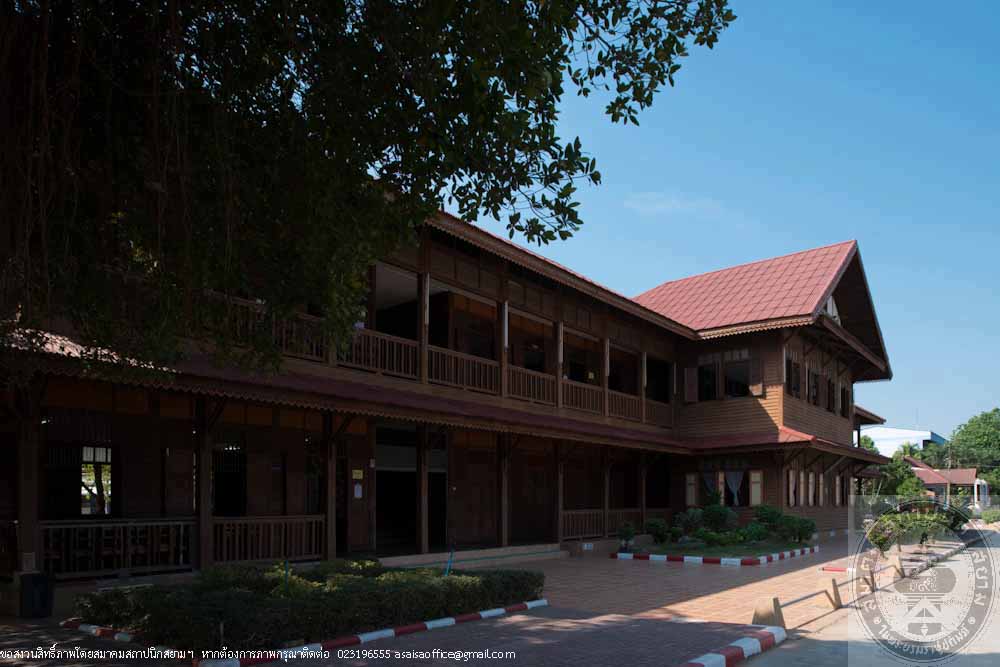
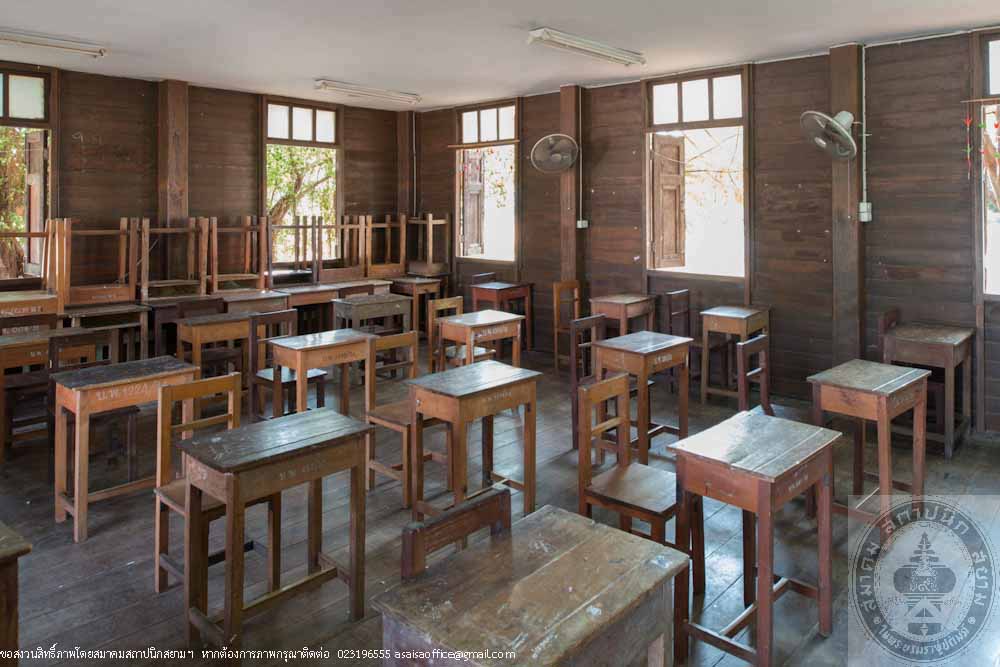
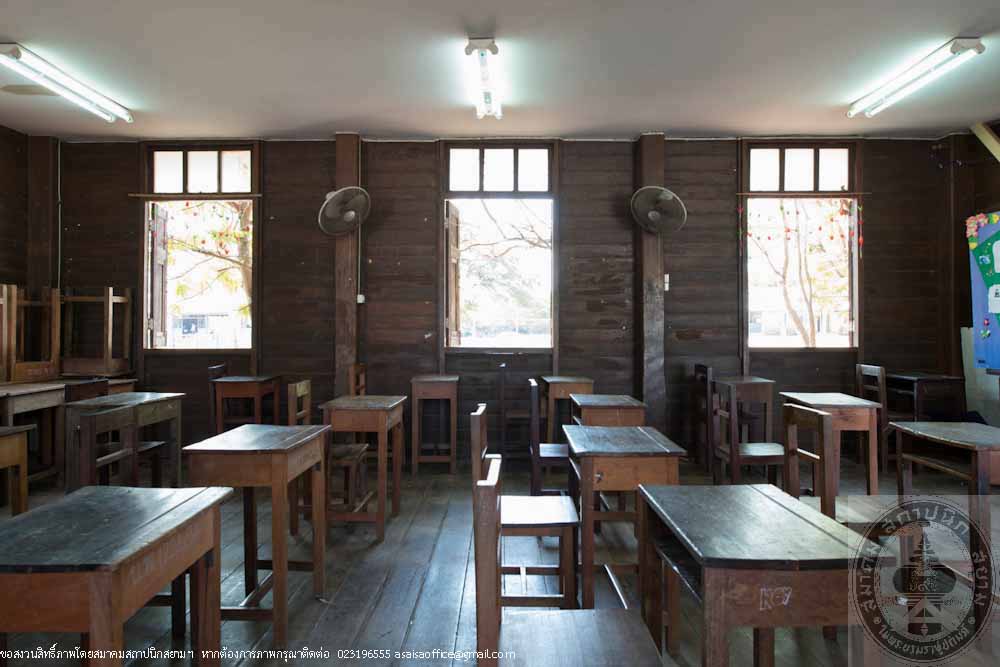
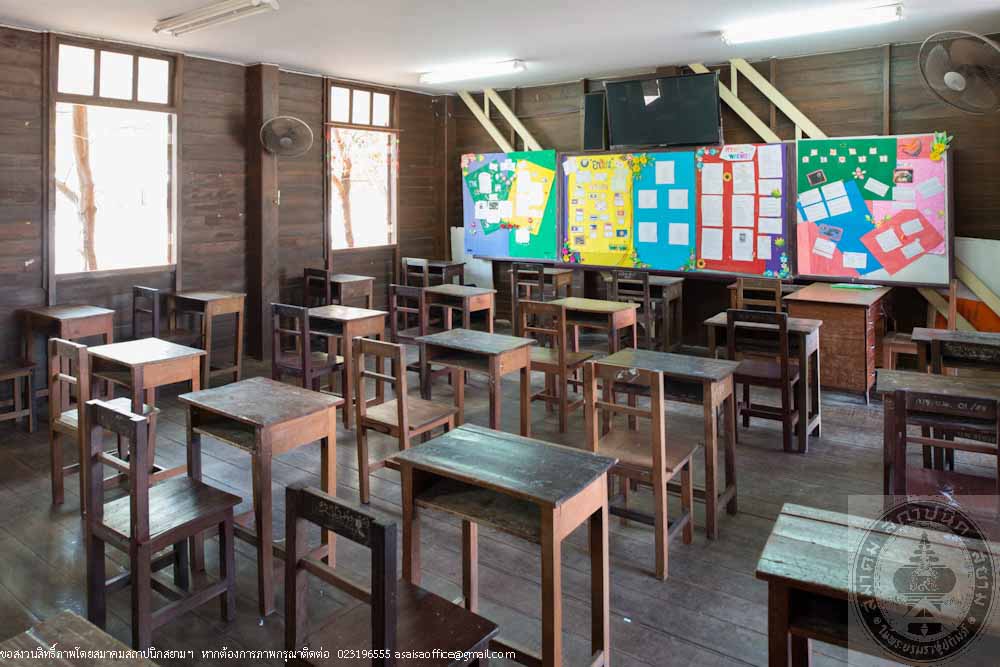
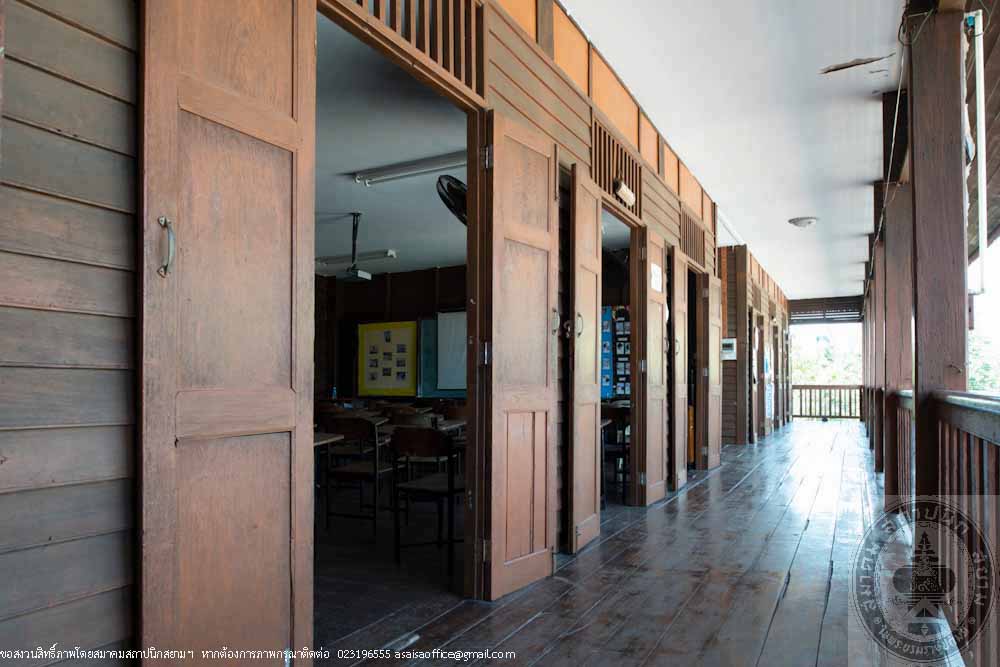
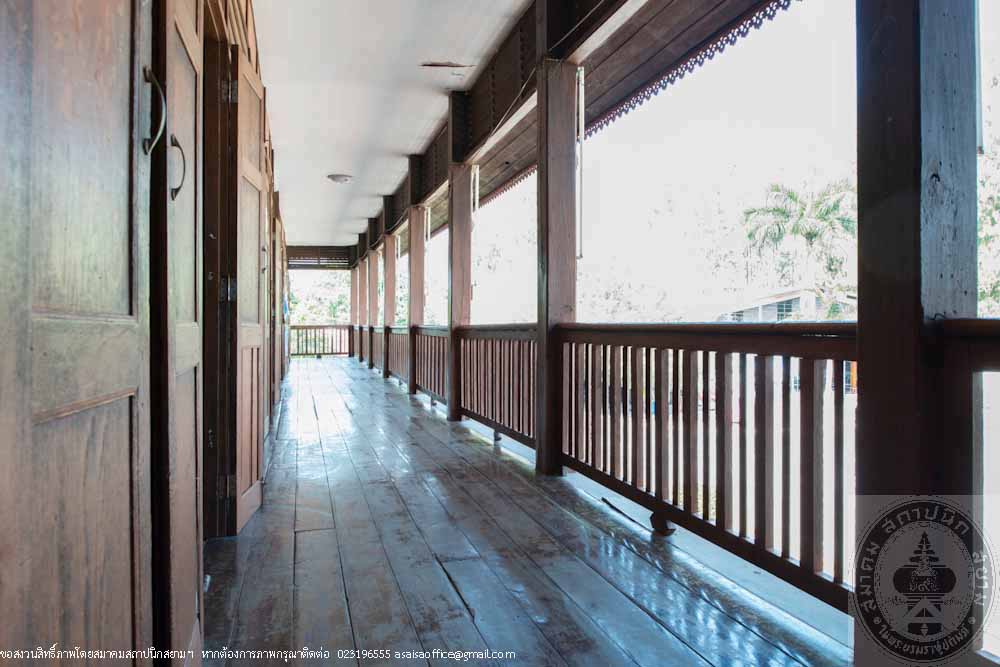
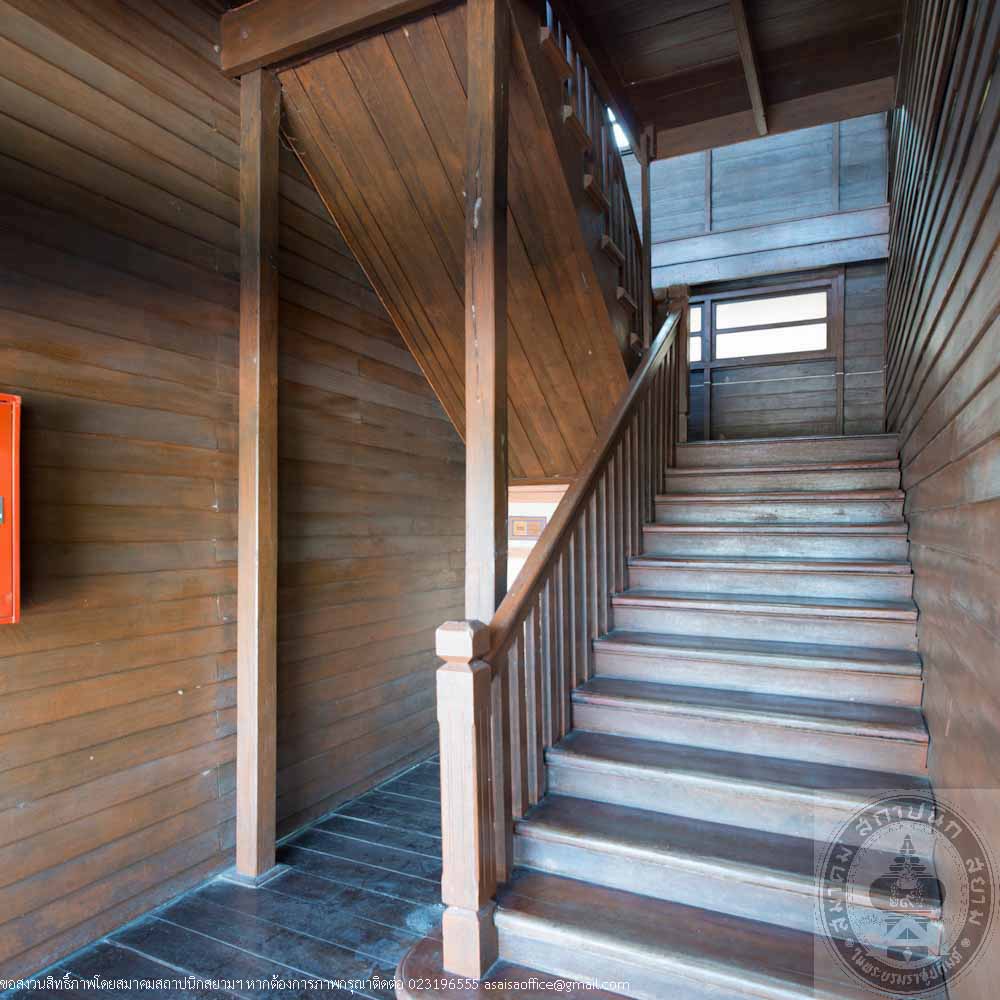
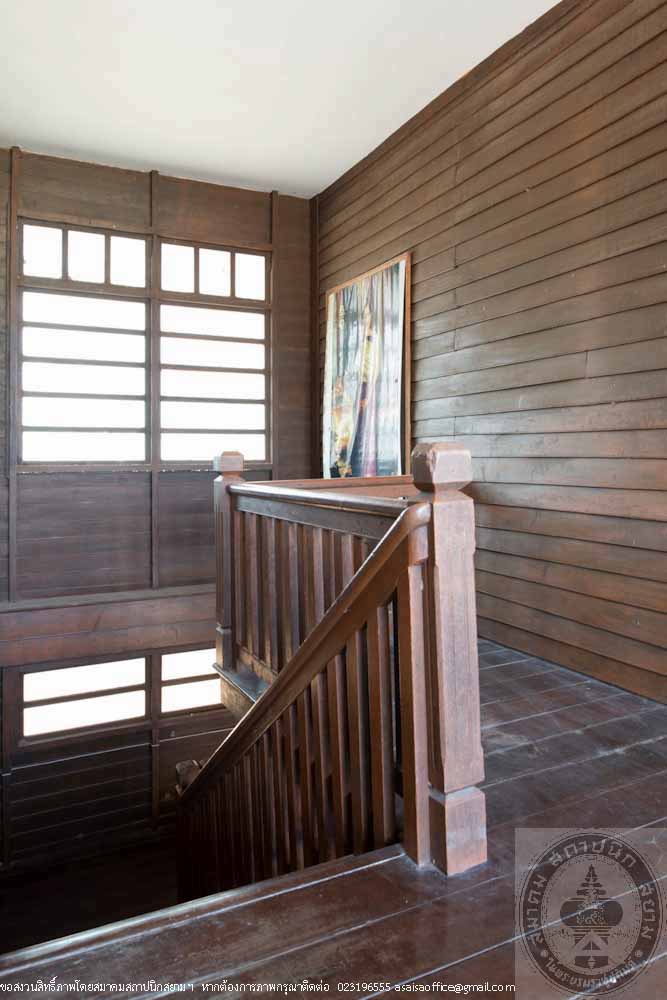
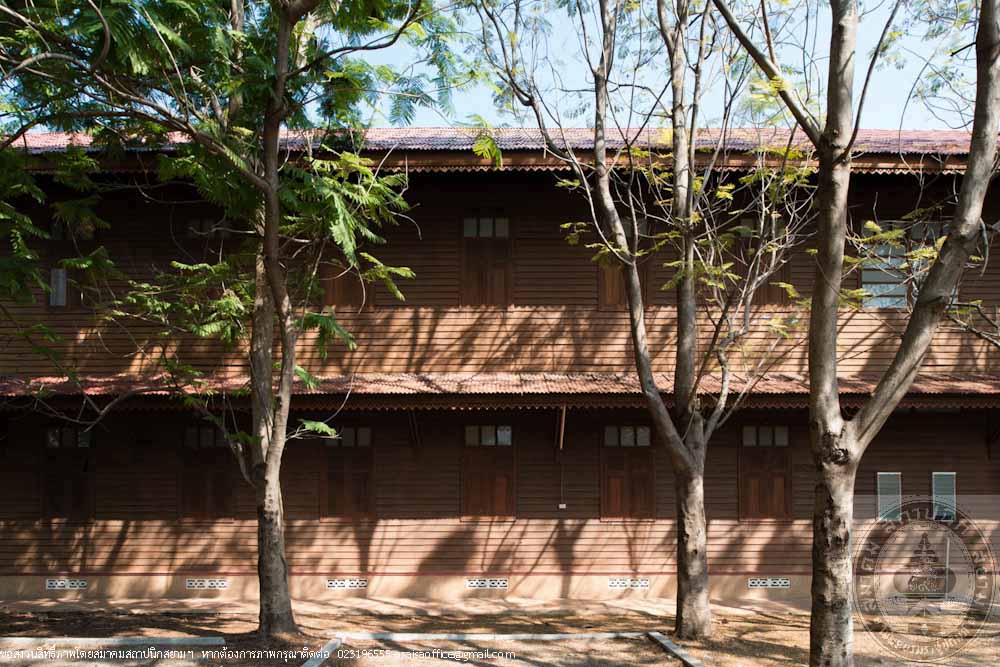
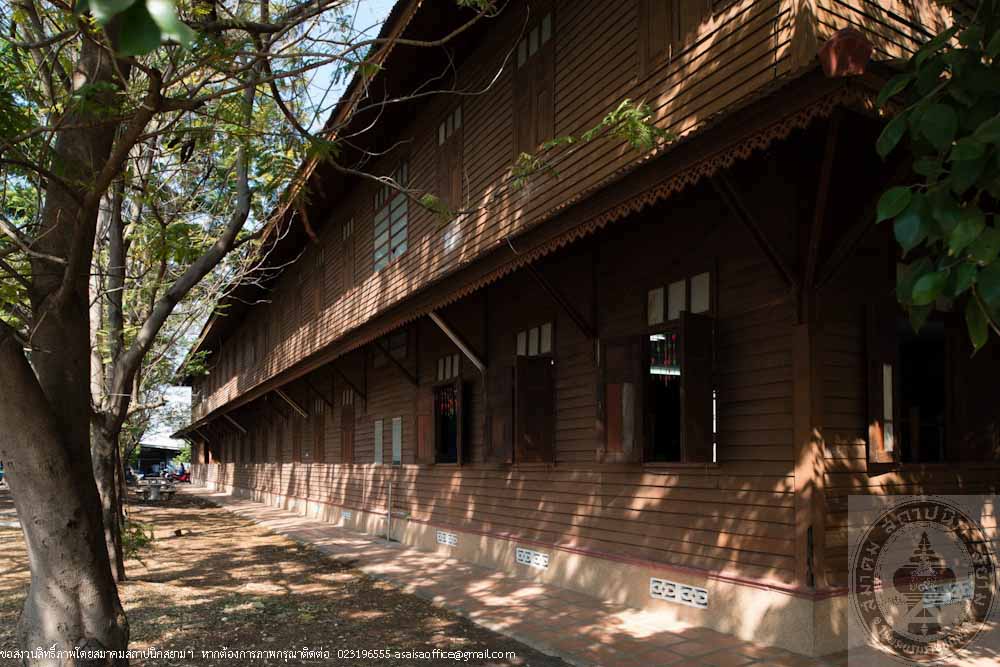
บ้านท่านขุนรัฐวุฒิวิจารณ์
อ่านเพิ่มเติม
บ้านท่านขุนรัฐวุฒิวิจารณ์
- ที่ตั้ง เลขที่ 512 ถนนราชดำเนิน อำเภอเมือง จังหวัดนครศรีธรรมราช
- สถาปนิก/ผู้ออกแบบ ขุนรัฐวุฒิวิจารณ์ โดยมีช่างจีนและช่างท้องถิ่นเป็นผู้ก่อสร้าง
- สถาปนิกผู้แนะนำการบูรณะ: นายสุเมธ รุจิวณิชย์กุล
- ผู้ครอบครอง นางณัฏฐสุด ตรีสัตยพันธุ์ และครอบครัว
- ปีที่สร้าง ประมาณปี พ.ศ. 2455
ประวัติ
บ้านท่านขุน เป็นชื่อเรียกบ้านพักของขุนรัฐวุฒิวิจารณ์ นามเดิม เขียน มาลยานนท์ เกิดเมื่อปี พ.ศ. 2424 ที่อำเภอเมือง จังหวัดนครศรีธรรมราช ท่านได้รับพระบรมราชโองการโปรดเกล้าโปรดกระหม่อมให้เป็นนายอำเภอเมืองกลาย ถือศักดินา 800 ไร่ เมื่อปี พ.ศ. 2455 เนื่องจากไม่มีบุตรจึงยกที่ดินและบ้านหลังนี้ให้แก่นายโกวิท ตรีสัตยพันธุ์ หลานชายของภรรยา ต่อมานายโกวิท ได้ใช้บ้านและที่ดินนี้เปิดเป็นโรงเรียนประถมศึกษาชื่อ “โรงเรียนรัฐวุฒิวิทยา” ต่อมาในปี พ.ศ. 2482 ได้เปลี่ยนชื่อเป็น “โรงเรียนนครวิทยา” หลังจากนั้นในปี พ.ศ. 2529 โรงเรียนได้ปิดตัวลง ต่อมาที่ดินแปลงนี้ตกเป็นของนายสำราญ ตรีสัตยพันธุ์ หลานชายของนายโกวิท และได้ให้คนเช่าทำเป็นสถานบริการขายน้ำมันรถยนต์อยู่หลายปี ต่อมาเมื่อหมดสัญญาการเช่า นางณัฏฐสุด ภรรยาของนายสำราญได้ปรึกษาหารือกับนายสุเมธ รุจิวณิชย์กุล สถาปนิกท้องถิ่นในการบูรณะและพัฒนาที่ดินให้เกิดประโยชน์ โดยนายสุเมธได้ให้ความเห็นว่าควรรักษารูปแบบดั้งเดิม และเก็บรายละเอียดเดิมไว้ทุกประการไม่ว่าจะเป็นบานประตูหน้าต่าง พื้น ฝา ฝ้าเพดาน ที่เป็นไม้ ซึ่งเมื่อทำการบูรณะก็สามารถปรับปรุงใหม่ได้เกือบสมบูรณ์แบบ ยกเว้นกระเบื้องหลังคาดินเผาท้องถิ่นที่เป็นแผ่นบางได้ผุและแตกเป็นจำนวนมากยากแก่การจัดหาและดูแลซ่อมแซม จึงเปลี่ยนเป็นกระเบื้องดินเผาจากราชบุรีที่มีความหนามากขึ้นและคงทนกว่า สำหรับพื้นที่ด้านหน้าอาคาร สถาปนิกได้ออกแบบเป็นลานโล่งตรงกลางเพื่อเป็นมุมมองให้เห็นตัวบ้านเด่นชัดจากถนนใหญ่ แต่เนื่องจากเมื่อครั้งที่เป็นสถานีบริการน้ำมันมีการถมดินสูงจนเกือบชิดตัวบ้าน ทำให้บ้านดูเหมือนจมลงเกือบครึ่งของใต้ถุนบ้าน สถาปนิกจึงออกแบบให้ขุดดินออกถอยร่นให้เป็นมุมเปิดมากขึ้น ส่วนอาคารที่สร้างขึ้นใหม่ด้านหน้า เพื่อเป็นร้านขายสินค้าพื้นเมืองและร้านอาหารได้ออกแบบให้มีความสอดคล้องกลมกลืน และไม่ไปบังความเด่นของบ้าน
บ้านท่านขุน เป็นอาคารชั้นเดียวยกใต้ถุนโล่ง ก่ออิฐเป็นเสารับน้ำหนักและหล่อคานโค้งฉาบปูนปั้นบัวกันน้ำหยด มีบันไดขึ้นด้านหน้าเปิดมุมกว้างตามลักษณะบ้านโบราณทางใต้ทั่วไป ลักษณะเด่นของอาคาร คือ ด้านหน้าอาคารเป็นมุขคู่ หลังคาเป็นทรงปั้นหยา โดยเป็นส่วนห้องรับแขกหนึ่งมุข และส่วนห้องนั่งพักผ่อนอีกหนึ่งมุข ซึ่งจากมุมห้องพักผ่อนสามารถมองเห็นยอดทองคำของพระธาตุวัดพระมหาธาตุวรวิหารได้ นอกจากนี้ หน้าต่างของห้องพักผ่อนเป็นบานเปิดคู่ลูกฟักไม้ สูงจากพื้นไปจรดช่องลมไม้ด้านบน โดยมีรั้วไม้กันตกอยู่ตรงกลางระหว่างบาน และฝ้าเพดานเป็นไม้กระดานอยู่ระดับสูงจึงช่วยให้การระบายอากาศภายในบ้านเป็นไปได้อย่างดี
เจ้าของปัจจุบันได้เห็นคุณค่าของบ้านหลังนี้จึงได้ลงทุนปรับปรุงอย่างระมัดระวังด้วยงบประมาณที่สูง รวมทั้งได้ปรึกษาหารือผู้รู้ด้านต่างๆ เพื่อวัตถุประสงค์ในการอนุรักษ์งานสถาปัตยกรรมท้องถิ่นและเป็นพิพิธภัณฑ์เอกชนเพื่อการเรียนรู้ที่ไม่ได้แสวงหาผลกำไร จึงนับเป็นแบบอย่างให้เอกชนรายอื่นๆ ตระหนักถึงคุณค่าของที่อยู่อาศัยในอดีตที่ควรอนุรักษ์ไว้
Baan Than Khun Rattawutwicharn
- Location 512 Rajdamneon Road, Muang Nakhon Si Thammarat
- Architect/ Designer Designed by Khun Rattawutwicharn and built by local artisans of Chinese descendents.
- Restoration architect: Sumet Rujiwanichkul
- Owner Nattasut Srisattayapan and famiy
- Year Built 1912.
History
Commonly known as Baan Than Khun is the residence of Khun Rattawutwicharn, born Deom Malayanon in 1881 in Nakhon Sri Thammarat. He was appointed Chief of Klai Distric under Royal Command with the right to the possession of 800 Rai of farmland. In 1912, as he had no offspring, he gave his land and house to Kowit Srisattayapan, a nephew of his wife. Kowit made us of this land and house by opening an elementary school named “Rattawut Wittaya School.” In 1939, the school was renamed “Nakhon Wittaya School” and later ceased its operation in the year 1986. The land fell into the possession of Samran Srisattayapan, Kowit’s grandson who rent out the property to a gas station business for many years. When the rent agreement ended, Nattasut, Samran’s wife consulted with Sumet Rujiwanitkul, a local architect on the restoration and improvement of the property. Sumet suggested that the original structure should be preserved as well as all of the little details such as doors, windows, flooring, roofing, ceiling that were made of wood. The renovation almost gave a perfect new life to the house except for the local terra cotta roof tiles that were so thin that many of them were decayed and broken. And since the supplying and maintenance of this roof material was difficult, they replaced it with thicker and tougher terra cotta tiles from Ratchaburi instead. The area in front of the house was left open in the center to give the house a more prominent look from the main street. When it was a gas station, the land was filled so high it almost got to the house making it looked like part of the house foundation was underground. The architect created a design to have part of the dirt filling removed to open up the house. The new local shop and restaurant in front of the house were also designed to be in harmony with the house and not to dim the remarkableness of the house.
Baan Than Khun is a single story home raised above ground with an open space under the house. The load-bearing pillars were built of bricks with plastered arch beam and stucco molding to avoid leaks. Southern styled wide corner front entrance stairs with two front porches and hip roof which gave the house its outstanding look. One of the front porches serves as a guest reception room and another one as a living room. From the living room, one can see the gold top of the stupa of Wat Mahathat Worawihan. Windows in living rooms are double paneled, wood patterned, from the floor to the wood vent on the upper part of the wall with navigation pane in the middle of the two panels. High wood ceiling gave the house a good ventilation.
The current owner of the house realized how valuable the house is and invested in a careful renovation of the house at high cost as well as seeking advice from specialists of various fields in order to preserve local architecture. A private, not for profit museum was established to serve as a learning center which can set an example for other private sectors to become aware of the value of ancient residences that should be conserved.
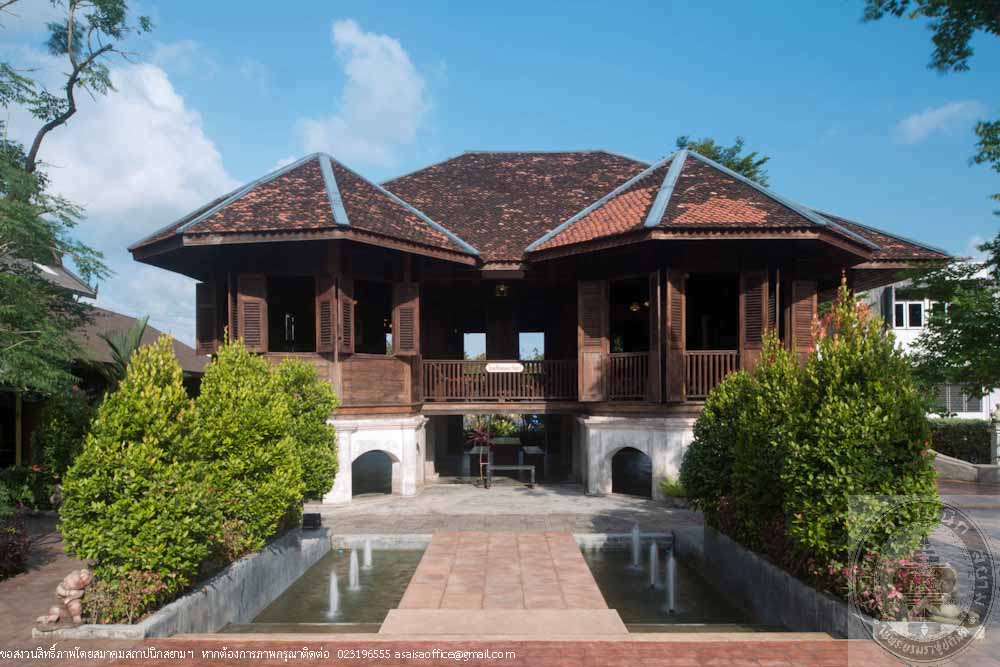
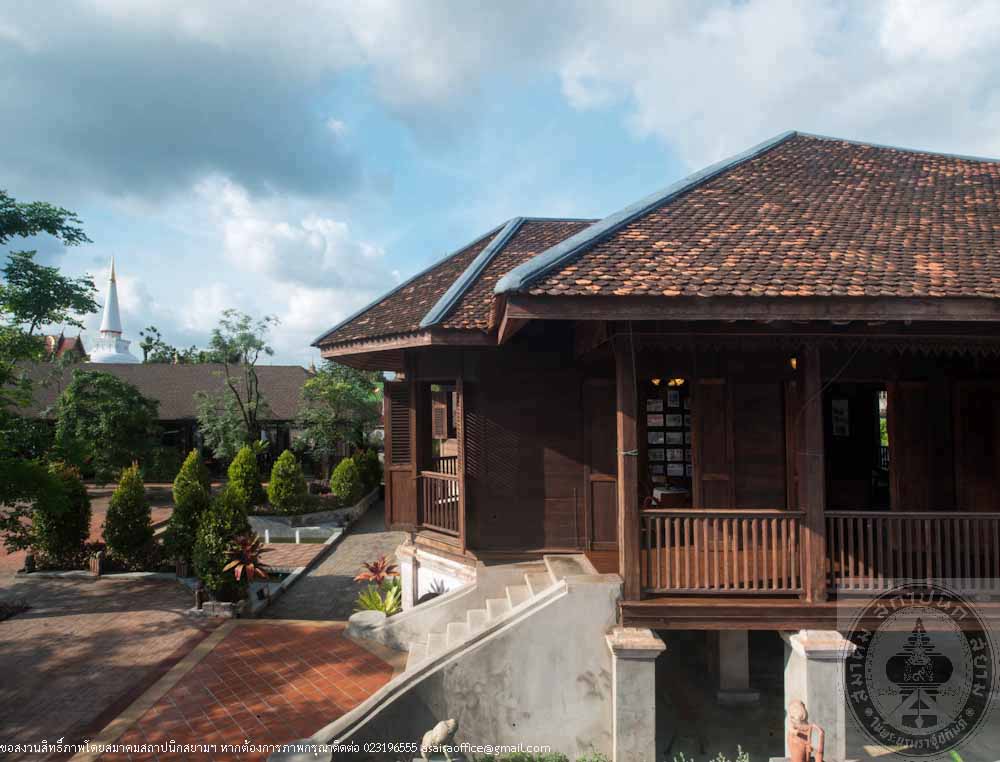
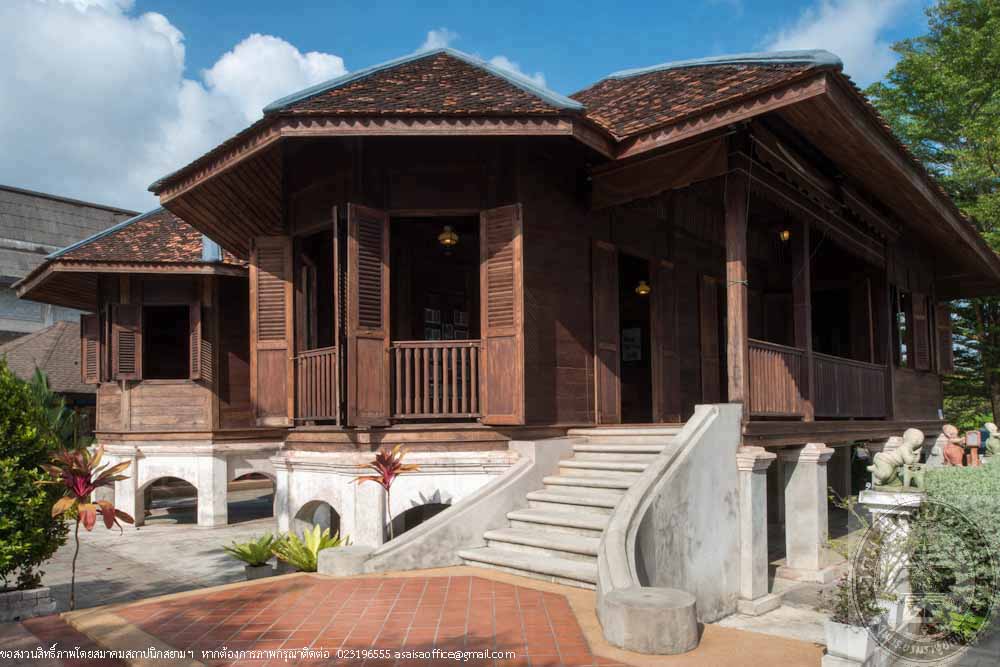
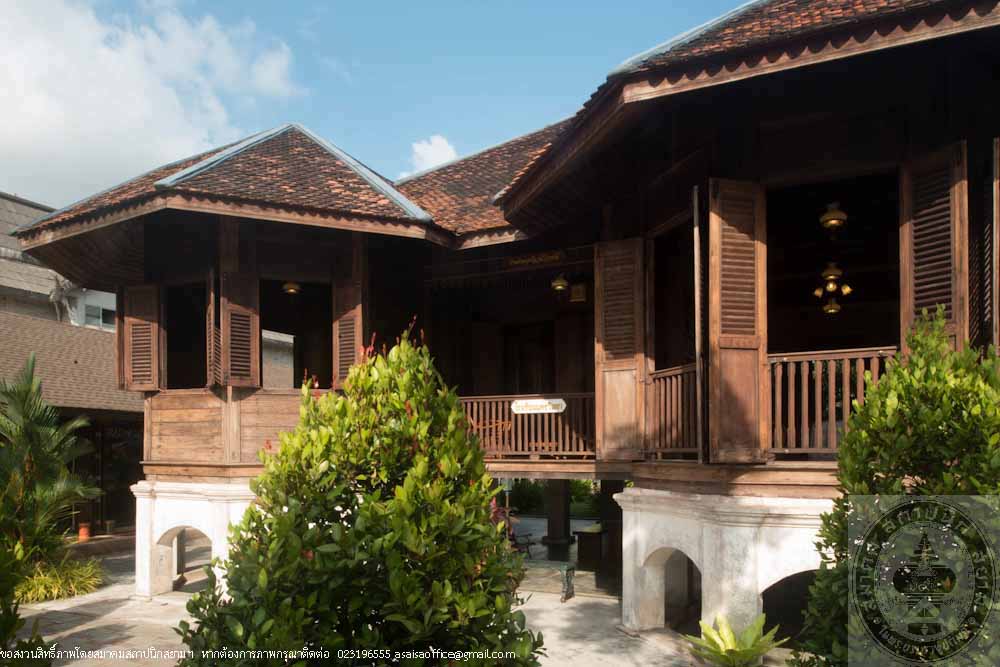
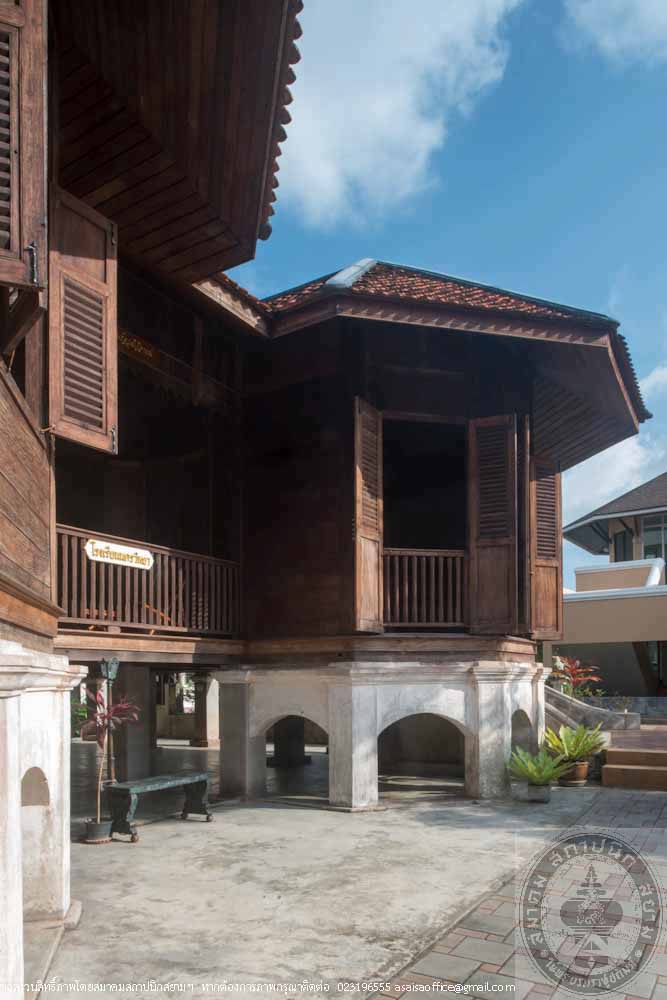
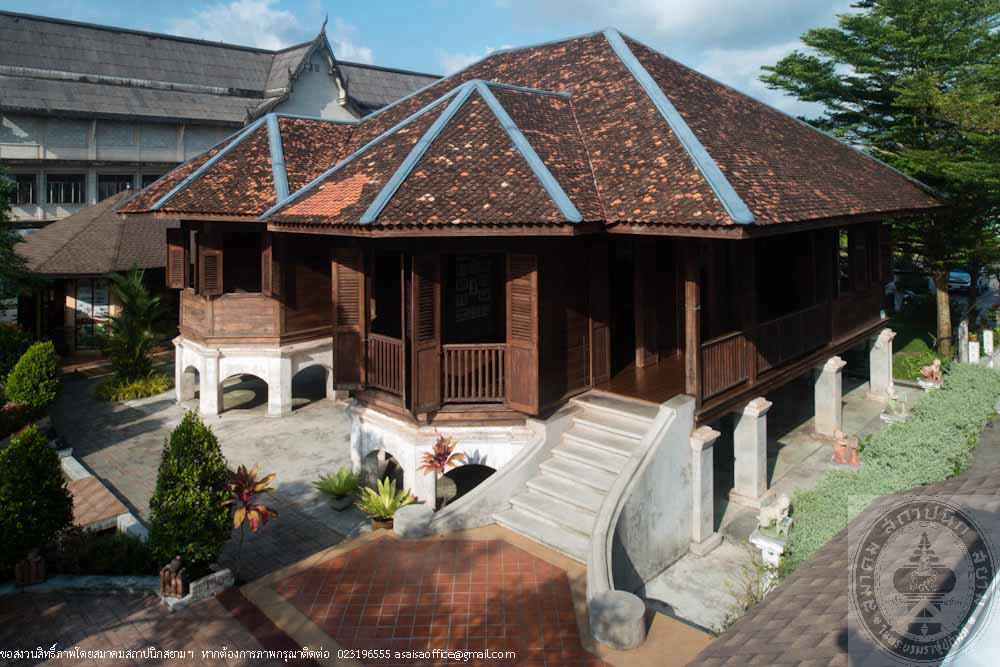
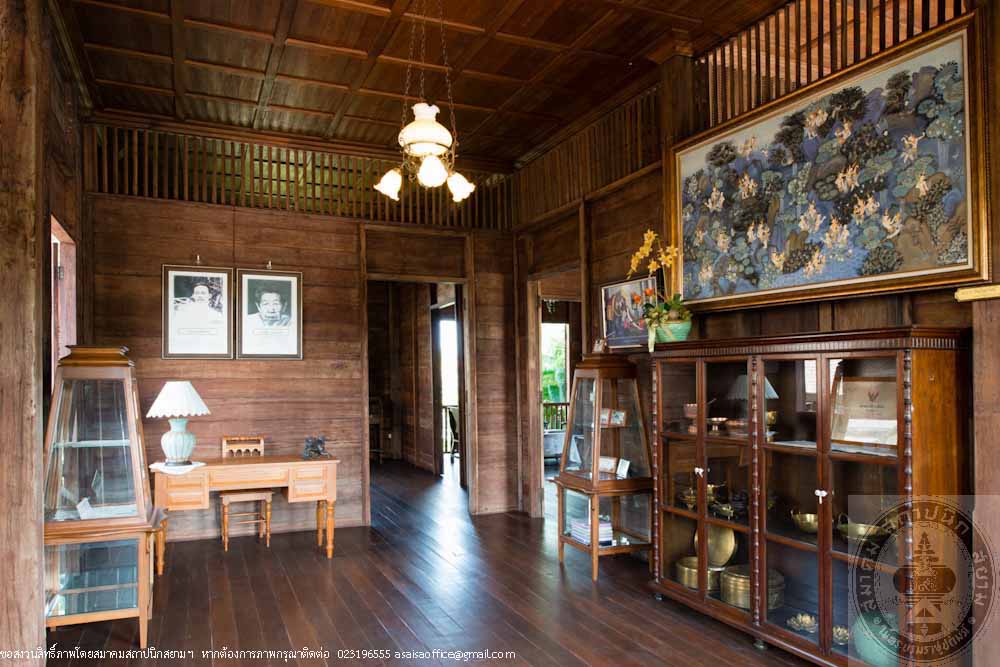
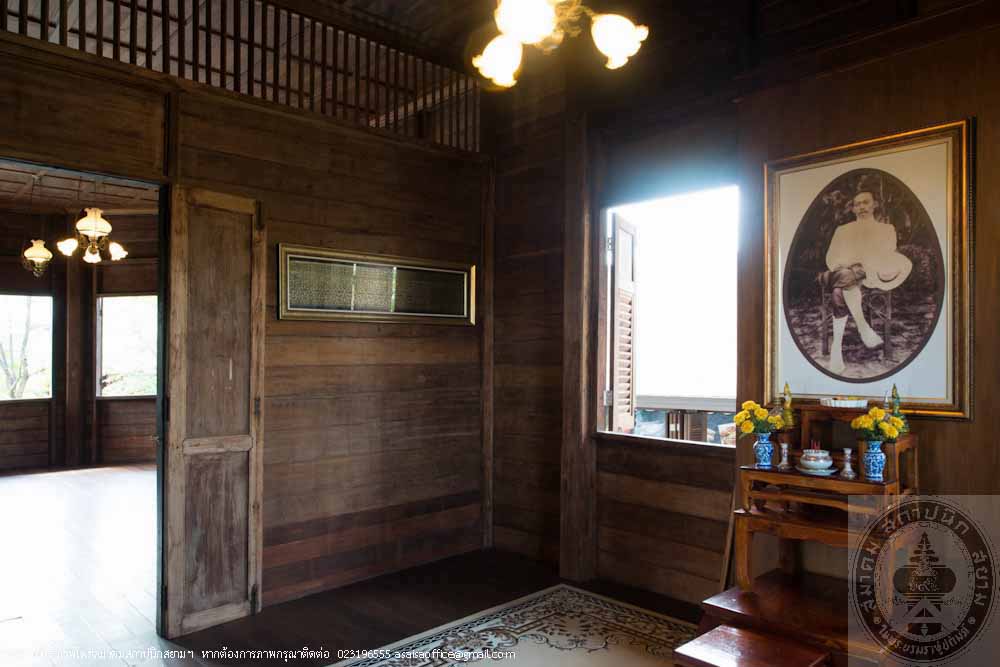
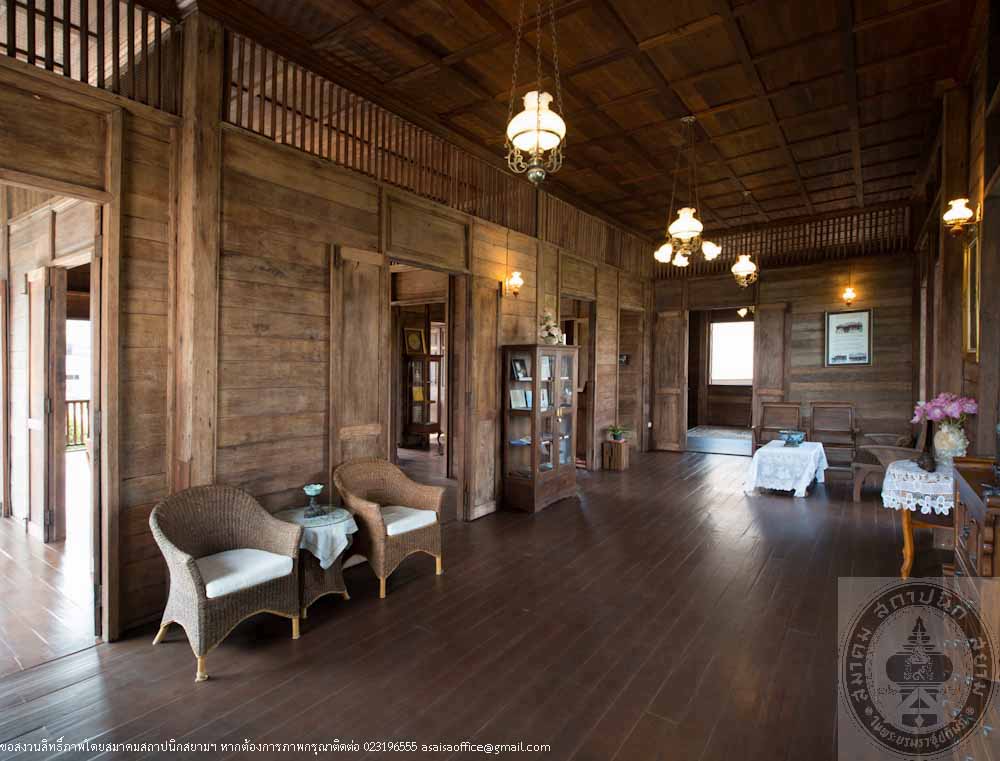
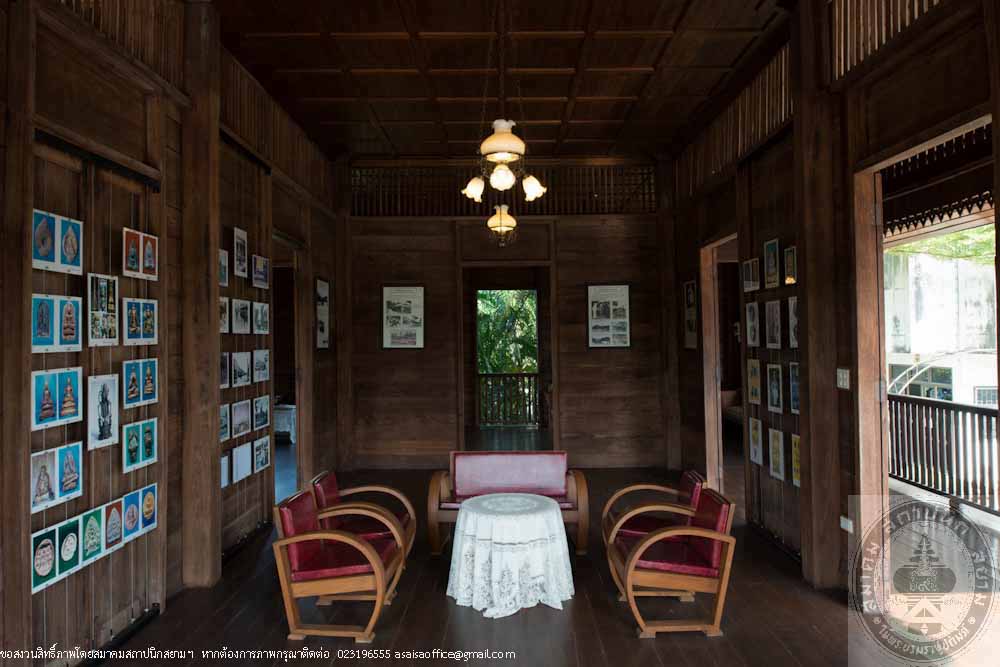
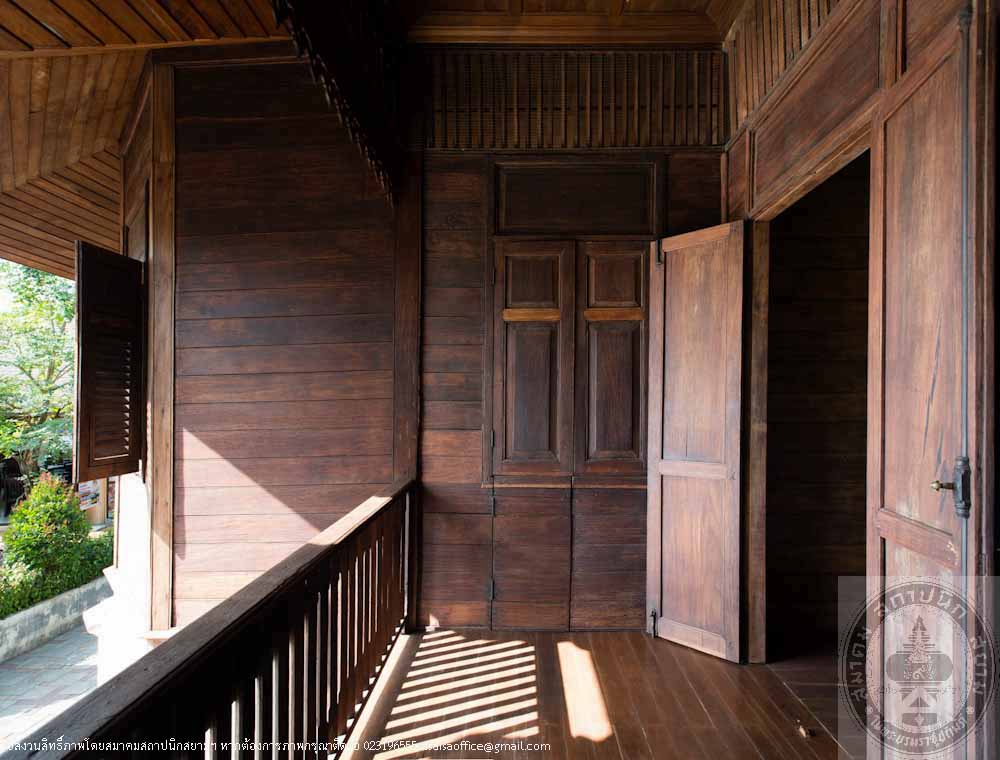
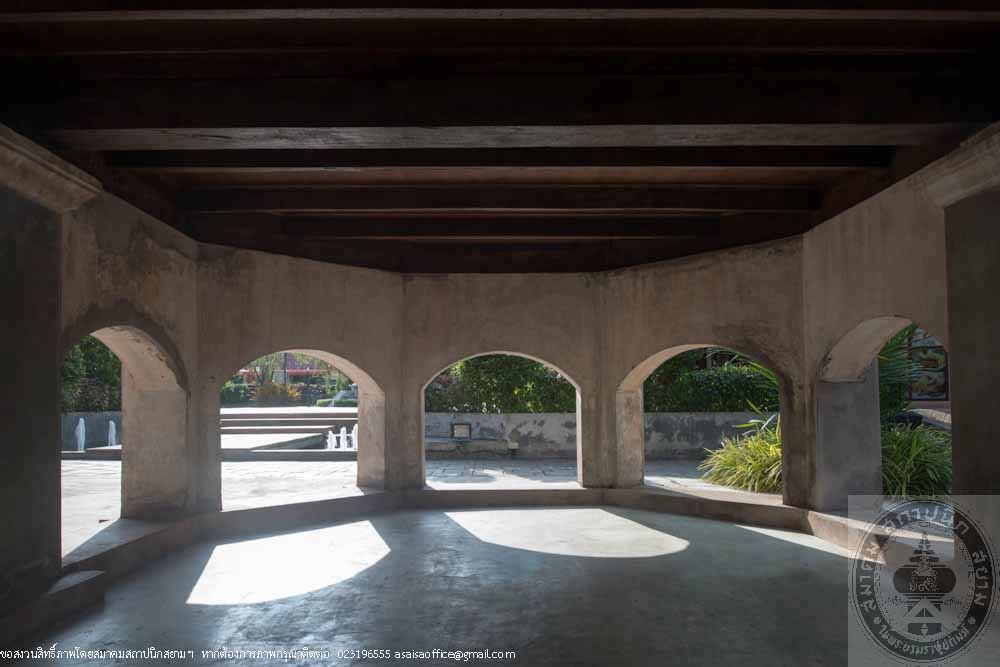
อาคารโรงรถจักรแก่งคอย
อ่านเพิ่มเติม
อาคารโรงรถจักรแก่งคอย
- ที่ตั้ง ย่านสถานีรถไฟแก่งคอย ตำบลแก่งคอย อำเภอแก่งคอย จังหวัดสระบุรี
- สถาปนิก/ผู้ออกแบบ ผู้ออกแบบ นายปิ่น
- ผู้ออกแบบส่วนต่อเติม นายชลิต ศิริภาคย์
- ผู้ครอบครอง การรถไฟแห่งประเทศไทย
- ปีที่สร้าง พ.ศ. 2485
ประวัติ
อาคารโรงรถจักรแก่งคอย ได้รับการออกแบบโดยนายปิ่น สร้างขึ้นในปี พ.ศ. 2485 และเปิดใช้งานในปี พ.ศ. 2486 เพื่อทดแทนอาคารโรงรถจักรเดิมที่มีขนาดเล็กและไม่สามารถรองรับการซ่อมบำรุงรถจักรไอน้ำที่มีจำนวนมากขึ้น นอกจากเป็นสถานที่สำหรับซ่อมบำรุงรถจักรไอน้ำแล้ว อาคารโรงรถจักรแก่งคอยยังเป็นสถานที่เก็บเครื่องจักรและอุปกรณ์ต่างๆ ที่ขนย้ายมาจากโรงงานมักกะสันในระหว่างสงครามโลกครั้งที่ 2 อีกด้วย ถือเป็นโรงรถจักรที่ใหญ่ที่สุดในพื้นที่นอกเขตกรุงเทพมหานคร หลังจากที่อาคารโรงรถจักรแก่งคอยถูกเปิดใช้ได้ไม่กี่เดือน ฝ่ายสัมพันธมิตรได้พยายามทิ้งระเบิดที่ย่านสถานีรถไฟแก่งคอยและโรงรถจักรแห่งใหม่นี้ เนื่องจากเป็นที่ตั้งของกองทหารญี่ปุ่นและเป็นจุดยุทธศาสตร์ที่เห็นได้ชัดเจน แต่กลับพลาดเป้าหมายทำให้ลูกระเบิดตกใส่ตลาดแก่งคอยและบ้านเรือนราษฎรทำให้มีผู้เสียชีวิตเป็นจำนวนมาก นอกจากนี้สะเก็ดระเบิดยังทำให้หลังคาบางส่วนของโรงรถจักรเสียหาย และยังมีเศษสะเก็ดระเบิดที่ยังคงฝังอยู่ในเนื้อไม้ของเสาต้นหนึ่งในโรงรถจักรโดยไม่มีการดัดแปลงหรือปรับปรุงใหม่แต่อย่างใด ต่อมาในปี พ.ศ. 2495 ได้มีการต่อเติมโรงรถจักรทางด้านทิศตะวันออกเฉียงใต้เพื่อใช้เป็นส่วนของโรงงาน ออกแบบโดยนายชลิต ศิริภาคย์ ปัจจุบันใช้เป็นห้องเครื่องมือกล หลังจากนั้นโรงรถจักรได้เป็นสถานที่ซ่อมบำรุงรถจักรไอน้ำเรื่อยมาจนถึงปี พ.ศ. 2512 ที่มีการซ่อมรถจักรไอน้ำครั้งสุดท้าย ก่อนที่จะเปลี่ยนมาเป็นสถานที่ซ่อมบำรุงรถจักรดีเซล ปัจจุบันโรงรถจักรแก่งคอยเป็นสถานที่ซ่อมหัวรถจักรที่ใช้ลากจูงขบวนสินค้าต่างๆ เช่น น้ำมัน แป้ง น้ำตาล ข้าว และปูนซีเมนต์ เป็นต้น รวมทั้งซ่อมบำรุงรถพ่วงต่างๆ ได้แก่ รถพ่วงบรรทุกแก๊ส รถพ่วงบรรทุกน้ำมัน และรถพ่วงสำหรับบรรทุกตู้คอนเทนเนอร์
อาคารโรงรถจักรแก่งคอย เป็นอาคารไม้ชั้นเดียว ผังพื้นอาคารเป็นรูปสี่เหลี่ยมผืนผ้า แกนอาคารทางยาวอยู่ในแนวตะวันออกเฉียงเหนือ – ตะวันตกเฉียงใต้ พื้นที่ใช้สอยภายในอาคารโรงรถจักรแบ่งออกเป็น 3 ส่วน คือ ส่วนโถงกลาง ส่วนสำนักงาน และส่วนห้องมือกล สำหรับโถงกลางกว้าง 38.25 เมตร ยาว 55 เมตร ด้านสกัดเป็นโครงสร้างเสาคานไม้ต่อเนื่องกัน7 ช่วง หลังคาของแต่ละช่วงเป็นทรงเพิงมีกระจกปิดตายยาวตลอดแนวอาคารทางด้านตะวันตกเฉียงเหนือเพื่อให้มีแสงสว่างเพียงพอต่อการทำงานภายในอาคาร ระหว่างแต่ละช่วงเสามีการวางรางไปตามความยาวอาคารจำนวน 7 แนวราง บริเวณใต้รางแต่ละรางขุดลึกลงไปเป็นคูคอนกรีตสำหรับช่างซ่อมใต้ท้องรถได้ และมีบ่อถ่ายล้อเชื่อมต่อระหว่างรางที่ 2 และรางที่ 3 นอกจากนี้บริเวณมุมโถงกลางด้านทิศตะวันออกเฉียงเหนือมีห้องน้ำที่สร้างขึ้นมาภายหลังเพื่อทดแทนห้องน้ำเดิมที่อยู่ภายในส่วนสำนักงาน ซึ่งได้เปลี่ยนเป็นห้องทำงานหน่วยซ่อมรถจักรและรถพ่วง ส่วนต่อมาคือส่วนสำนักงานซึ่งวางขนานไปกับโถงกลางทางด้าน ทิศตะวันตกเฉียงเหนือ กว้าง 4.50 เมตร ยาว 48.50 เมตร ประกอบด้วยห้องที่ทำการสารวัตรเวรกลางคืน ห้องทำงานหน่วย ซ่อมรถจักรและรถพ่วง ห้องเก็บพัสดุ ห้องที่ทำการด้านการจัดการพนักงานรถจักร ห้องทำงานสารวัตรรถพ่วงแก่งคอย และห้องเจ้าหน้าที่ธุรการ และส่วนสุดท้ายเป็นห้องเครื่องมือกลตั้งอยู่ทางทิศตะวันออกเฉียงใต้ของอาคาร กว้าง 4.50เมตร ยาว 15 เมตร ผนังของสำหรับส่วนสำนักงาน
ส่วนห้องมือกลและบางส่วนของโถงกลาง เป็นผนังไม้ตีเกล็ดตามนอนซึ่งตั้งอยู่บนผนังก่ออิฐฉาบปูนสูงจากพื้น 90 เซนติเมตร หลังคาส่วนสำนักงาน ส่วนห้องมือกลเป็นหลังคาทรงเพิงมุงด้วยกระเบื้องลอนคู่ ประตูและหน้าต่างของโรงรถจักรเป็นไม้ ปัจจุบันมีบางส่วนเปลี่ยนเป็นกระจกกรอบอลูมิเนียมที่ส่วนสำนักงาน
อาคารโรงรถจักรแก่งคอย เป็นสิ่งก่อสร้างที่มีเอกลักษณ์โดดเด่นเนื่องจากได้รับการออกแบบที่สอดคล้องกับการใช้สอยและสภาพเศรษฐกิจในช่วงสงครามโลกครั้งที่ 2 เป็นอาคารโรงจักรไม้ขนาดใหญ่ของการรถไฟแห่งประเทศไทยที่มีโครงสร้างสมบูรณ์และยังคงใช้งานอยู่ โดยตลอดระยะเวลาที่ผ่านมา การรถไฟแห่งประเทศไทยได้ดูแลรักษาอาคารให้อยู่ในสภาพที่ดี และยังคงบทบาทสำคัญในการซ่อมบำรุงรถจักรและรถพ่วง
Kaeng Khoi Locomotive Depot
- Location Kaeng Khoi Train Station, Kaeng Khoi, Saraburi
- Architect/ designer Designer: Pin
Designer of the annex: Chalit Siripak- Owner The State Railway of Thailand
History
Kaeng Khoi Locomotive Depot, designed by Nai Pin, built in 1942 and opened for service in 1942 to replace the old locomotive workshop that was too small and was unable to support the increasing numbers of the locomotives needed maintenance. Kaeng Khoi Locomotive Depot was not only a repair workshop but was also used to store machinery and tools moved here from Makkasan Factory during the Second World War. It is by far the largest locomotive workshop outside of Bangkok. Several months after Kaeng Khoi Locomotive Depot was in service, the Allied troops were trying to explode Kaeng Khoi junction and this new locomotive workshop as it was, at the time, occupied by the Japanese troops. Plan to explode the junction failed and the explosives destroyed a nearby Kaeng Khoi market and people houses instead and killed many. Debris from the explosives caused damage to parts of the workshop roof. There is also debris that still is embedded in the wood of one of the posts in the workshop that has never undergone any repair or renovation. In 1952, an annex was added to the locomotive workshop on the southeast to be a factory. The annex was designed by Chalit Siripak, it is currently used to store machine tools. The workshop has been used to repair the steam locomotives until 1969 when the last service on steam locomotives took place before it was converted into repair workshop for diesel locomotives.
Today, Kaeng Khoi Locomotive Depot became a repair shop for locomotives used in towing commercial trains such as oil, powder, rice and cement. It is also used as a repair workshop for trailers including gas trailer, oil trailer and containers trailers. Kaeng Khoi Locomotive Depot is a single-story, rectangular wood structure, an elongated building with a northeast-southwest axis. The area inside the workshop is divided into 3 sections including the main hall, office and machine tools room. The main hall is of 38.25 meter wide and 55 meter long. Align of 7 wood beams divided the structure into 7 sections. Projecting roof on each section with solid glass top along the length of the northwest side of the building allows enough light coming through during the day. Between each pillar are train tracks that were placed along the length of the buildings, with the total of 7 guide rails. The area under the rails was dug deep down and was made into concrete ditch for the service technician to be able to work on the underside of the vehicle. A wheel exchange well connecting the second and the third tracks. In addition, the northeastern corner of the main hall are bathrooms that were added later to replace the old bathrooms in the office that got converted into locomotive and trailer repair shop. Another section is the Office which was built parallel to northwest side of the main hall, 4.50 meters wide and 48.50 meters long, this office section consists of the office of the Night Shift Superintendent, locomotive and trailer repair shops, storage, office of the Staff Management Department, office of Kaeng Khoi Trailer Superintendent and office of the administrative staff. The last section is a machine tools room which is located on the southeastern side of the building, 4.50 meter wide and 15 meter long. The office wall, machine tools wall and part of the wall in the main hall are horizontal wood panel overlaid on brick masonry walls of 90 centimeters tall. The roof of the Office and machine tools room section is a projecting roof with roman tiles. Doors and windows of the workshop are wood while some of the old doors in the office area were replaced with glass door with aluminum frame.Kaeng Khoi Locomotive Depot is a very outstanding building and was designed in accordance to functional needs and economic conditions during the Second World War period. It is a large wood building of the State Railway of Thailand with complete structure and still in use. Throughout the years, the State Railway of Thailand has been maintaining the building to keep it in good condition and to still play an important role in servicing the locomotives and trailers.
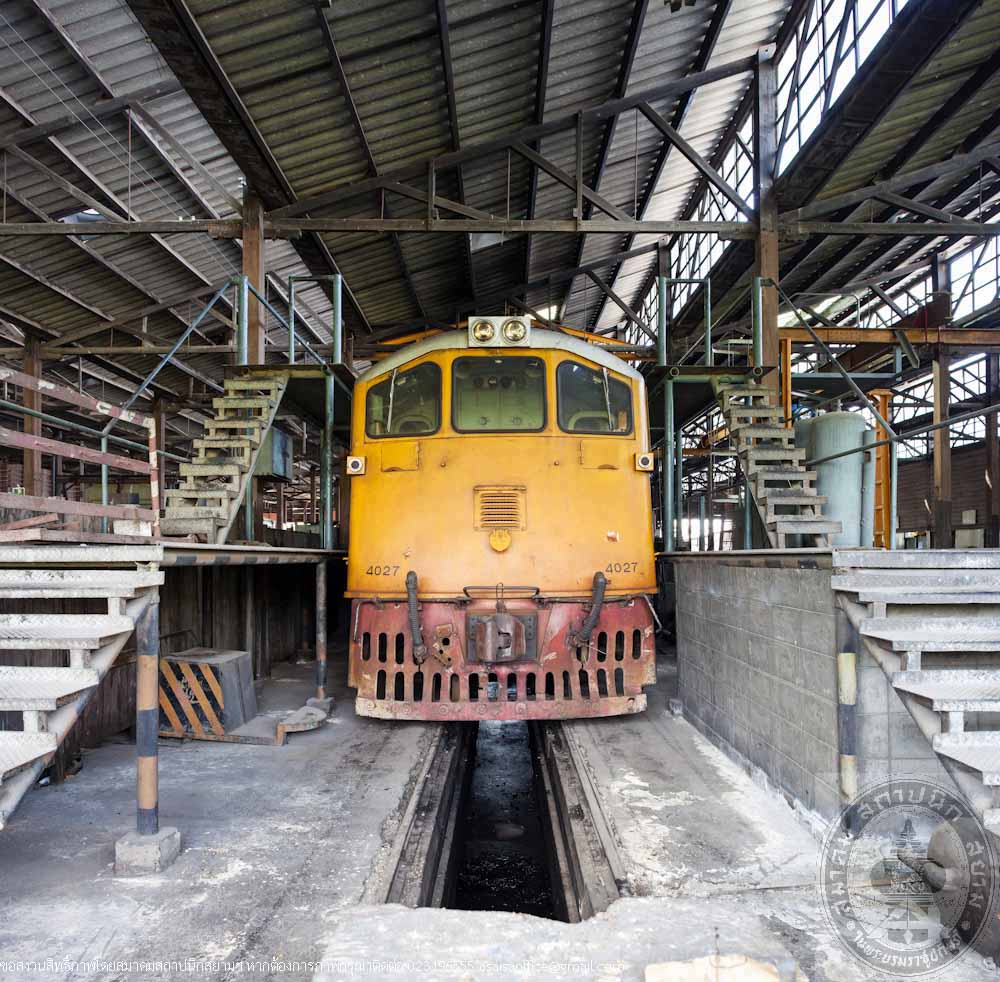
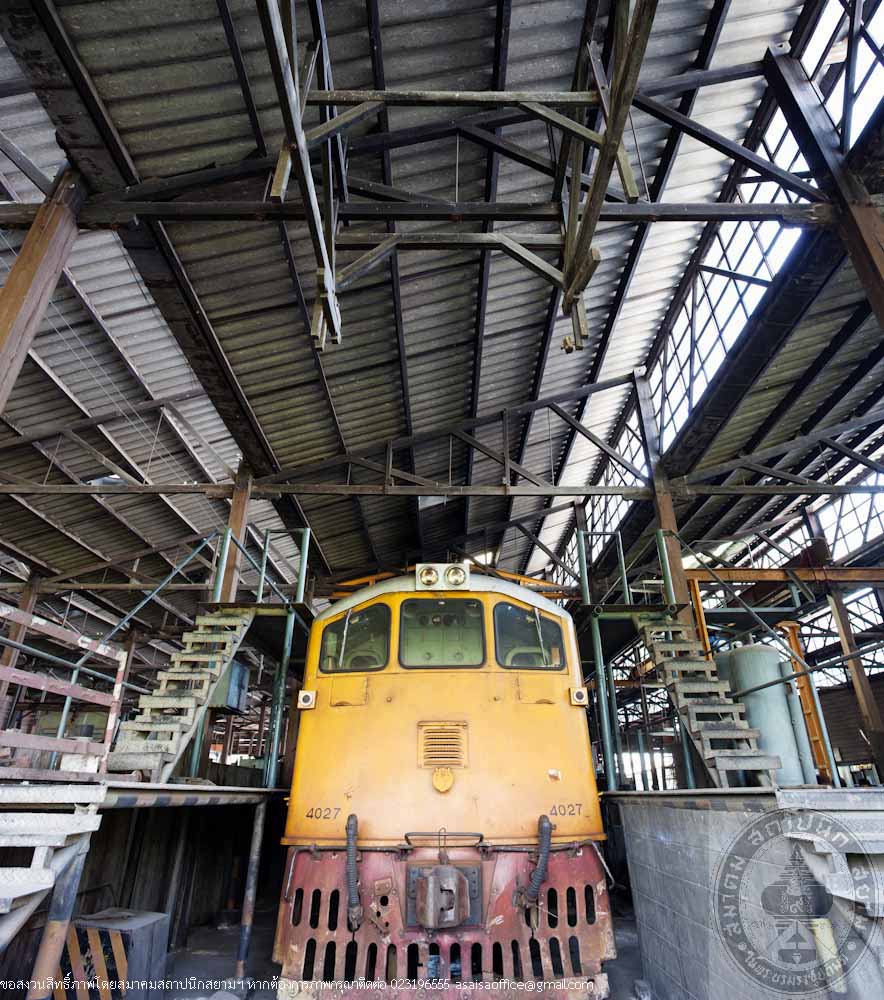
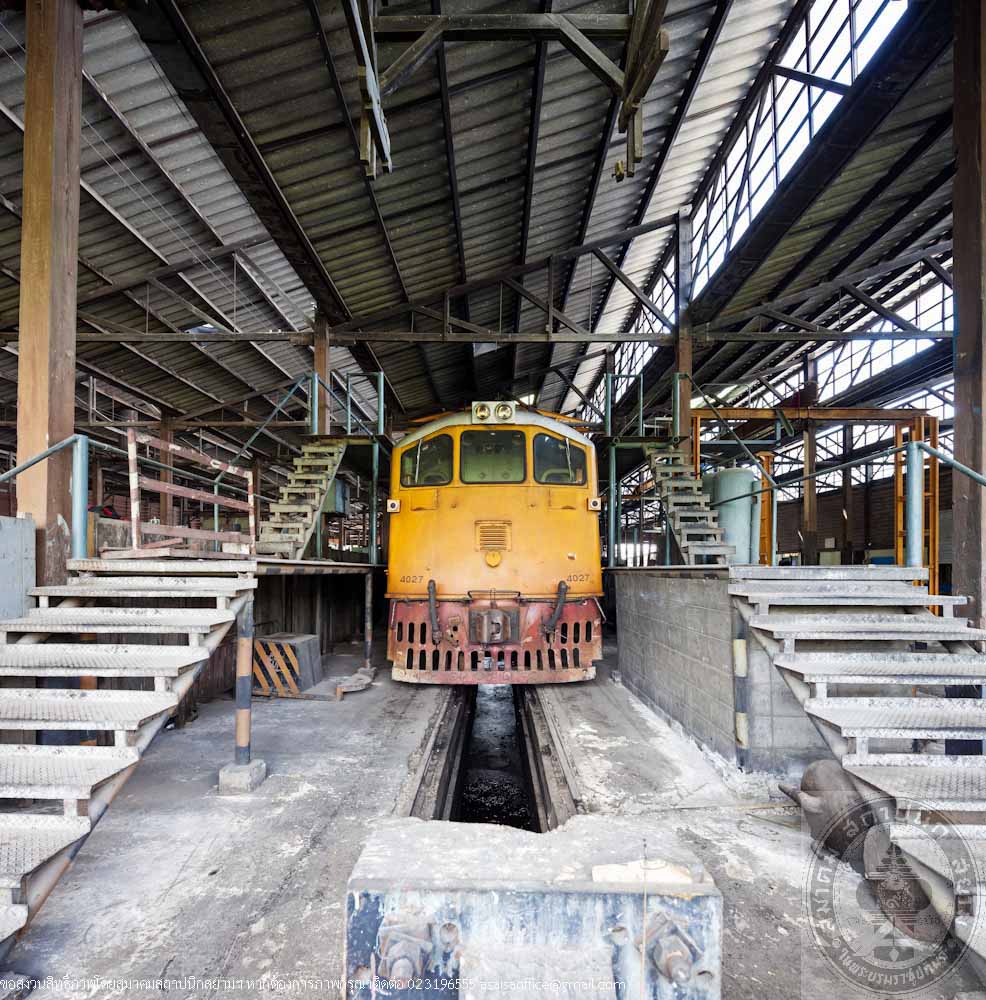
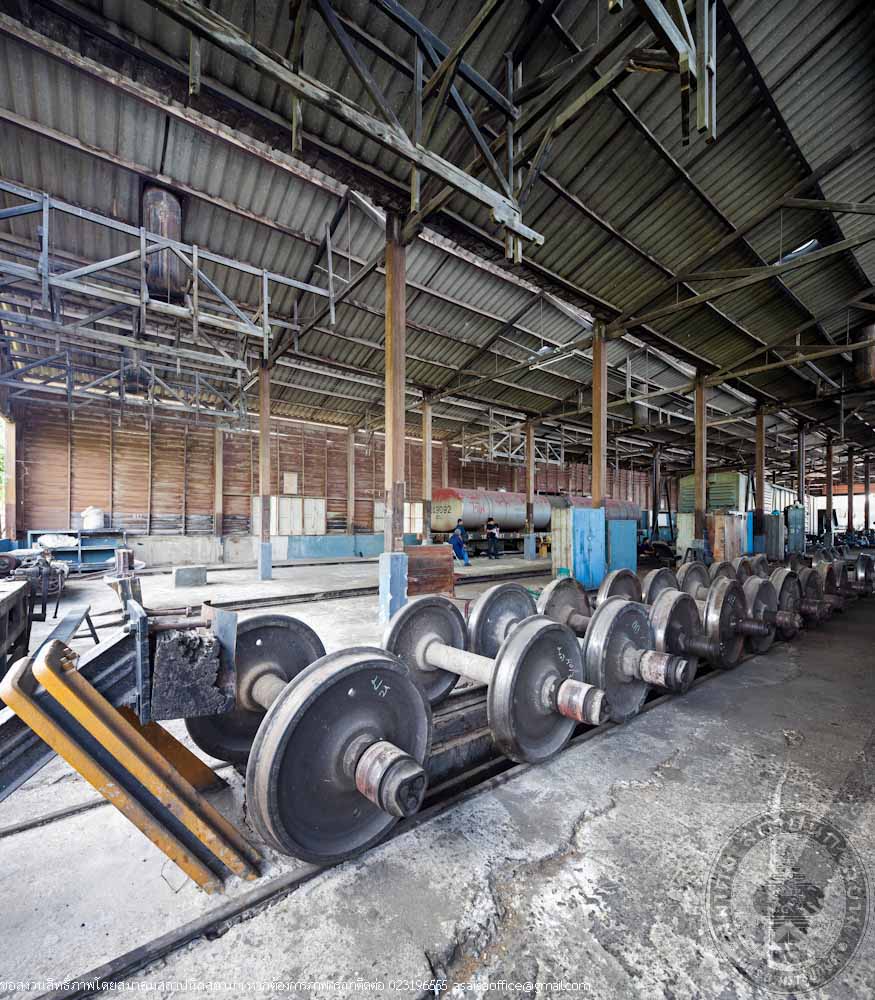
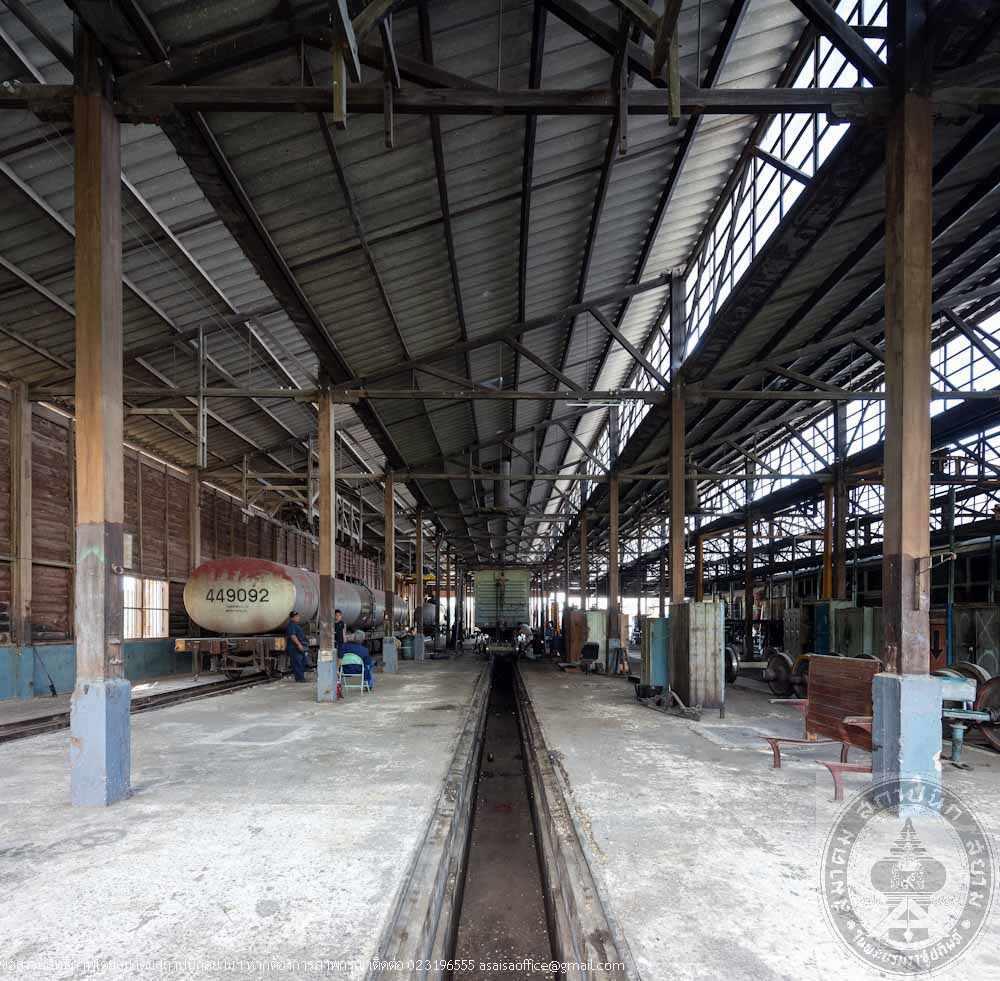
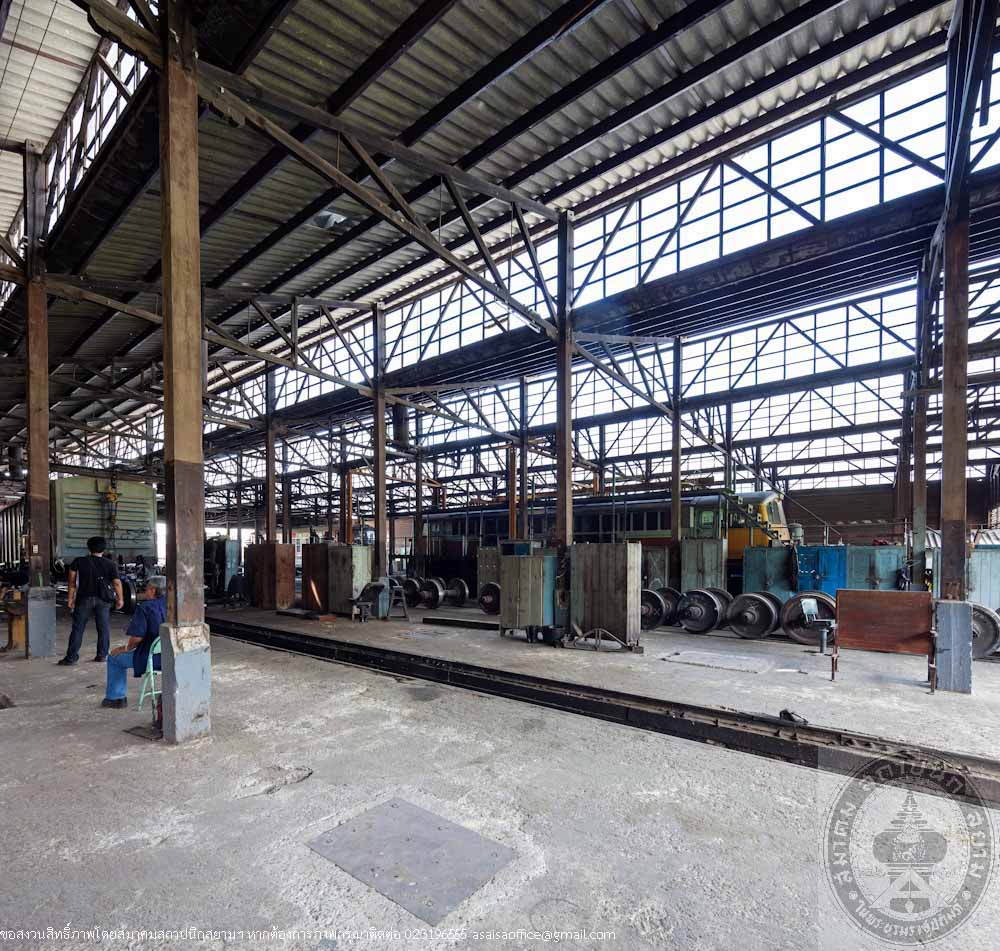
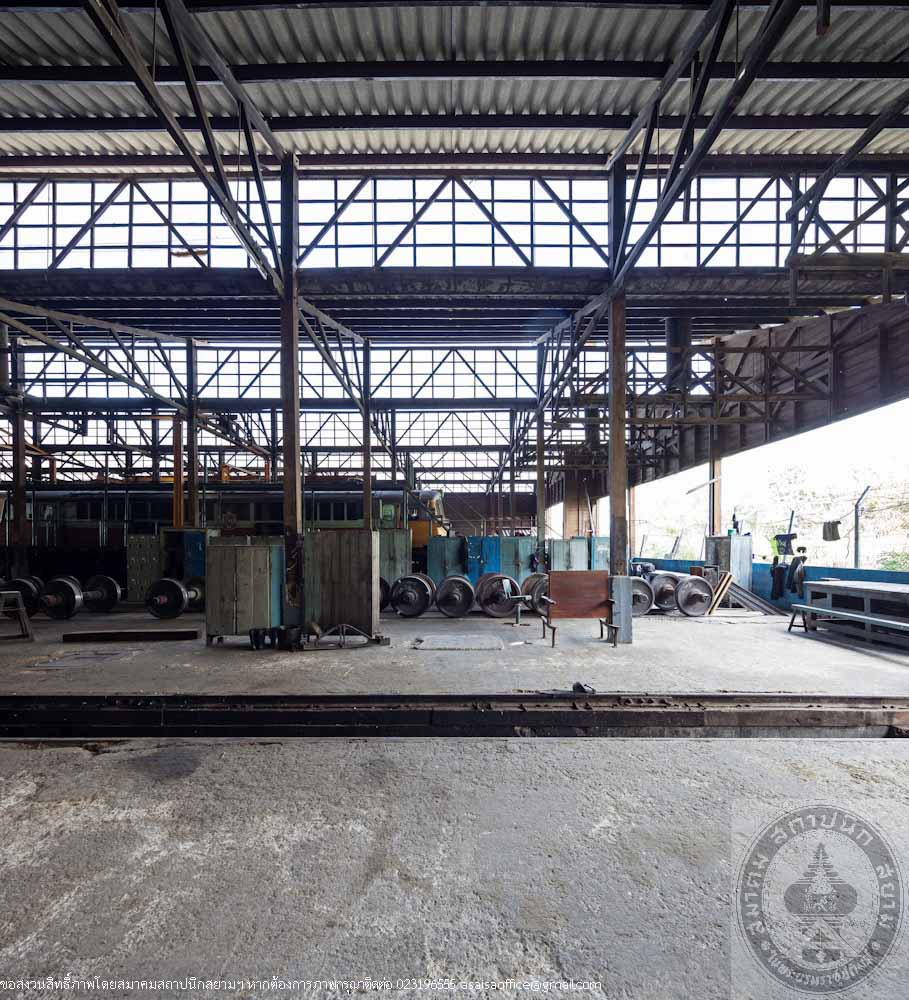
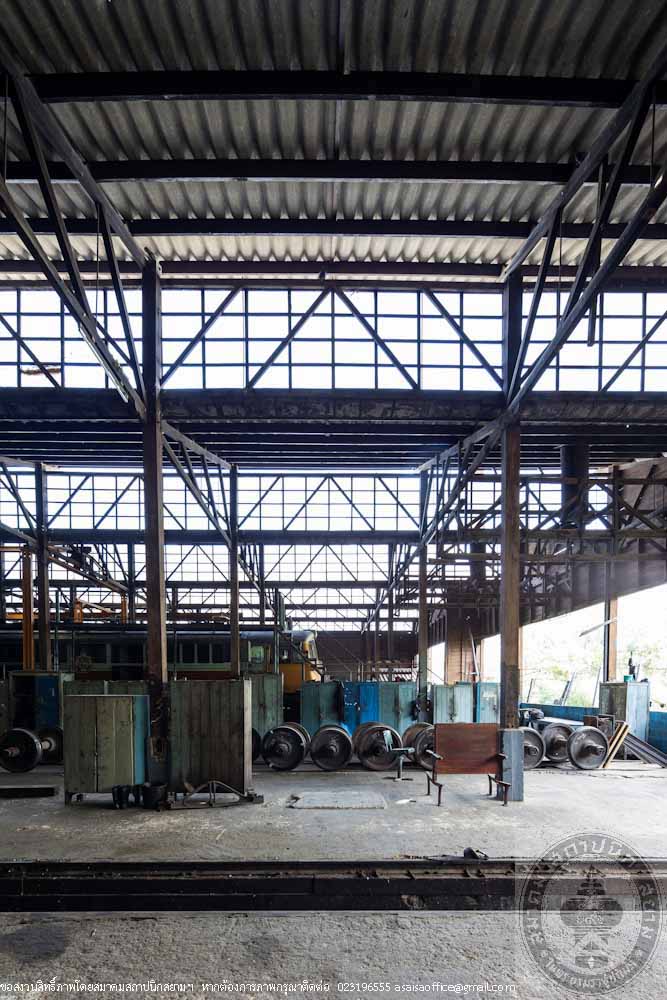
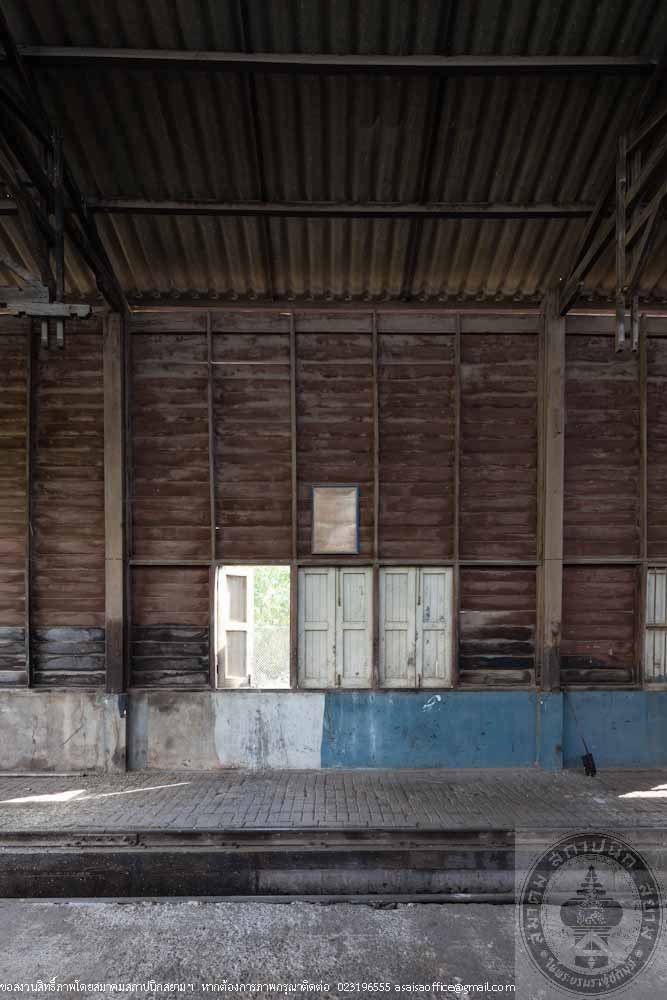
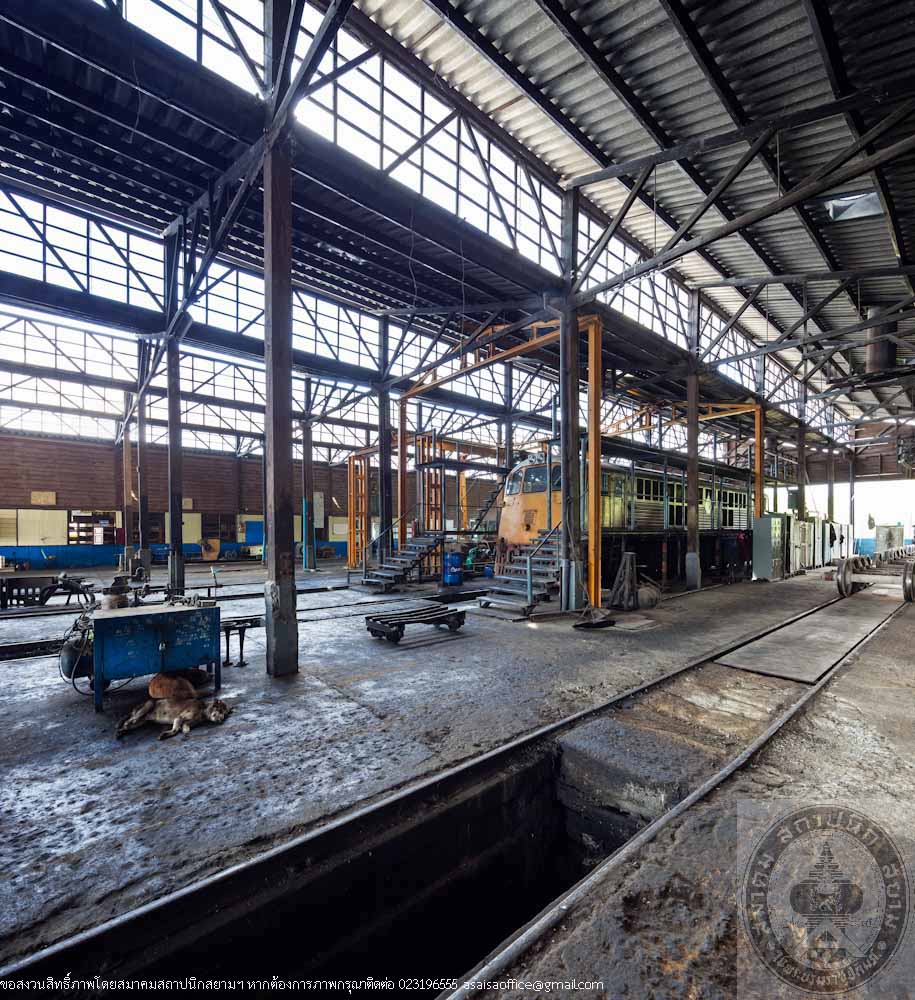
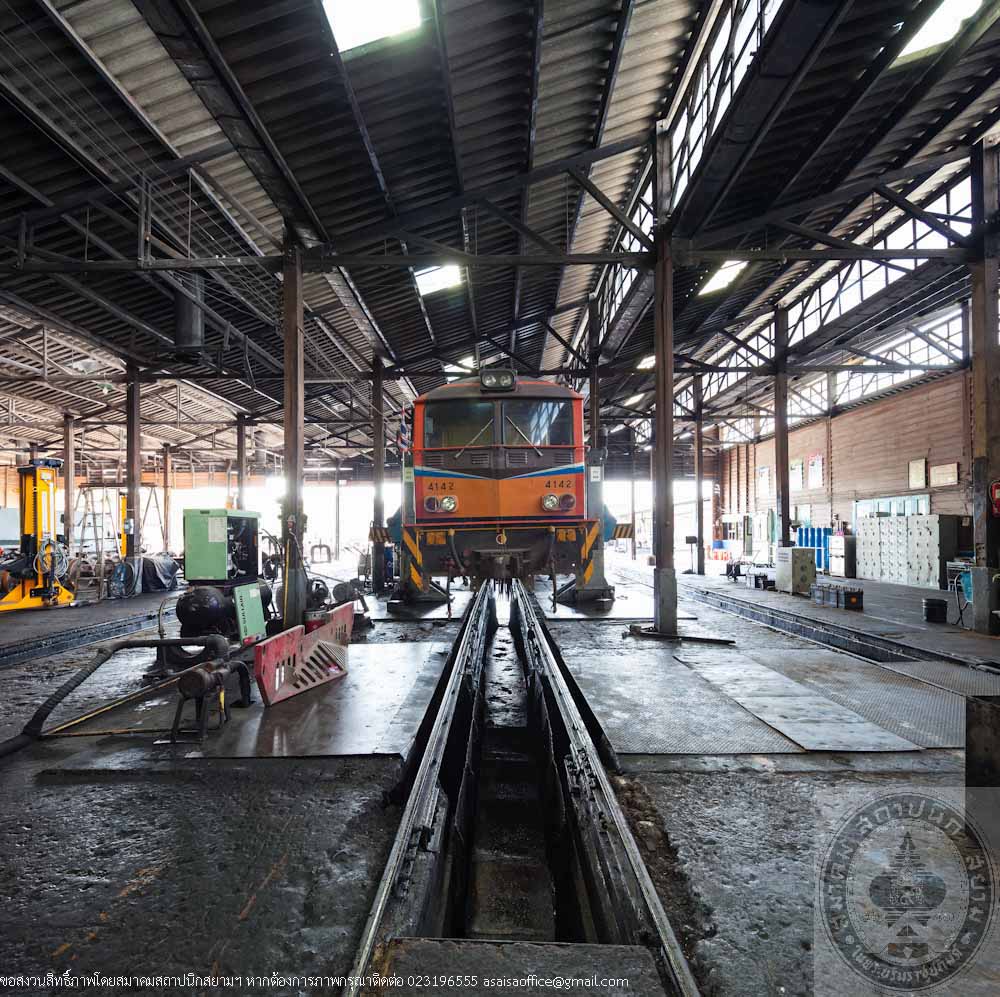
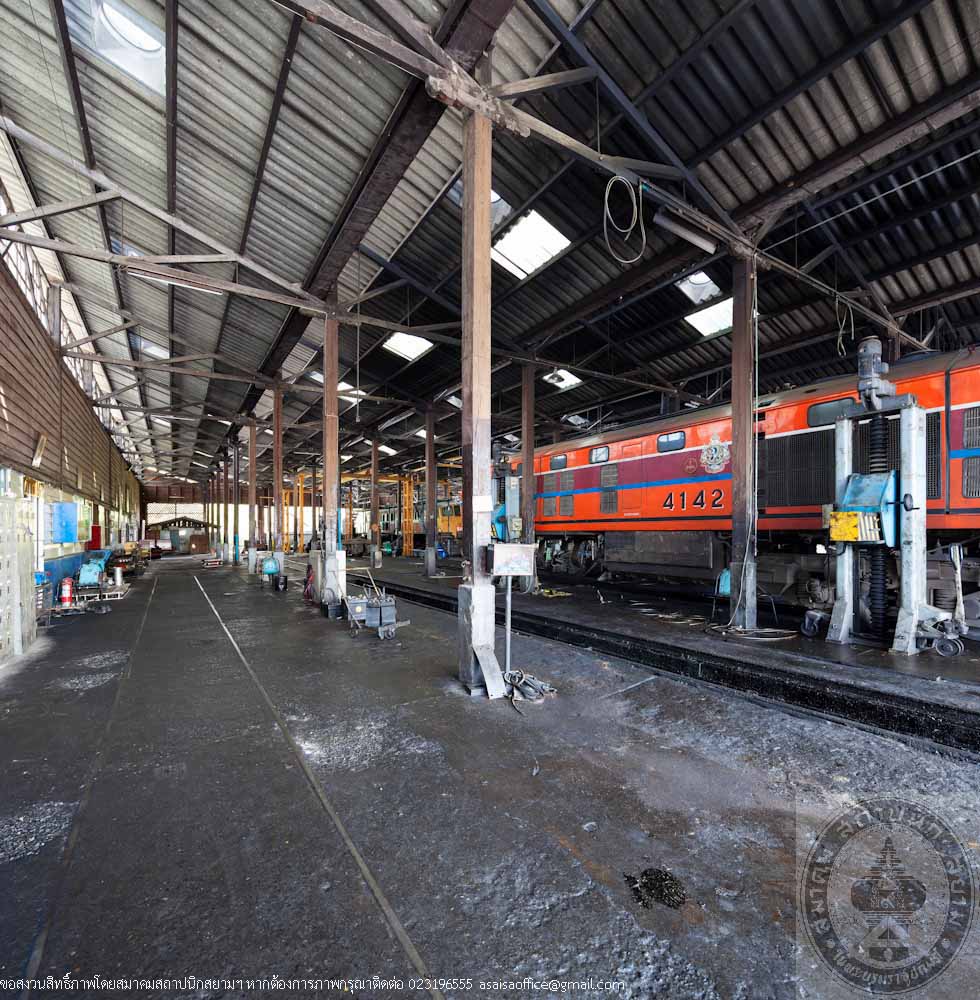
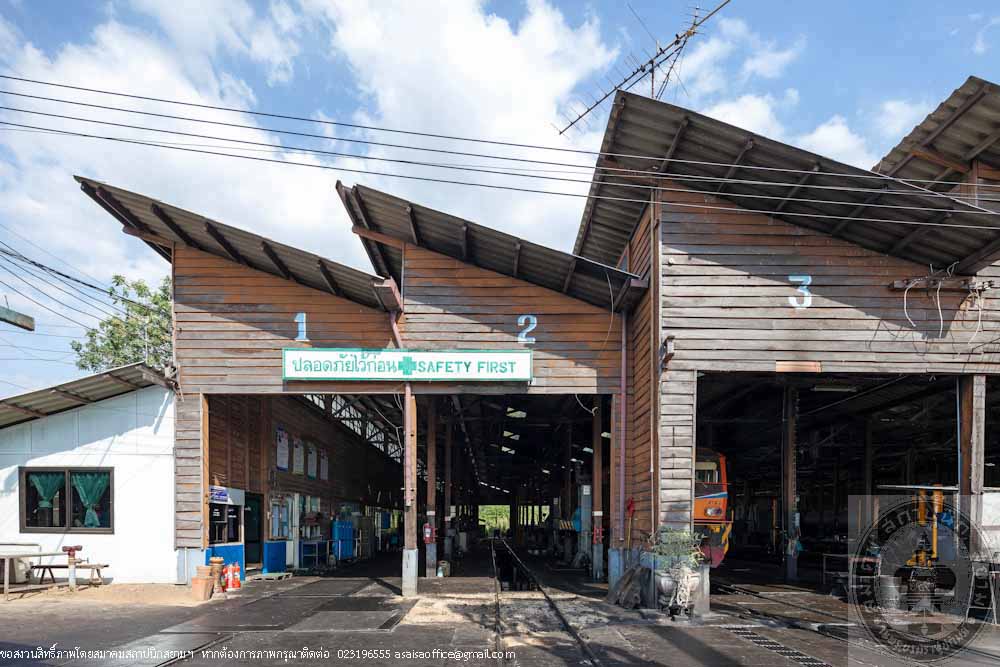
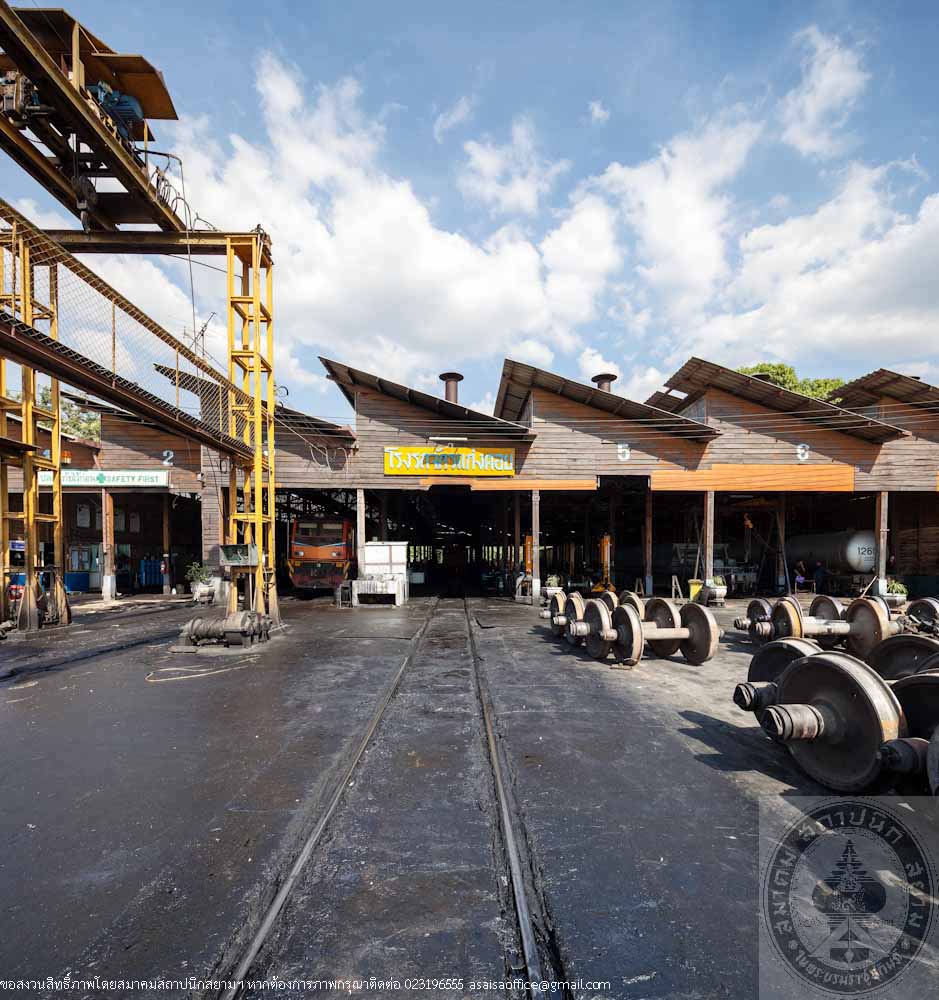
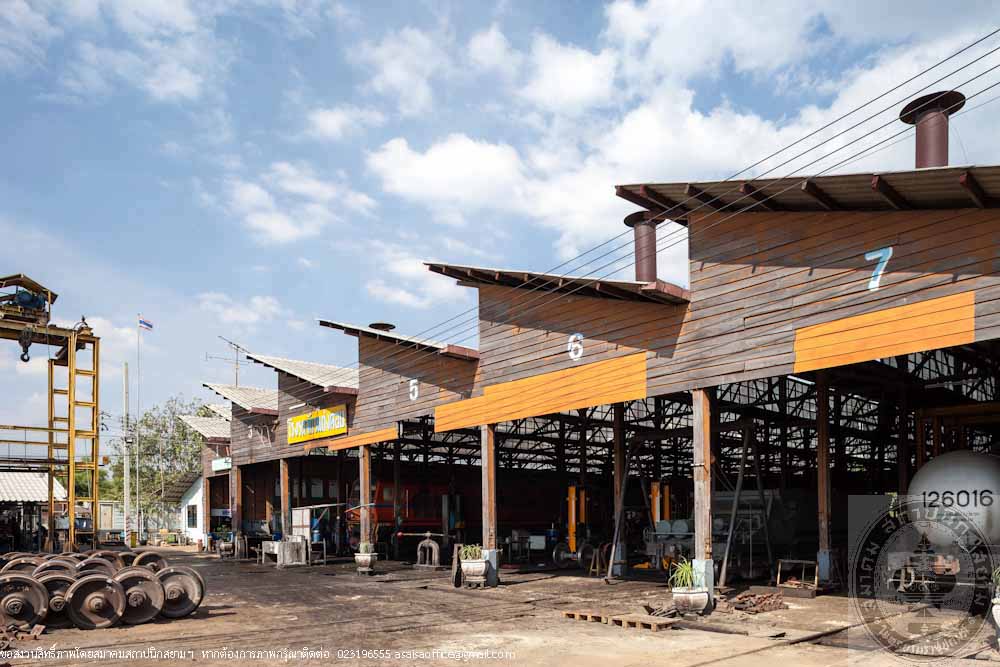
อาคารเกลียวหมู
อ่านเพิ่มเติม
อาคารเกลียวหมู
- ที่ตั้ง บริษัทปูนซิเมนต์ไทย จำกัด (มหาชน) เลขที่ 1 ถนนปูนซิเมนต์ไทย แขวงบางซื่อ เขตบางซื่อ กรุงเทพมหานคร
- สถาปนิก/ผู้ออกแบบ ไม่ปรากฏหลักฐาน
- ผู้ครอบครอง บริษัทปูนซีเมนต์ไทย จำกัด (มหาชน)
- ปีที่สร้าง พ.ศ. 2458
ประวัติ
อาคารเกลียวหมูก่อสร้างขึ้นในปี พ.ศ. 2458 พร้อมๆ กับการก่อตั้งโรงงานปูนซีเมนต์บางซื่อ เพื่อใช้เป็นอาคารลำเลียงถุงปูนซีเมนต์ลงเรือลากจูง ก่อนที่จะขนส่งไปทางคลองเปรมประชากร เพื่อออกสู่แม่น้ำเจ้าพระยาที่เขตสามเสนและขนส่งให้ลูกค้าต่อไป โดยชื่อของอาคารเกลียวหมูนั้น เอามาจากคำว่า “เกลียวหมู” ซึ่งเป็นชื่อเฉพาะทางการช่างสำหรับเรียกอุปกรณ์ลำเลียงที่มีลักษณะเป็นสายพานเหล็กเกลียว เชื่อมจากตัวอาคารลงมายังพื้นน้ำด้านล่างที่จะมีเรือมารอรับ
อาคารเกลียวหมูเป็นอาคารคอนกรีตเสริมเหล็ก ที่มีลักษณะสถาปัตยกรรมโดดเด่นเป็นทรงสี่เหลี่ยมคางหมูชั้นเดียวยกสูงจากพื้นน้ำเพื่อใช้เป็นที่จอดเรือบรรทุกปูนซีเมนต์ โดยมีโครงสร้างฐานตั้งอยู่ในน้ำ แล้วลาดเอียง (สอบเข้า) ไปถึงหลังคา ตรงกลางหลังคามีโครงสร้างก่อเป็นหอสูงทรงสอบเข้าเช่นกัน เพื่อใช้เป็นพื้นที่สำหรับยกแกนเกลียวหมูขึ้นลงตามการขึ้นลงของระดับน้ำในคลอง ผนังภายนอกอาคารด้านทิศเหนือ – ใต้ เป็นผนังระบายอากาศได้โดยใช้กระเบื้องบานเกล็ดเป็นวัสดุกรุผนัง ส่วนผนังด้านตะวันออก – ตะวันตก เป็นผนังทึบโดยใช้กระเบื้องหลังคาลอนใหญ่กรุผนัง ทางขึ้นลงเดิมเป็นบันไดคอนกรีตที่ลาดชัน จึงได้ทำบันไดเหล็กใหม่เพื่อความปลอดภัยและความสะดวกในการขึ้นลง
แต่เดิมอาคารเกลียวหมูมีอยู่ 2 หลัง เมื่อบทบาทของอาคารเกลียวหมูในฐานะเป็นอาคารลำเลียงถุงปูนได้ยุติลงในปี พ.ศ. 2515 การขนส่งปูนซีเมนต์ทางรถยนต์และรถไฟเป็นที่นิยมมากขึ้น ทางเอสซีจีจึงได้ตัดสินใจอนุรักษ์อาคารเกลียวหมูไว้ 1 หลัง โดยในส่วนของโครงสร้างภายนอกที่เป็นทรงสี่เหลี่ยมคางหมูยังคงรักษาสภาพไว้เหมือนเดิม แต่ภายในนั้นได้มีการปรับปรุงและตกแต่งเพิ่มเติม เพื่อใช้เป็นหอจดหมายเหตุของเอสซีจี ที่มีการจัดเอกสารไว้อย่างเป็นระบบให้ง่ายต่อการค้นคว้าหาข้อมูล และในอนาคตยังมีแผนการจะทำเป็น SCG Heritage World จัดแสดง Living Exhibition เพื่อเผยแพร่ข้อมูลประวัติศาสตร์ของเอสซีจีต่อไป
Kleow Moo Loading center
- Location Siam Cement Public Company Limited 1 Siam Cement Road, Bangsue, Bangkok
- Architect Designer Unknown
- Owner Siam Cement Public Company Limited
- Year Built 1915
History
Kleow Moo Building was built in 1915, the same time Bangsue Cement Factory was established, to be the building in which bags of cement are conveyed onto tugboats to be transported down Klong Prem Prachakon to Chao Phraya River in Sam Sen District before being distributed to customers. The name Kleow Moo Building derived from the Thai technical term “Kleow Moo” used to describe a screw-like metal conveyor belt that runs from inside the building down to the waiting area on the water below.
Kleow Moo building is a steel reinforced structure with an outstanding architecture. A single story trapezoid shaped building raised above the water surface is used in docking cement carrier ships. With the base structure located in the water and sloped down (inwardly tapered) to the roof. The center of the roof stood a tall tower, also tapered inward. The tower is used in lifting the conveyor axis up and down according to the water level in the canal. The use of louver tile siding on the north and south exterior walls provide ventilation. The east and west wall enclosed with large solid carved tiles. New steel stairs replaced the old steep concrete stairs for safety and convenience.
Originally Kleow Moo Building consists of two buildings. When the conveyor building became dysfunctional in 1972 as the transporting of cement by car on rail became popular. SCG decided to preserve one of the two Kleow Moo buildings. The trapezoid exterior structure remains in its original condition while the area inside were modified and renovated into SCG Archives. All of the documentations are properly systematically filed for ease of use. There is a plan to set up SCG Heritage World with Living Exhibition to continue to broadcast SCG history
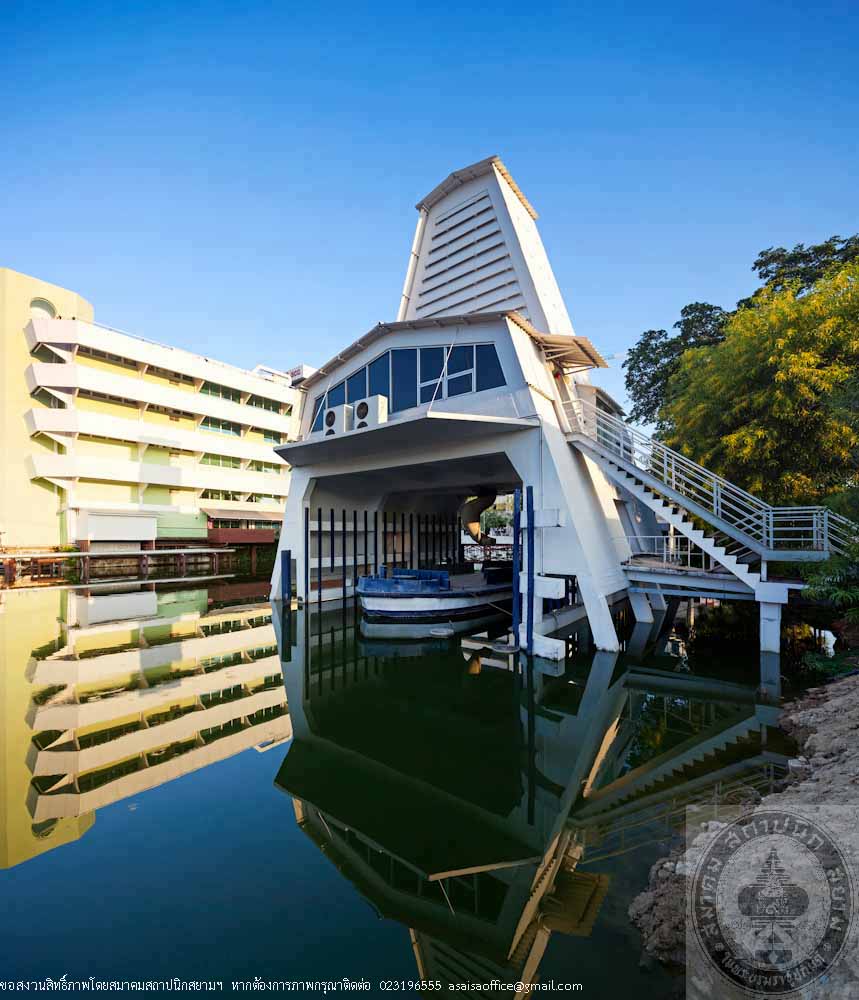
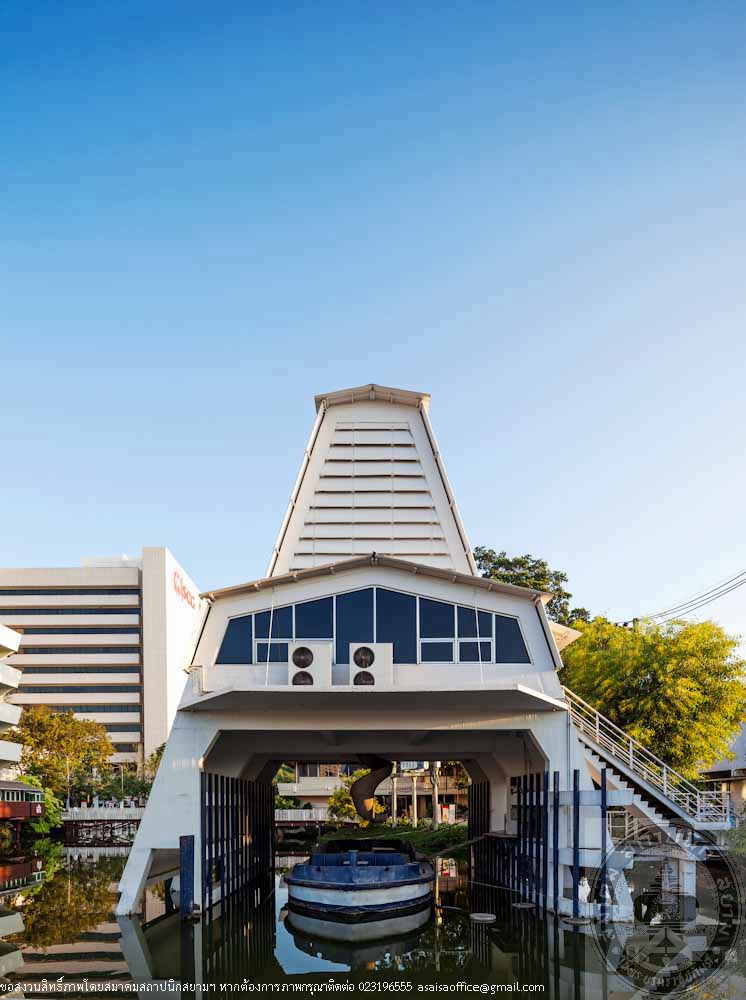
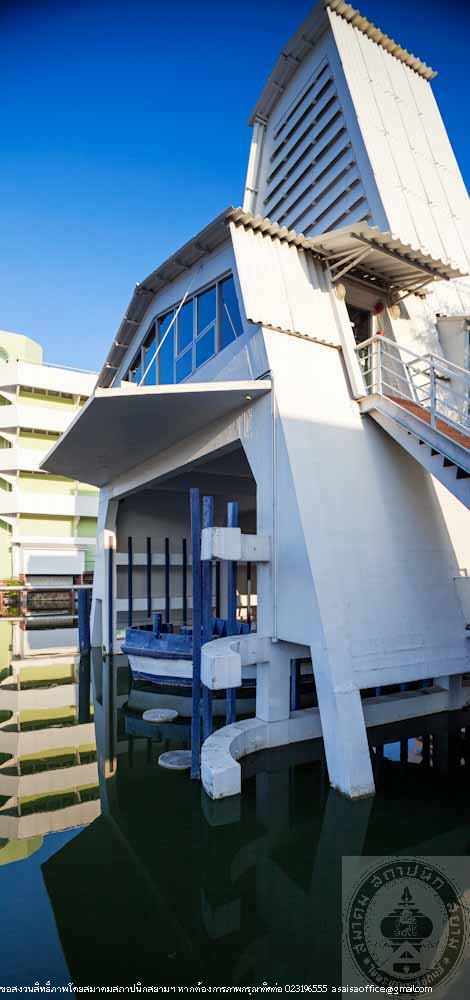
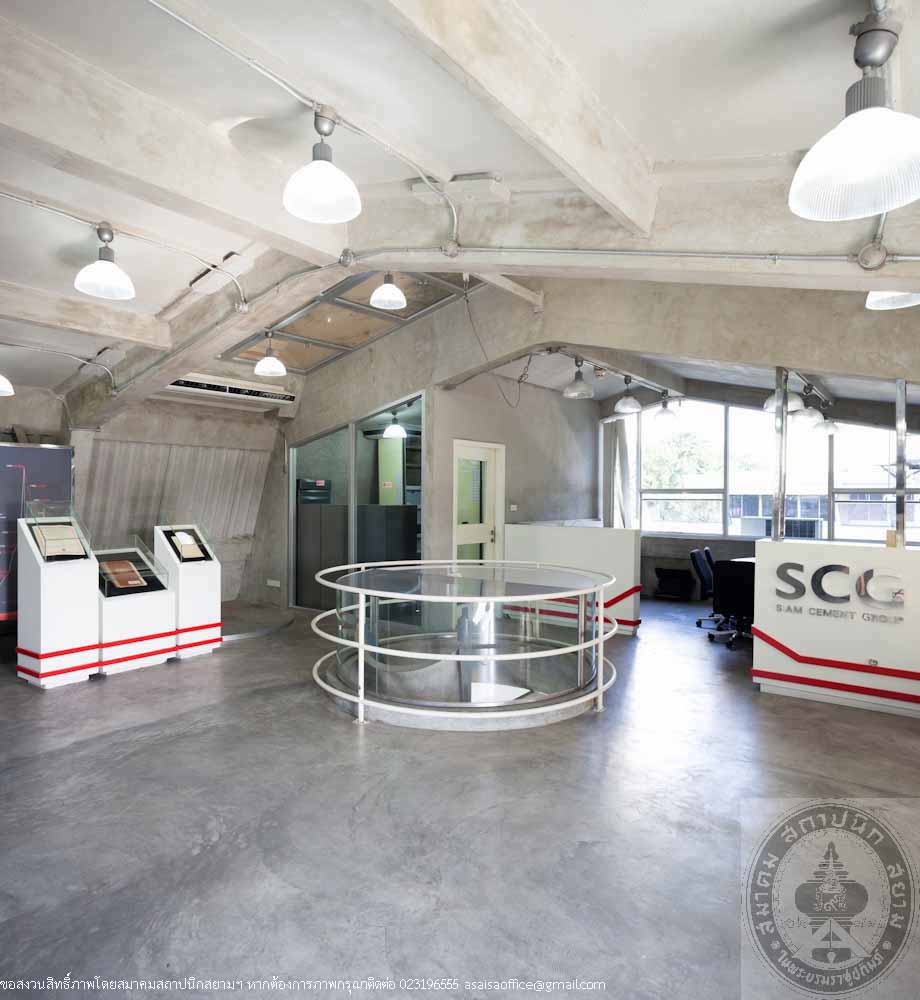
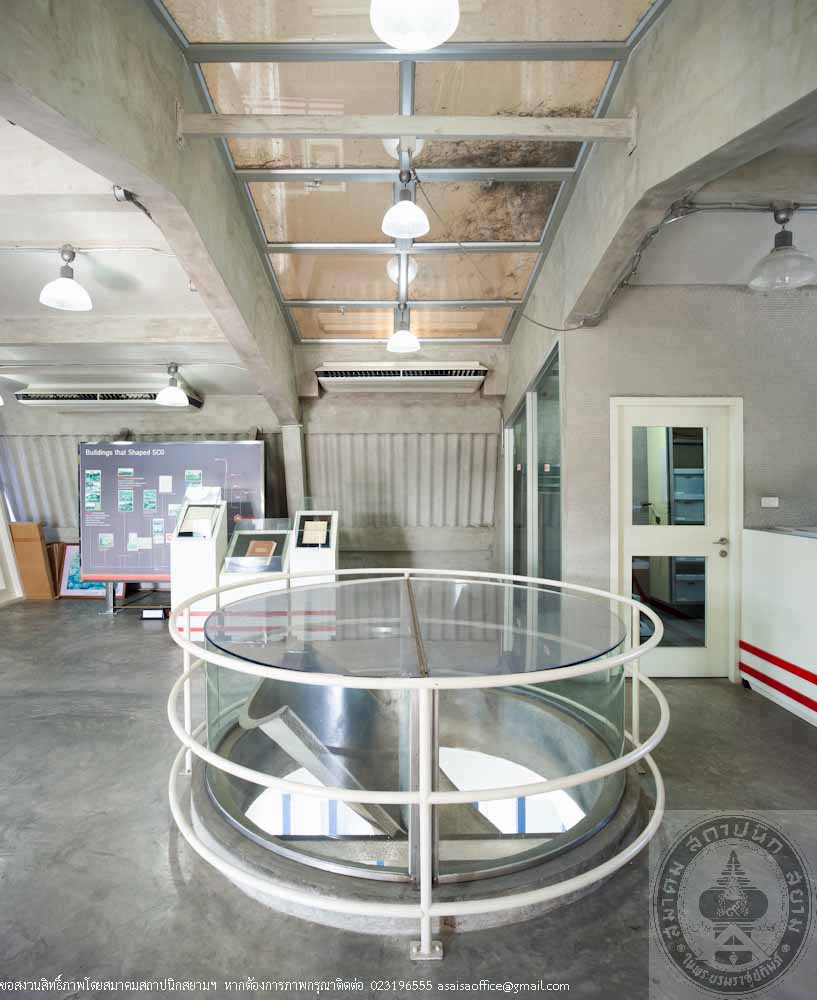
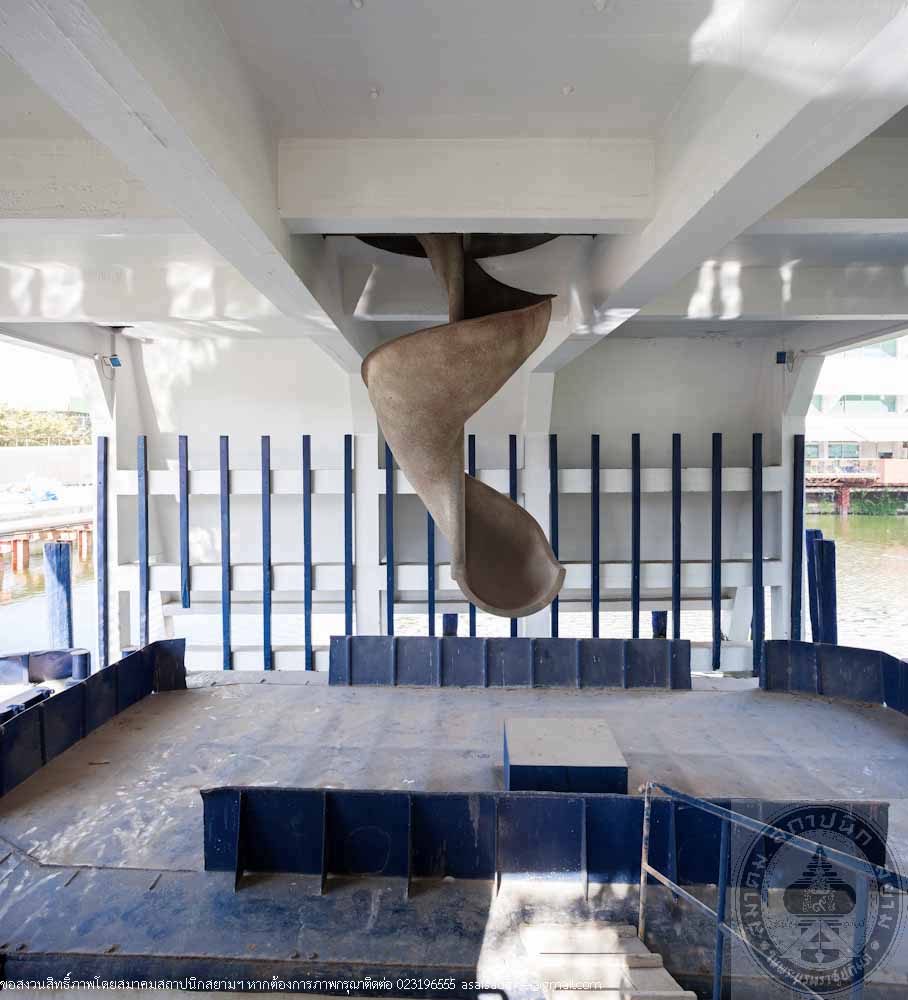
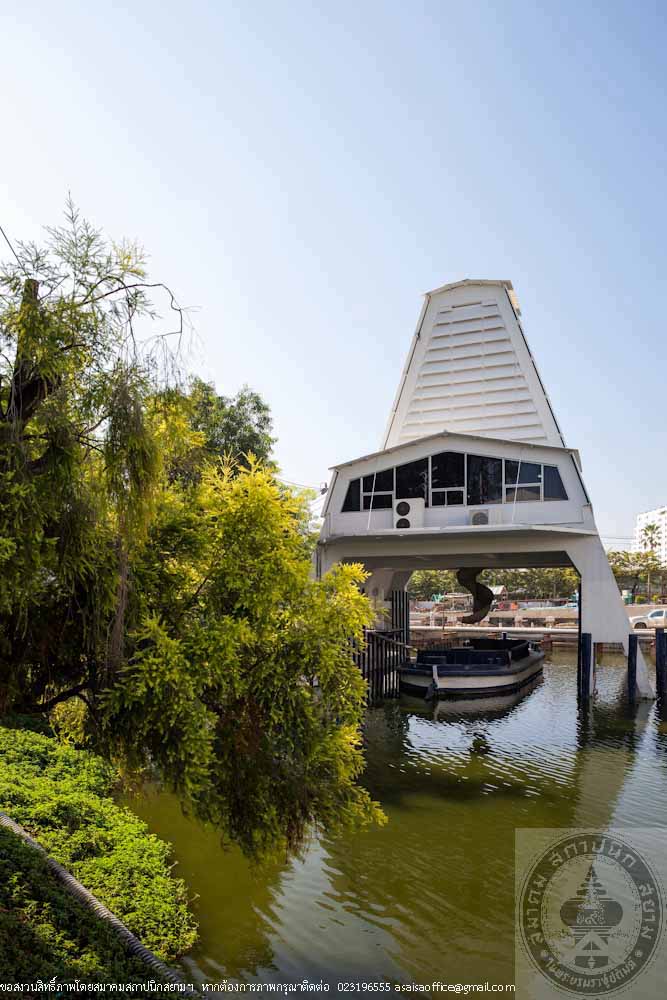
พระที่นั่งคูหาคฤหาสน์ ถ้ำพระยานคร
อ่านเพิ่มเติม
พระที่นั่งคูหาคฤหาสน์ ถ้ำพระยานคร
- ที่อยู่ ถ้ำพระยานคร ตำบลเขาสามร้อยยอด อำเภอสามร้อยยอด จังหวัดประจวบคีรีขันธ์
- ผู้ออกแบบ พลเรือโท พระวรวงศ์เธอ พระองค์เจ้าขจรจรัสวงษ์ กรมหมื่นปราบปรปักษ์ (หม่อมเจ้าขจร มาลากุล)
- ปีที่สร้าง พ.ศ.2433
- ปีที่ได้รับรางวัล พ.ศ.2556
- ผู้ครอบครอง ตั้งอยู่ในเขตพื้นที่ของอุทยานแห่งชาติเขาสามร้อยยอด
ประวัติ
พระที่นั่งคูหาคฤหาสน์ ตั้งอยู่ภายในถ้ำพระยานคร บนไหล่เขาลูกหนึ่งของทิวเขาสามร้อยยอดในพื้นที่เขตอุทยานแห่งชาติเขาสามร้อยยอด อำเภอสามร้อยยอด จังหวัดประจวบคีรีขันธ์ ที่มาของชื่อ “ถ้ำพระยานคร” กล่าวกันว่าเนื่องจากพระยานครผู้ครองเมืองนครศรี ธรรมราชเป็นผู้ค้นพบ แต่ยังไม่ทราบแน่ชัดว่าเป็นพระยานครท่านใด ระหว่างพระยานครซึ่งมีชีวิตอยู่ในช่วงสมัยกรุงศรีอยุธยาในรัชสมัยสมเด็จพระ นารายณ์มหาราช (พ.ศ.2199–2231) พระยานครผู้นี้ได้สั่งประหารศรีปราชญ์ที่ถูกเนรเทศไปอยู่เมืองนครศรีธรรมราช โดยมิได้รับพระบรมราชานุญาต ในระหว่างเดินทางไปเข้าเฝ้าได้แวะพักหลบคลื่นลมและหนีพระราชอาญาไปอยู่ที่ ถ้ำแห่งนี้แต่สุดท้ายก็ถูกจับประหารชีวิต ส่วนพระยานครอีกท่านหนึ่งมีชีวิตอยู่ในสมัยรัชกาลที่ 1 แห่งกรุงรัตนโกสินทร์ไทยมีสงครามกับพม่า(ตรงกับสมัยพระเจ้าปดุง)พระยานครถูก พม่าหลอกว่าตีเมืองแตกจึงหลบหนีไป ต่อมาเมื่อสอบสวนได้ความจริงแล้ว โปรดเกล้าฯ ให้กลับไปครองเมืองนครศรีธรรมราชตามเดิม ระหว่างเดินทางเกิดคลื่นลมจัดจึงหลบขึ้นไปบนเขา ทำให้พบถ้ำแห่งนี้
พระบาทสมเด็จพระจอมเกล้าเจ้าอยู่หัว (รัชกาลที่ 4) เสด็จประพาสยังถ้ำพระยานครเมื่อปี พ.ศ. 2402 ในคราวเสด็จพระราชดำเนินมณฑลปักษ์ใต้ ซึ่งในคราวนี้ได้มีการสร้าง “ ศาลาบ่อน้ำ ” ขึ้น ที่บริเวณอ่าวชายทะเล ลักษณะเป็นศาลาเครื่องไม้มุงกระเบื้องดินเผา ขนาดความกว้าง 10 ศอก มีทั้งหมด 3 ห้อง พื้นศาลาทั้งหมดโบกปูน ห้องกลางของศาลามีบ่อน้ำจืด 1 บ่อ ลักษณะเป็นบ่อขุดทรงกลม ขนาดความกว้างประมาณ 4 ศอก ลึก 6 ศอก ก่ออิฐเป็นขอบโดยรอบตั้งแต่ท้องบ่อขึ้นมา และทางเดินเรียงด้วยก้อนศิลาระยะทางประมาณ 10 เส้นเป็นทางขึ้นเขา บ่อน้ำที่ชายทะเลนี้แต่เดิมเรียกกันว่า “ บ่อพระยานคร ”
ในรัชสมัยพระบาทสมเด็จพระจุลจอมเกล้าเจ้าอยู่หัว (รัชกาลที่ 5) ได้เสด็จถ้ำพระยานคร ในคราวเสด็จประพาสแหลมมลายูเมื่อปี พ.ศ.2433 แล้วโปรดเกล้าฯ ให้สร้างพลับพลาที่ประทับ โดยโปรดเกล้าฯให้พระองค์เจ้าขจรจรัสวงศ์ จัดทำขึ้นที่กรุงเทพฯ โดยแล้วส่งไปก่อสร้างในถ้ำ เมื่อวันที่ 20 มิถุนายน พ.ศ.2433 ได้เสด็จไปยกช่อฟ้าพลับพลาที่ประทับ และพระราชทานนามว่า “พระที่นั่งคูหาคฤหาสน์” ในการนี้ได้ลงพระปรมาภิไธยย่อ จ.ป.ร.ไว้ที่ผนังถ้ำด้านเหนือของพลับพลาด้วย กรมศิลปากรได้ประกาศขึ้นทะเบียนพระที่นั่งคูหา คฤหาสน์เป็นโบราณสถานของชาติในราชกิจจานุเบกษา เล่ม 69 ตอนที่ 60 เมื่อวันที่ 30 กันยายน 2495
ในสมัยพระบาทสมเด็จพระมงกุฎเกล้าเจ้าอยู่หัว (รัชกาล ที่ 6) กล่าวกันว่าเคยเสด็จที่ถ้ำพระยานครครั้งหนึ่งแต่ไม่ระบุว่าปีใด พระบาทสมเด็จพระปกเกล้าเจ้าอยู่หัว (รัชกาลที่ 7) ได้เสด็จพระราชดำเนินไปประทับที่พระที่นั่งคูหาคฤหาสน์เมื่อวันที่ 20 พฤศจิกายน พ.ศ.2469 และได้จารึกพระปรมาภิไธยย่อ ป.ป.ร. ไว้ที่ผนังถ้ำด้านตะวันตกของพลับพลา และพระบาทสมเด็จพระเจ้าอยู่หัวภูมิพลอดุลยเดช เสด็จพระราชดำเนินยังพระที่นั่งคูหาคฤหาสน์เป็นการส่วนพระองค์ ในวันที่ 22 มิถุนายน พ.ศ.2501
ลักษณะสถาปัตยกรรมเป็นอาคารพลับพลาทรงจตุมุข ขนาดความกว้าง 1.75 เมตร ความยาว 7.75 เมตร ความสูง 2.55 เดิมยกใต้ถุนสูงประมาณ 0.50 ม. เป็นอาคารโครงสร้างไม้ หลังคาซ้อนสองชั้นมุงด้วยแผ่นโลหะ หน้าจั่วประดับเครื่องลำยองประกอบด้วย ช่อฟ้า ใบระกา หางหงส์ ทำด้วยไม้สลักลายประดับกระจก ตามรูปแบบของงานสถาปัตยกรรมไทยประเพณี ที่หน้าบันมุขทุกด้านประดับกระจกเป็นลวดลายไทย ฝ้าเพดานภายในเขียนลายดาว
Kuhakaruhat Mansion, Phraya Nakhon Cave
- Location Phraya Nakhon Cave, Kao Samroi Yod, Samroi Yod, Prachuap Khiri Khan >
- Designer Vice Admiral Prince Kachoncharaswong (Mom Chao Kachon Malakul)
- Year Built 1890
- Award Year 2013
- Owner Located in Khao Sam Roi Yot National Park
History
Kuhakaruhat Mansion is located inside Phraya Nakhon Cave on one of the hillsides of Khao Samroi Yod range in Khao Samroi Yod National Park, Prachuap Khiri Khan. The history behind the name of the cave was that the cave was discovered by Phraya Nakhon, Governor of Nakhon Sri Thammarat. However, there is no clear evidence as to which Phraya Nakhon between Phraya Nakhon from Ayuthaya period, in the reign of King Narai the Great (1656-1688.) This Phraya Nakhon was the one who had Sri Prach executed when he was in exile in Nakhon Sri Thammarat without the royal consent. On his way to appear before His Royal Highness, he sought shelter during a strong wind and escaped to hide in this cave. He was finally caught and executed. Another Phraya Nakhon lived in the reign of King Rama I of Rattanakosin era. At the time, Thai was at war with Burma (during the Burmese reign of King Padung) Phraya Nakhon received false information from the Burmese that the Burmese had defeated Thai and fled. He was later investigated and when the truth revealed, H.M. the King allowed him to return to dominate Nakhon Sri Thammarat. On his way back, there was a strong wind that he had to find shelter on the mountain and that was how he discovered this cave.
His Majesty King Mongkut (Rama 4) stopped by at Phraya Nakhon Cave in 1859 on his way to visit the southern precinct. At this time, “Sala Bo Nam” was built in the beach bay area. The pavilion was built of wood and terra cotta tiles. The pavilion is 10 cubit wide and consists of three rooms with concrete flooring throughout. The center room has a well. A round man-made well of about 4 cubit wide and 6 cubit deep was a brick structure all around and from the bottom of the well with stone walkway of about 400 meters long going up the mountain. This beachside well was once called “Phraya Nakhon Well”
King Chulalongkorn (Rama V) also visit Phraya Nakhon cave on his way to visit Malayu Peninsula in 1890. H.M. King Chulalongkorn ordered the construction of a pavilion. He had Prince Kachoncharaswong built the pavilion in Bangkok and rebuild it in the cave. On June 20, 1890, H.M. King Chilalongkorn attended the ceremony of mounting the gable end finial and named the pavilion, “Kuhakaruhat Mansion.” He also engraved his monograms on the cave wall to the north of the pavilion. The Fine Arts Department announced the registration of Kuhakaruhat Mansion as nation historical monument in the Government Gazette Vol. 69, Part 60, dated September 30, 1952.
It was told that King Rama VI had also visited Phraya Nakhon Cave once but did not indicate the year. His Majesty King Prajadhipok (Rama VII) stayed at Kuhakaruhat Mansion on November 20, 1926 and inscribed his monograms on the cave wall on the west side of the pavilion. H.M. King Bhumibol Adulyadej made unofficial visit to Kuhakaruhat Mansion on June 22, 1958.
A tetrahedron pavilion, 1.75 meter wide, 7.75 meter long and 2.55 meter tall, the floor used to be elevated about 0.50 meter above ground. Wood structure, double roof and covered with metal sheet. Gable decorated with the roof ornaments including Cho Fah, Bai Raka, Hang Hong made from carved wood embellished with glass according to Traditional Thai architectural style that all pediments on all side of the porch are to be decorated with Thai patterned glass work as well as star painting on interior ceiling.
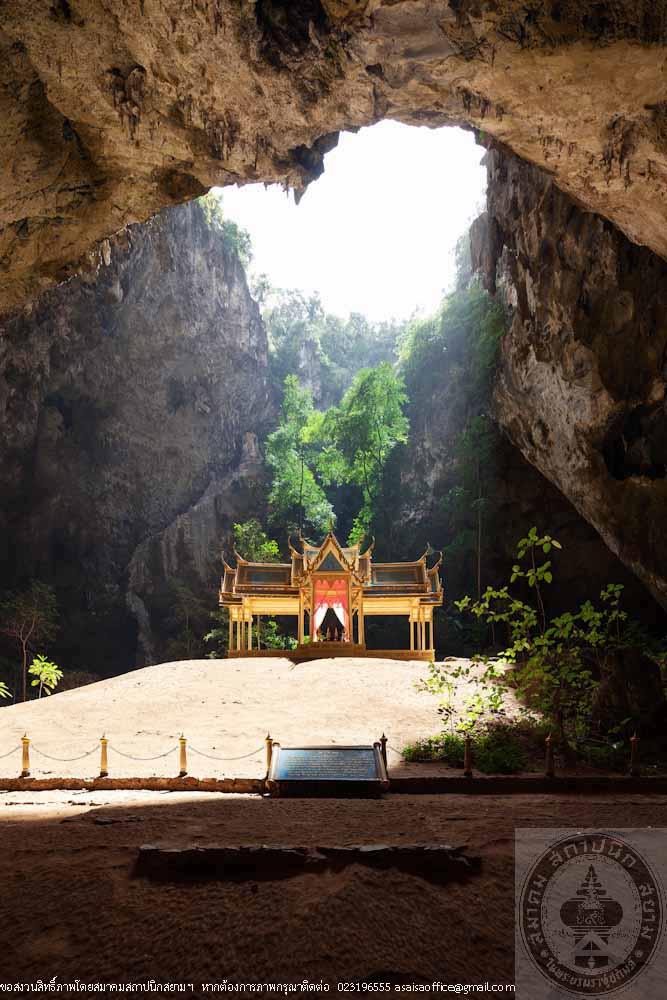
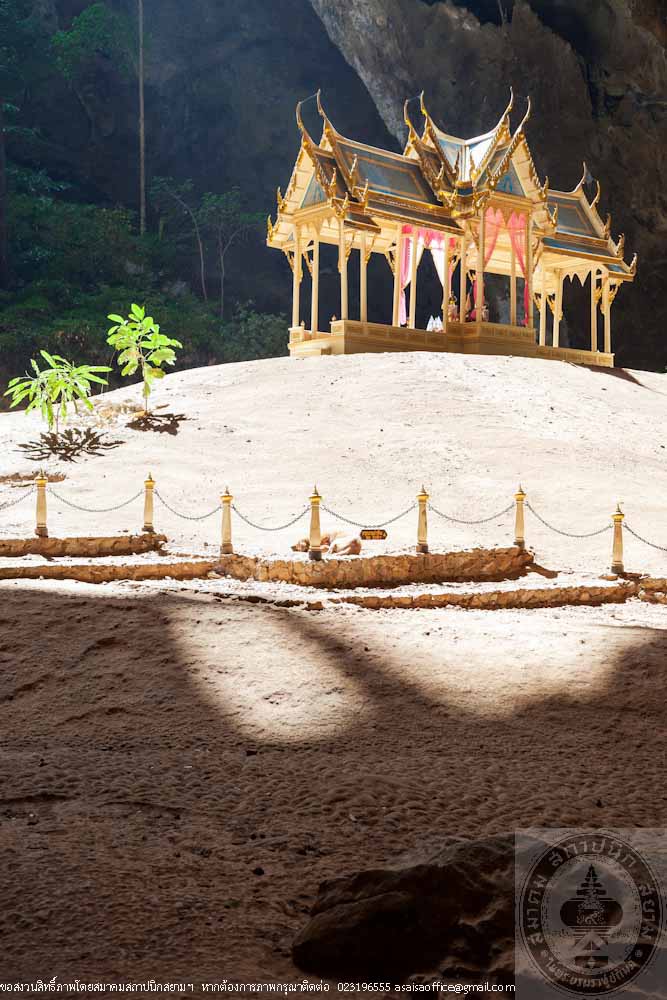
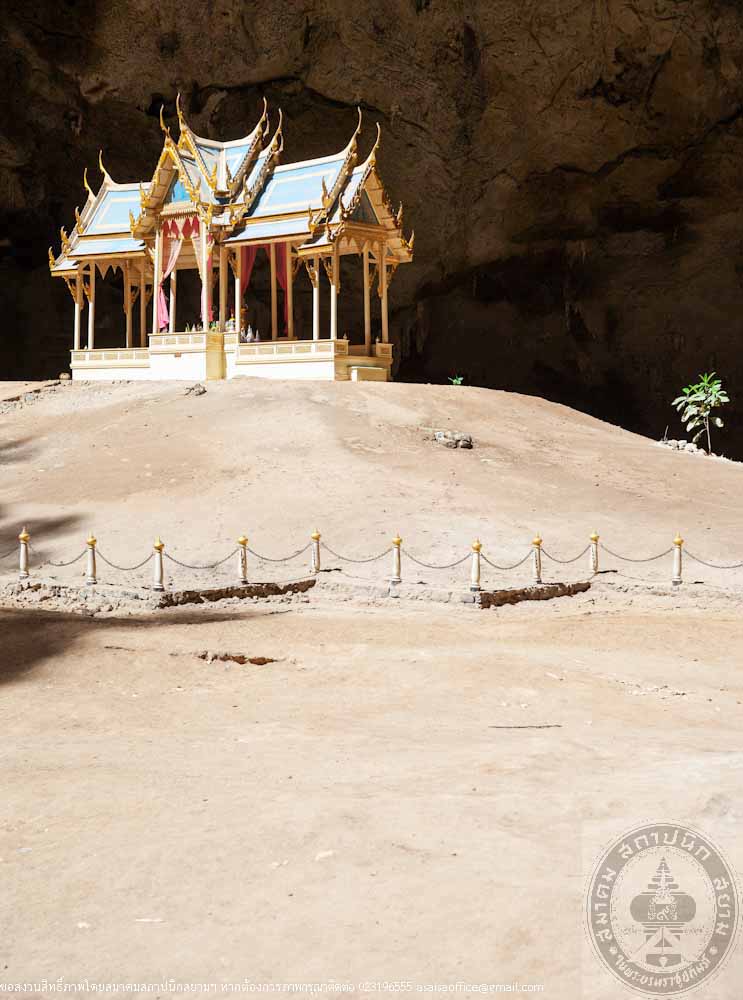
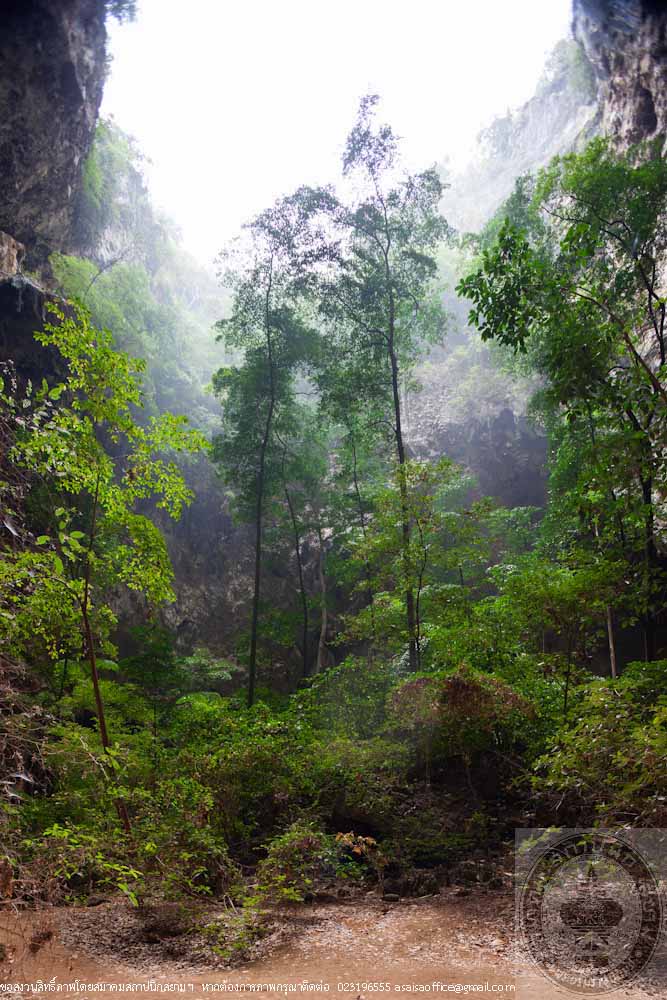
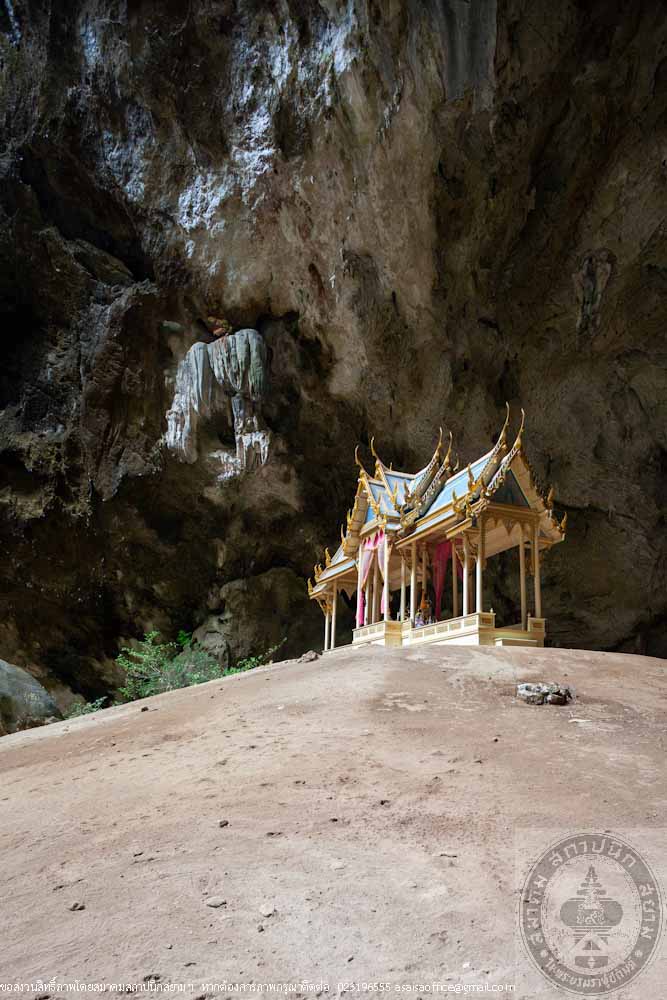
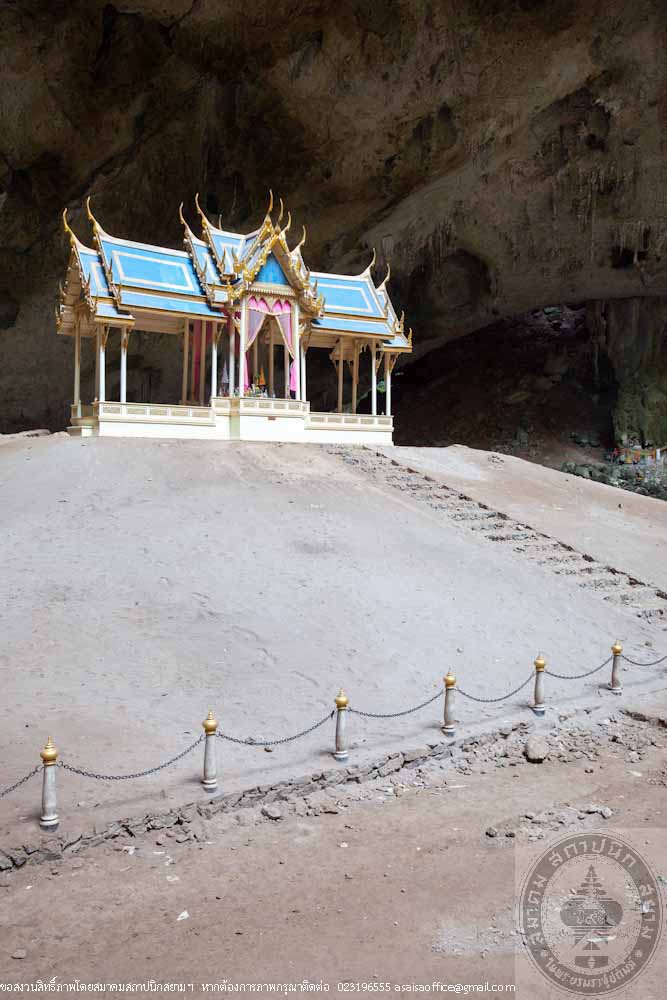
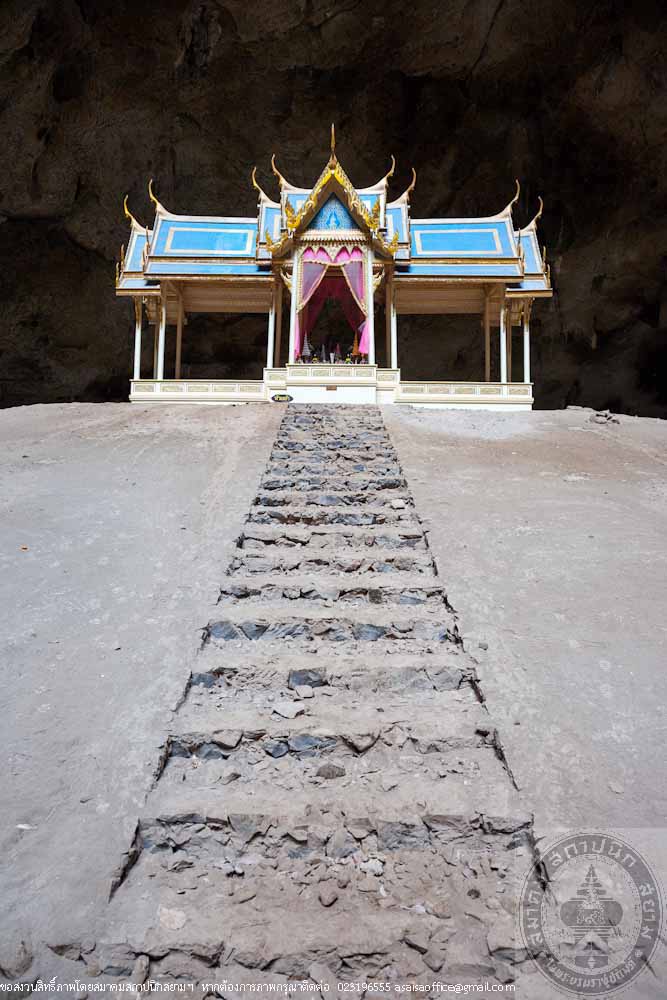
อาคารศูนย์ประสานงานพิพิธภัณฑ์มีชีวิตเมืองแม่ฮ่องสอน
อ่านเพิ่มเติม
อาคารศูนย์ประสานงานพิพิธภัณฑ์มีชีวิตเมืองแม่ฮ่องสอน
- ที่ตั้ง เลขที่ 27 ถนนสิงหนาทบำรุง ตำบลจองคำ อำเภอเมือง จังหวัดแม่ฮ่องสอน
- สถาปนิก/ผู้ออกแบบ ไม่ปรากฏหลักฐานผู้ออกแบบ
- สถาปนิกผู้บูรณะ: นายประกิจ คำภิไหล
- ผู้ครอบครอง กรมธนารักษ์ ดูแลโดยเทศบาลเมืองแม่ฮ่องสอน
- ปีที่สร้าง พ.ศ. 2497
ประวัติ
อาคารศูนย์ประสานงานพิพิธภัณฑ์มีชีวิตเมืองแม่ฮ่องสอน เดิมเป็นบ้านของแม่เฒ่าจองโอ่งและสามี หลังจากที่สามีเสียชีวิต แม่เฒ่าจองโอ่งได้ขายบ้านหลังนี้ให้กับครูฤทธิ์ ซึ่งเป็นอาจารย์ใหญ่โรงเรียนบ้านจองคำได้พักอาศัยและเป็นที่ขายกาแฟในตอนเช้าของทุกวัน หลังจากนั้นป้าแก้วได้ซื้ออาคารหลังนี้เพื่อใช้เป็นที่ขนส่งสินค้า ต่อมาในปี พ.ศ. 2520 องค์การรับส่งสินค้าและพัสดุภัณฑ์ (ร.ส.พ.) ได้ซื้ออาคารหลังนี้เพื่อใช้เป็นที่ทำการจนถึงปี พ.ศ. 2548 องค์การรับส่งสินค้าและพัสดุภัณฑ์ได้ปิดตัวลง หลังจากนั้นกรมธนารักษ์จึงเข้ามาดูแล ต่อมาในปี พ.ศ. 2552 เทศบาลเมืองแม่ฮ่องสอน โดยนายยกเทศมนตรีสุเทพ นุชทรวง ในขณะนั้น ได้ดำเนินการปรับปรุงอาคารหลังนี้เพื่อใช้เป็นพิพิธภัณฑ์มีชีวิตเมืองแม่ฮ่องสอน โดยการดำเนินการปรับปรุงอาคารได้รักษารูปแบบทางสถาปัตยกรรมดั้งเดิมของอาคารไว้
อาคารศูนย์ประสานงานพิพิธภัณฑ์มีชีวิตเมืองแม่ฮ่องสอน เป็นอาคารไม้ 2 ชั้น ชั้นล่างเป็นส่วนแสดงนิทรรศการหมุนเวียน ห้องฉายสื่อแนะนำการท่องเที่ยวเมืองแม่ฮ่องสอนและบริเวณใกล้เคียง ด้านหลังเป็นส่วนบริการสาธารณะ บันไดทางขึ้นอาคารชั้น 2 อยู่บริเวณกลางอาคาร พื้นที่ชั้น 2 ประกอบด้วย ห้องโถง ห้องแสดงงานถาวร ระเบียงด้านหน้าและด้านข้างอาคาร โครงสร้างพื้นชั้น 1 เป็นคอนกรีตเสริมเหล็กขัดมันผสมสีเขียว ส่วนโครงสร้างพื้นและวัสดุปูพื้นชั้น 2 เป็นไม้ ผนังอาคารเป็นโครงเคร่าไม้บุด้วยไม้ตีซ้อนเกล็ด หลังคาโครงสร้างไม้เดิมเสริมความแข็งแรงบางส่วน มุงด้วยกระเบื้องลอนคู่ หน้าต่างเป็นบานลูกฟักไม้ ประตูทางเข้าด้านหน้าอาคารเป็นประตูเป็นบานเฟี้ยมเดิม เหนือประตูเป็นช่องระบายอากาศ ลักษณะทางสถาปัตยกรรมเป็นการผสมผสานระหว่างสถาปัตยกรรมไทยใหญ่และตะวันตกที่มีความเรียบง่าย สวยงาม นอกจากได้ปรับปรุงอาคารแล้ว ยังมีการปรับปรุงบ่อน้ำเดิมและพื้นที่ว่างด้านข้างอาคารให้เป็นลานกิจกรรมอีกด้วย
อาคารศูนย์ประสานงานพิพิธภัณฑ์มีชีวิตเมืองแม่ฮ่องสอน แสดงให้เห็นถึงแนวคิดของผู้ที่มีส่วนเกี่ยวข้องในการปรับปรุงฟื้นฟูอาคารไม้ที่มีลักษณะทางสถาปัตยกรรมที่สวยงาม โดยคงรูปแบบดั้งเดิมของอาคารไว้ได้ และสามารถปรับเปลี่ยนการใช้สอยภายในใหม่ โดยไม่ต้องมีการเปลี่ยนแปลงของโครงสร้างมากนัก ถือว่าเป็นการช่วยรักษามรดกทางประวัติศาสตร์ และสถาปัตยกรรมที่มีคุณค่าของเมืองแม่ฮ่องสอน
Mae Hong Son Living Museum Coordination Center
- Location 27 Singhanat Bamrung Rd., Jong Kham, Muang Mae Hong Son
- Architect/ Designer Designer is unknown
- Restoration architect: Prakit Kampilai
- Owner Department of Treasury. Maintained by the municipality of Mae Hong Son
- Year Built 1954
History
The building that houses the Coordination Center of Mae Hong Son Living Museum was formerly the home of Mae Tao Chong Ong and her husband. After her husband passed away, Mae Tao Chong Ong sold this house to Khu Rit, headmaster of Baan Chong Kham School, who lived there and sold coffee out of his house in the morning. The house was later sold to Pa Kaew who converted the building into a warehouse. In 1977, Express Transportation Organization purchased the building and used it as an office until it shut down in 2005. Department of Treasury then took over the building in 2009. The municipality of Mae Hong Son under the management of Suthep chompoonuch, the Municipal Council at the time renovated the building into Mae Hong Son Living Museum whereas the building original architecture was preserved.
The Coordination Center for Mae Hong Son Living Museum is a two story wood building. The ground floor is a rotating exhibition area and a projection room that display information on Mae Hong Son tourist attractions and nearby area. Public service in rear. Stairs leading up to second floor located in the center of the building. Area on the second floor consists of the main hall, permanent exhibition room, front and side balcony. Reinforced concrete flooring on the ground floor, polished with green paint while the second floor is wood. The building sidings are wood panels overlaid. The roof remains in its original wooden structure with supports in some parts and covered with roman tiles. Patterned window pane. Original accordion wood doors in the front of the building with over the door vent. A mix of Thai Yai and western architectural style which is simple but charming. Besides restoring the building, the original pond and an open space on the side of the house had also gone through some adjustment and turned into an activity court.
The Coordination Center building of Mae Hong Son Living Museum demonstrated the concept of everyone involved in the restoring of a wooden house with beautiful architectural style by preserving the original structure of the building with an ability to modify the building interior without making too much adjustment on the building structure. This is therefore another project that help preserve historical and architectural heritage of Mae Hong Son.
